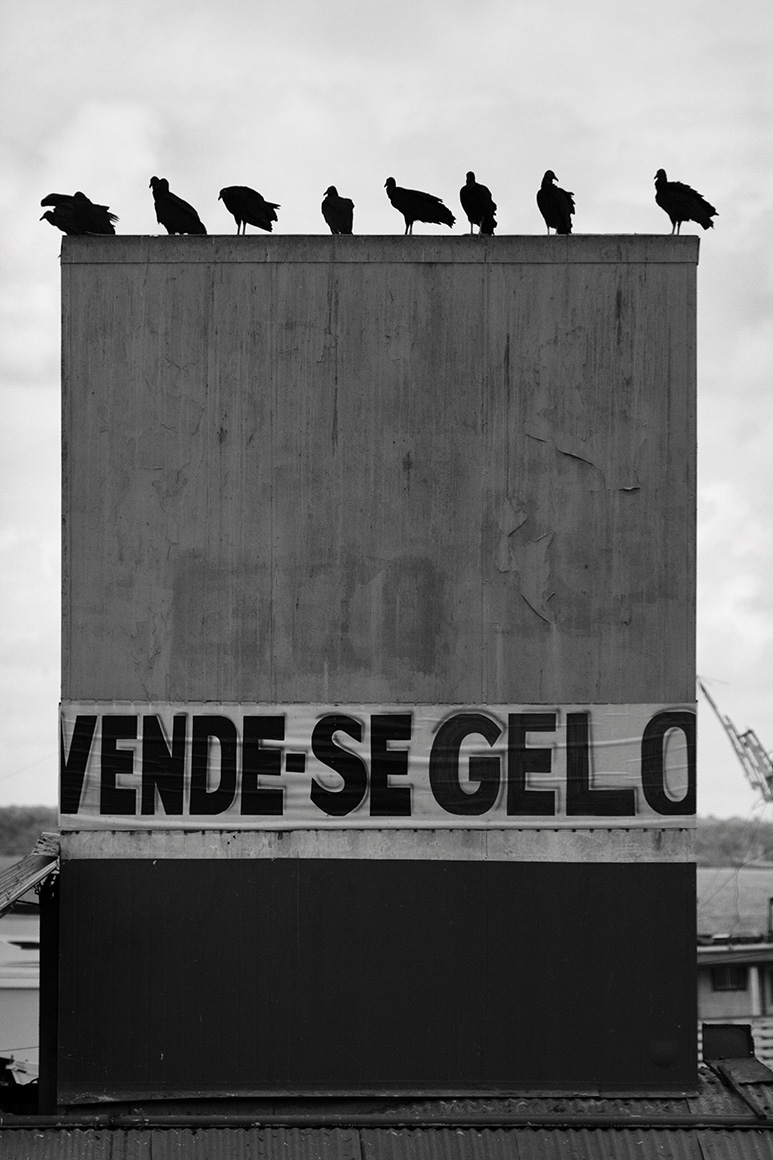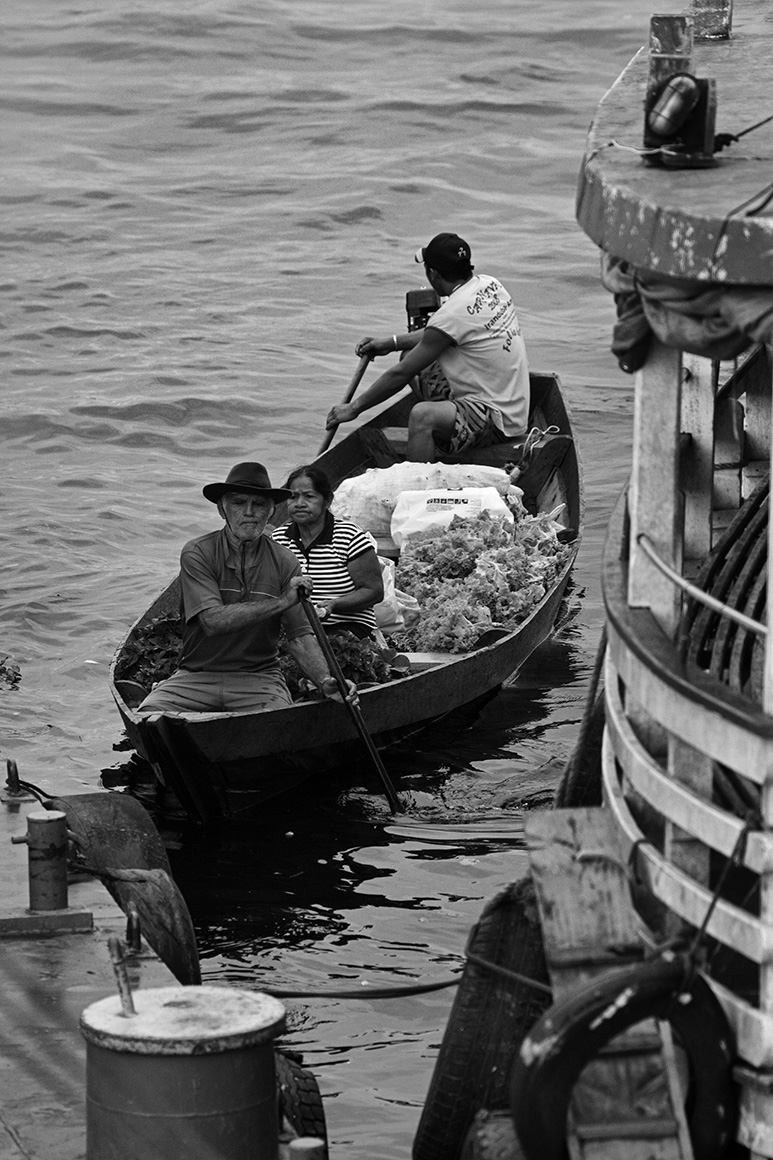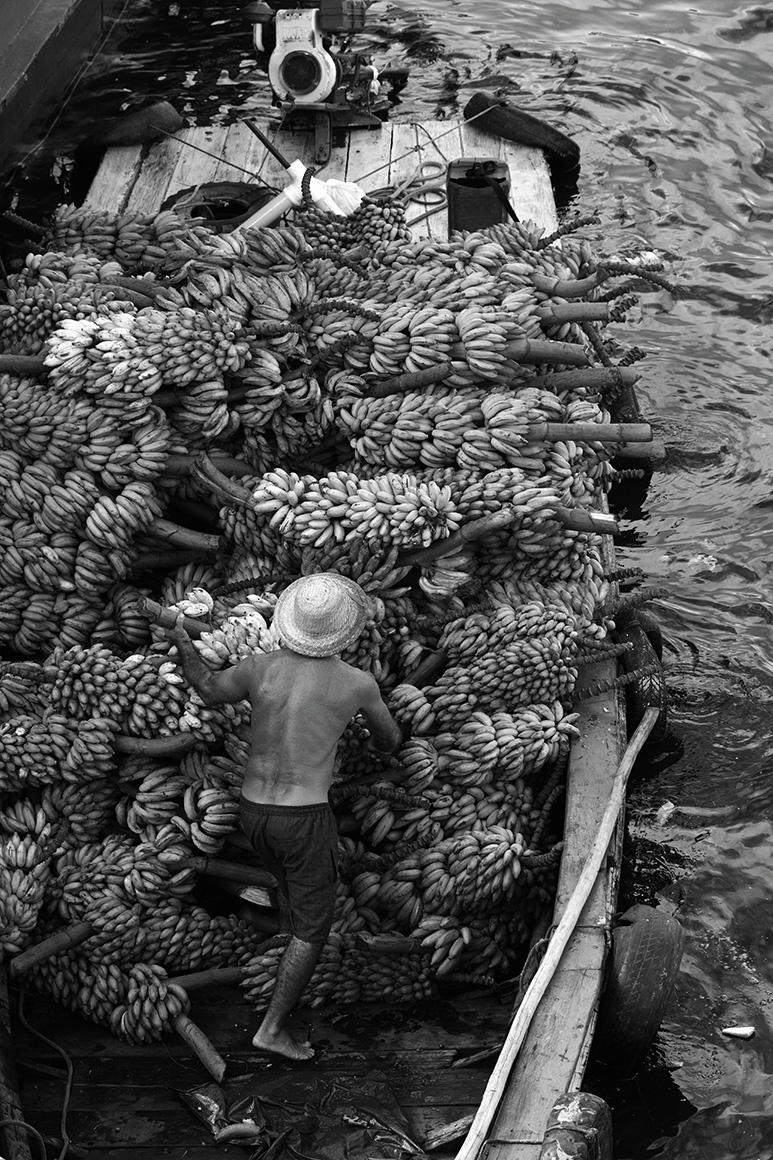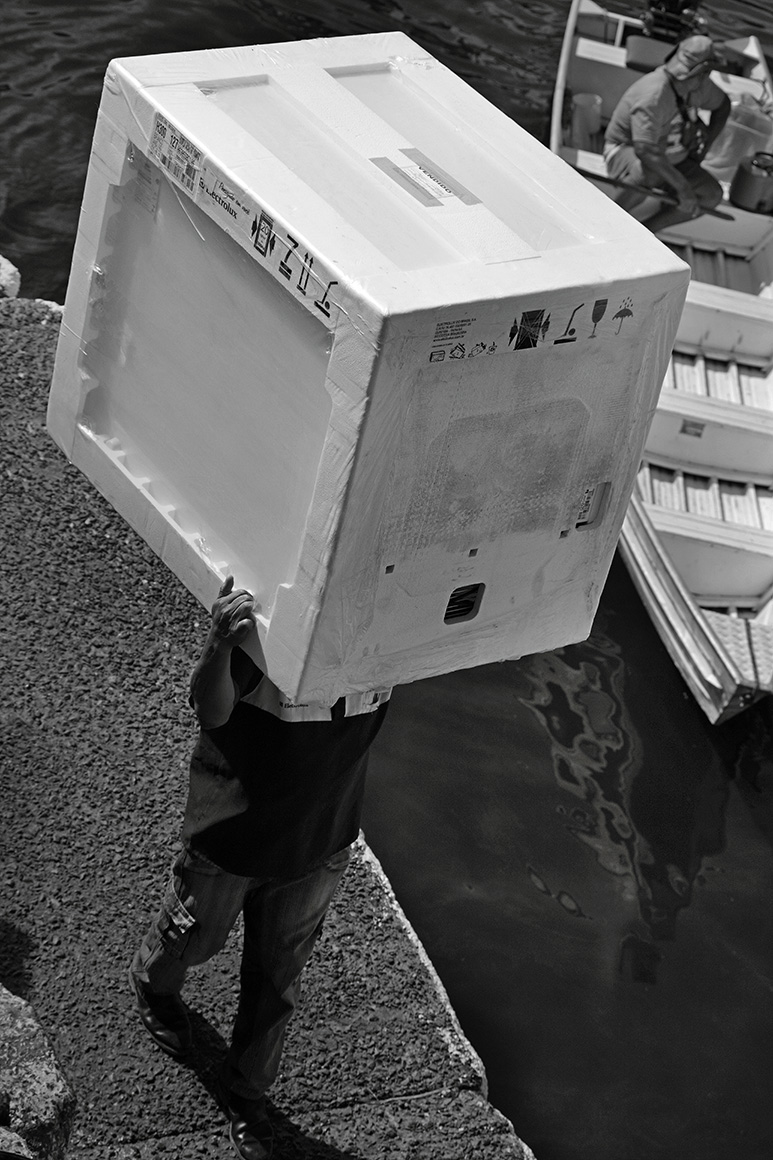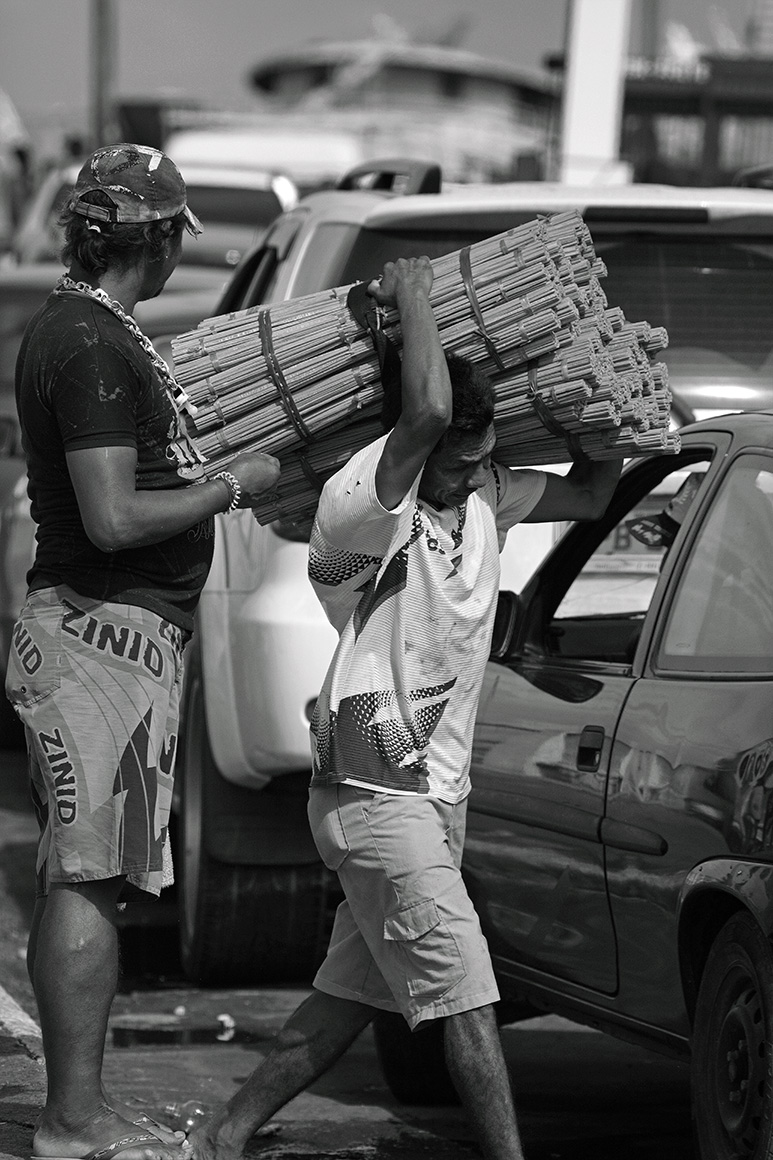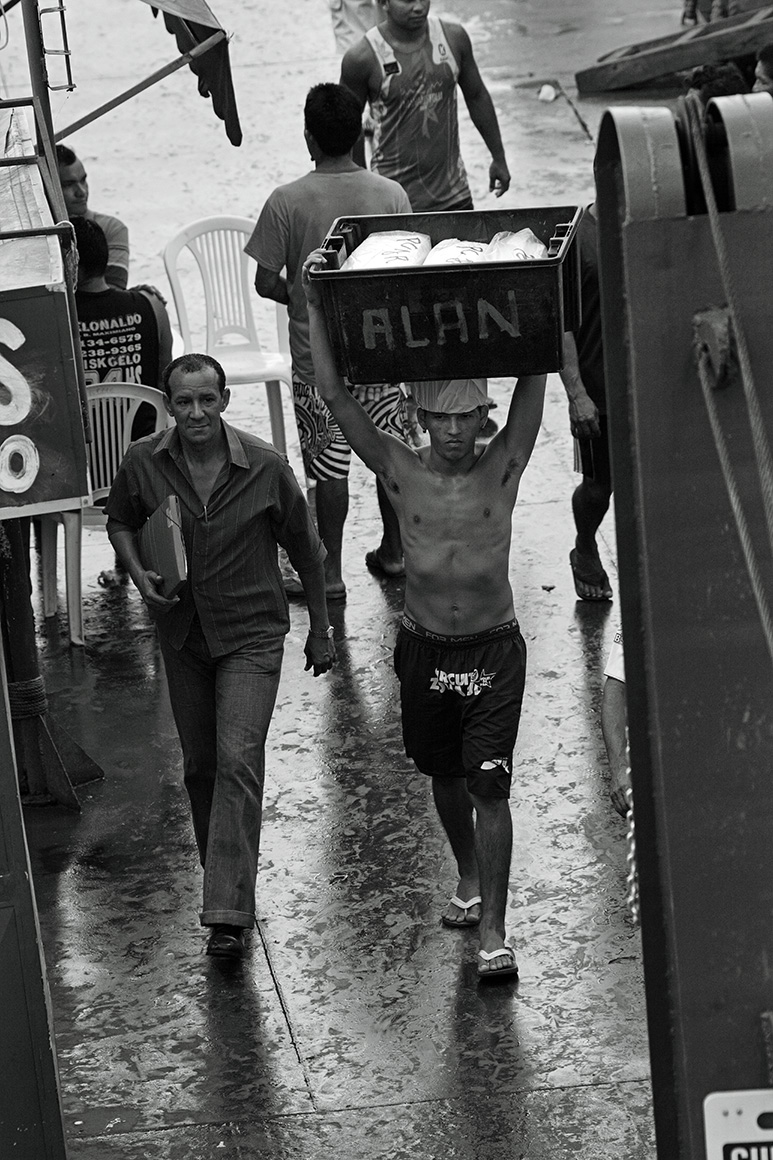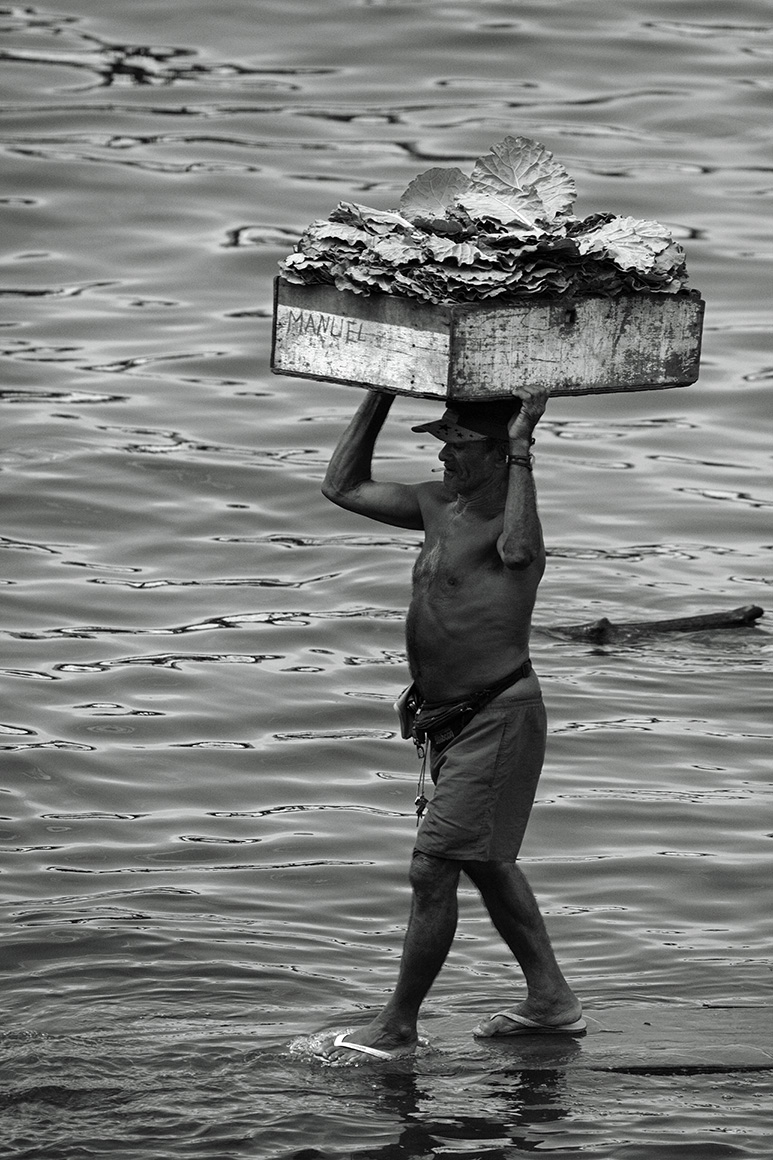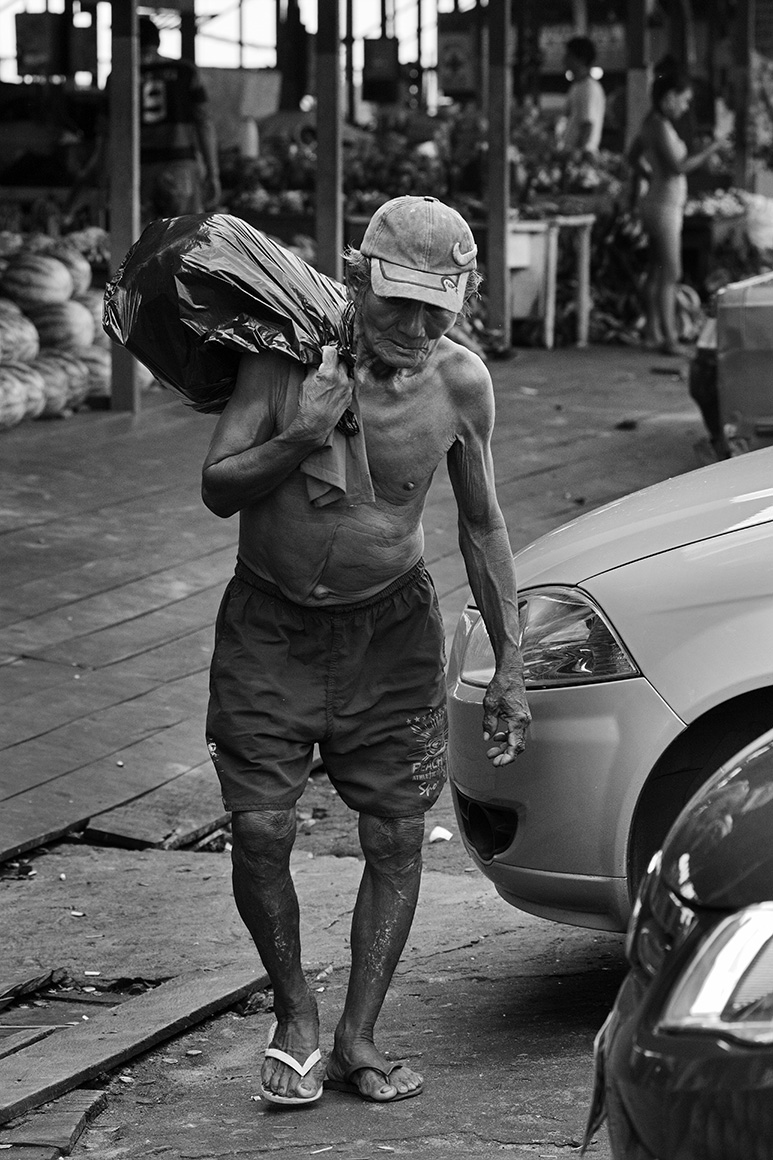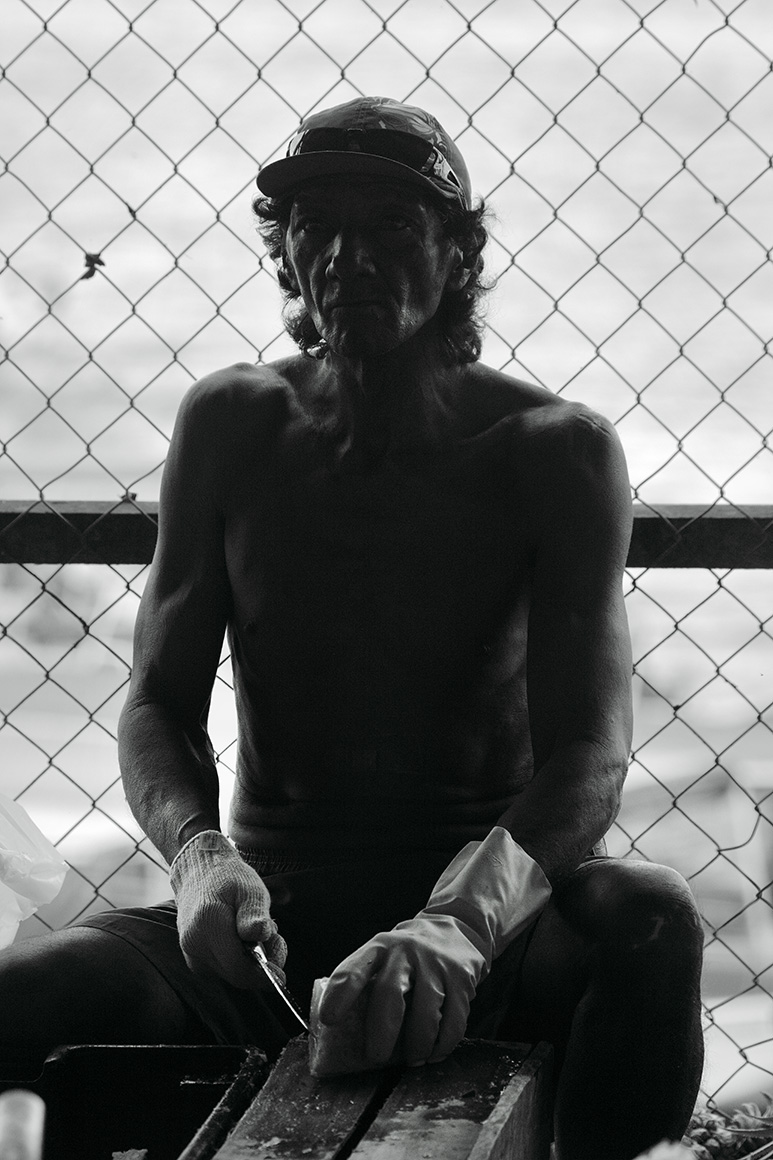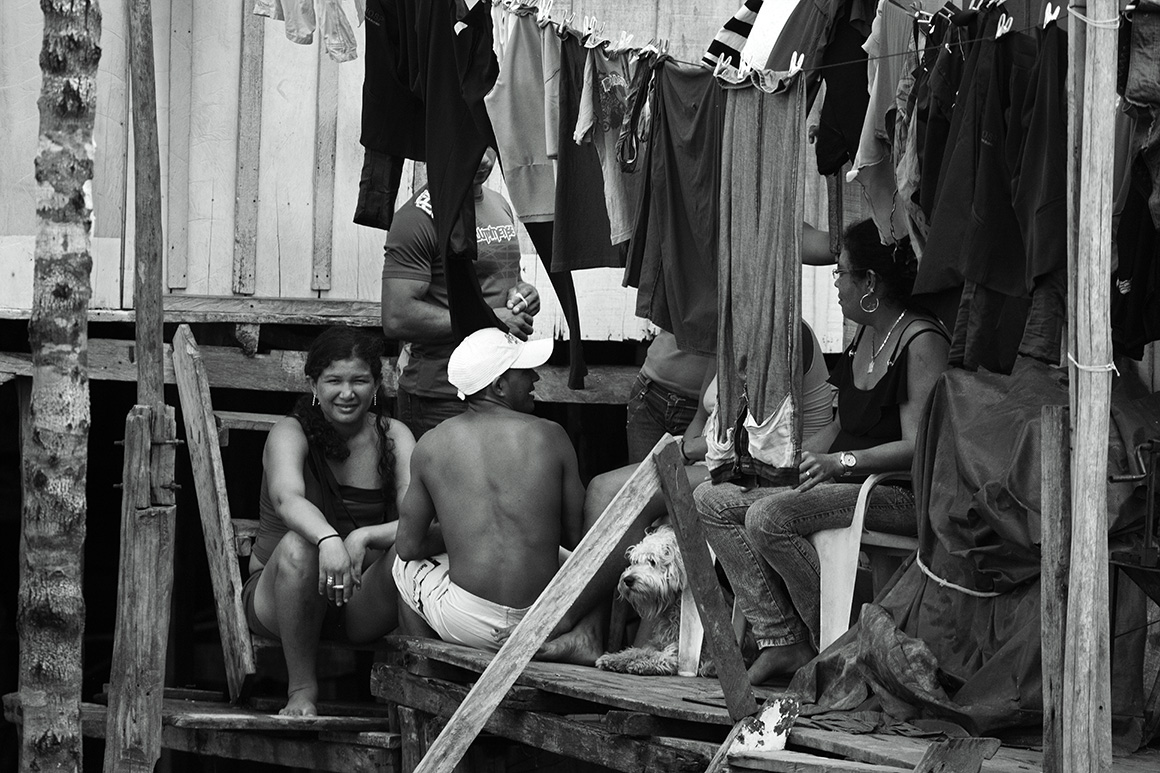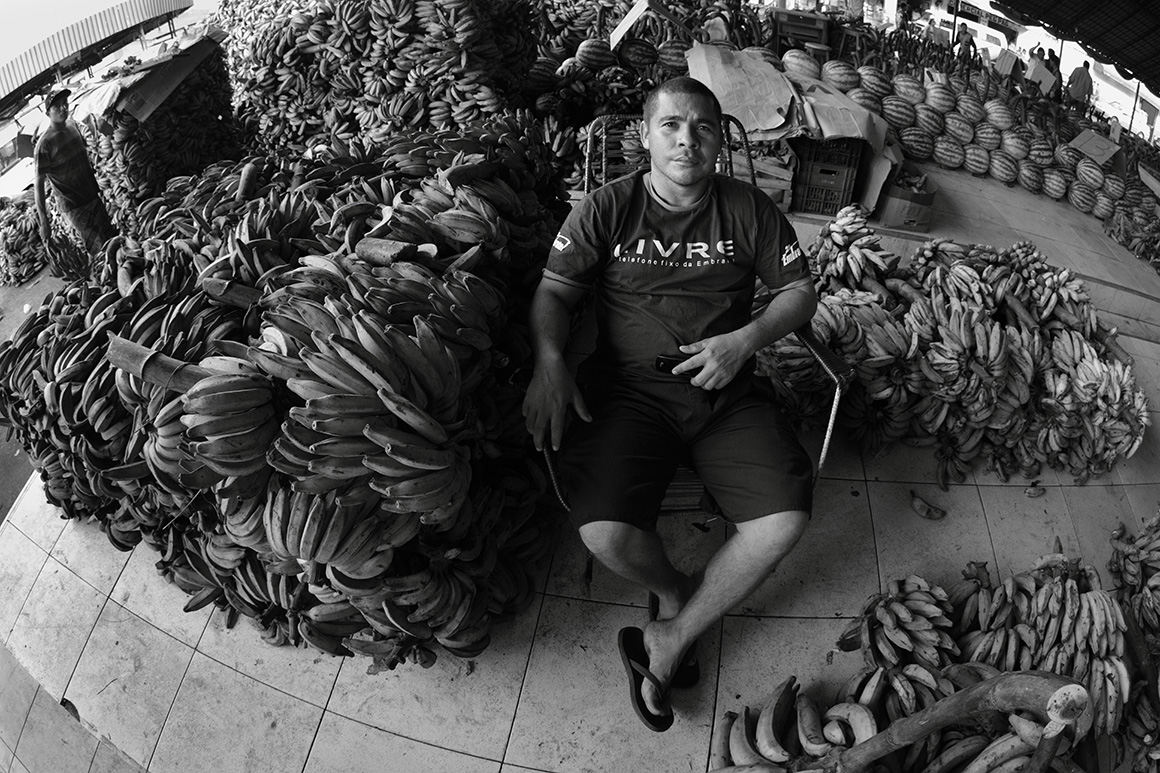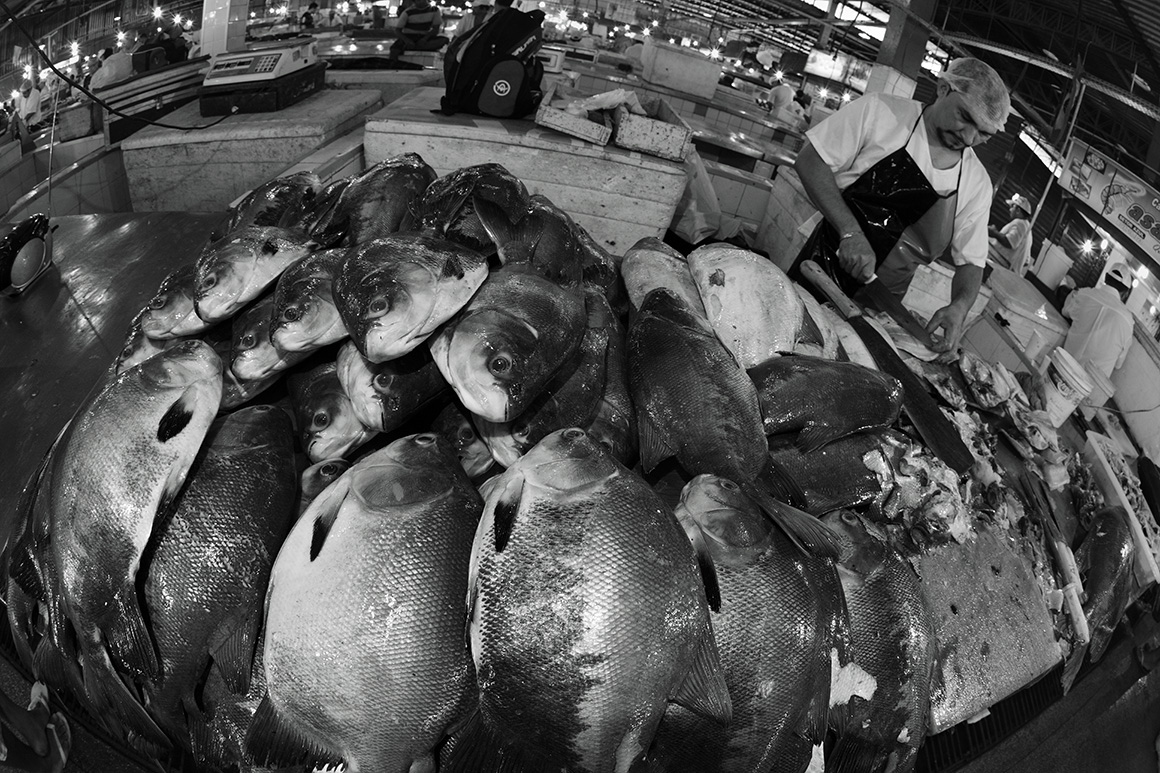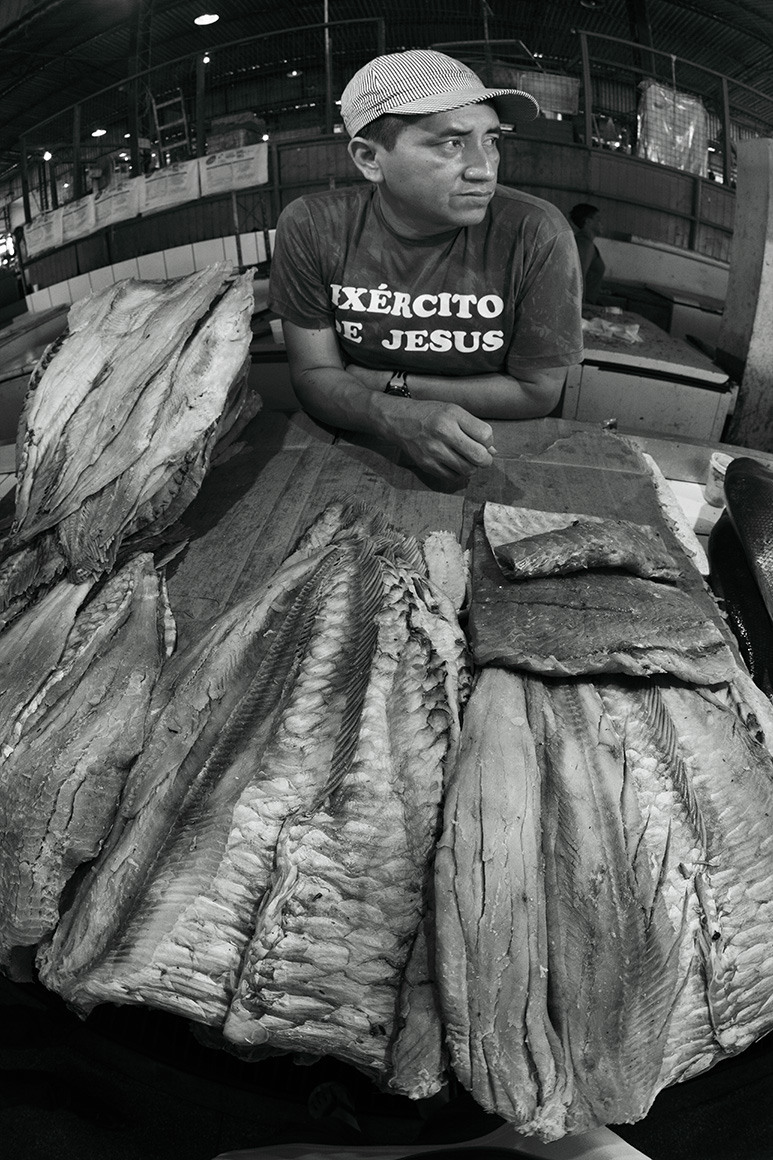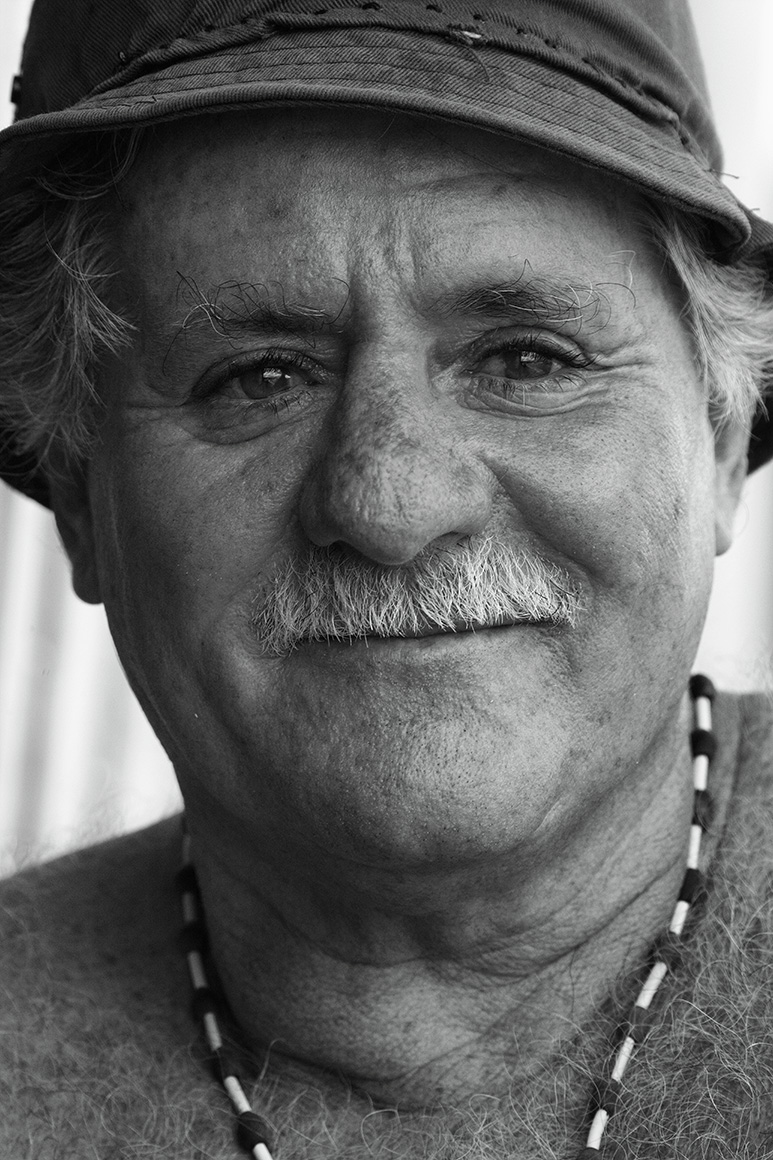August 2011, Xi’an Art Gallery
The film culture exhibition of Encantos da Cultura
presents and project BOA Center Limited support Embaixada da República Popular da China no Brasíl, Consulado Geral da República Popular da China em São Paulo planner RevistaRECURSO co-patrocinado Folk Literature and Art Center of Ministry of Culture of the PRC, China Documentary Research Center, Shaanxi Normal University General Punishing House Co., Ltd.
In 2000, Chinese photographer Yanjun Zhang and his wife, as both planners and executants, equipped with the most advanced digital photography collector and outdoor equipment, and driving jeep SUV modified by CHRYSLER Motor Corporation, Brazil- made Chevrolet SUV and Ford supply truck, began their unprecedented photography project to create the documentary film Charm of Culture in Brazil. They started from Sao Paulo, “the melting pot of world’s immigrants” to Cananéia, the firstly-named Brazilian city. Along the line traveled by gold washers, through Florianópolis, the famous coastal city of South America and the “German Town” Blumenau, they reached Miranda, a city in the Pantanal swampland and entered Amazon River basin from Columba, the border city between Brazil and Bolivia. The whole project costs 10 years with a journey of 160,000km traveled, more than 200,000 pictures shot and 6,300 hours of documentary images with 83,000 Brazilian participants involved.
The exhibition concentrates on the cultural film Brazil-Poem of Love shot by the senior journalist and famous photographer Yanjun Zhang, and displays some typical pictures interpreted by digital technology, with a view to revealing the photographic charm of picture films in the form of static pictures.
First part: Amazon River
Amazon River was discovered by Vicente Yanez Pinson, an explorer, in 1500.
Since it was discovered, people have always attempted to know and conquer it and occupy its fortune.
The moving legendary tales of Amazon River conflicted with ruthless realities. Despite of cruel conducts of human beings here, the subtle revenge activities carried out by the Nature in Amazon River basin destroyed the dream to occupy Amazon River again and again.
At the beginning of the 20th century, the central government was concerned about the expansion forces in the western region, appointing Candido Rondon to involve in a breakthrough military task to blaze trails and lay telecommunication networks in the largest wetlands and primitive forests in the world. A lot of tribes lost the lives of their people to the malaria. However, Rondon gained his fame in the history by his eloquent speech of heartquake on the theme of forest and his escort of the former president Roosevelt in the expedition of the Amazon River, resulting in the establishment of the first Indian Shelter in 1910. The tough construction made the the forest and its Indian tribes more understandable to the world and Rondon also got the Nobel Peace Prize for the effective implementation of his ambitions.
The most remarkable land expedition along the Amazon River was made by the team under the co-leadership of the former US president Roosevelt, famous Brazilian adventurer and the senior Indian agency Candido-Rondon. Setting off from the north of Mato Grosso, they travelled all the way for 59 days, covering a distance of 1451 kilometers.
Obstacles block the way to the dream of Amazon as usual. The visitors with the consistent craving for fortune are still negotiating with the mysterious river now.
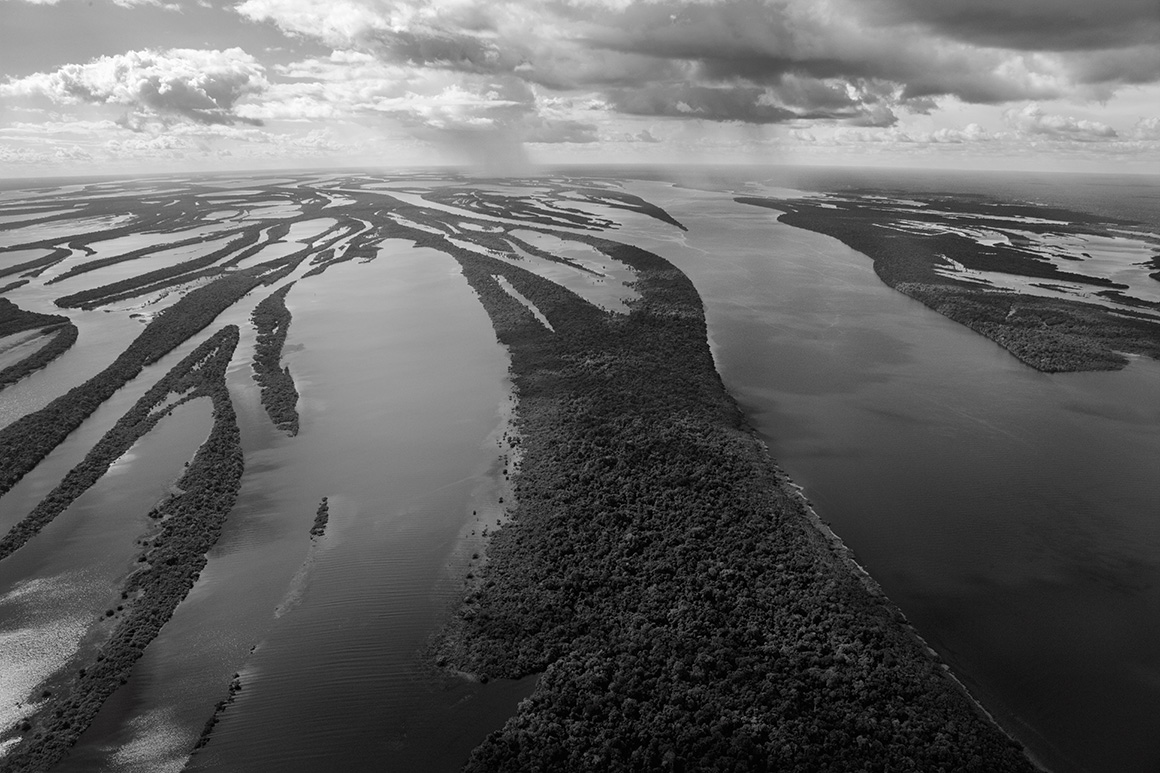



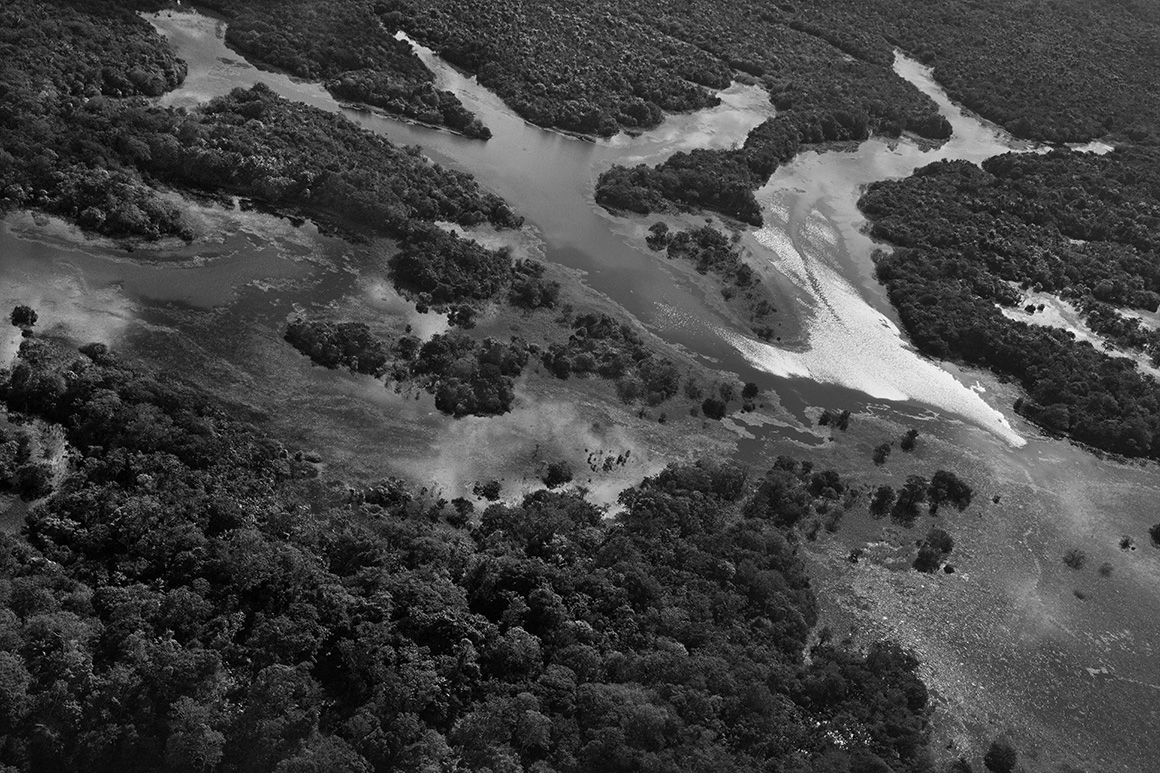

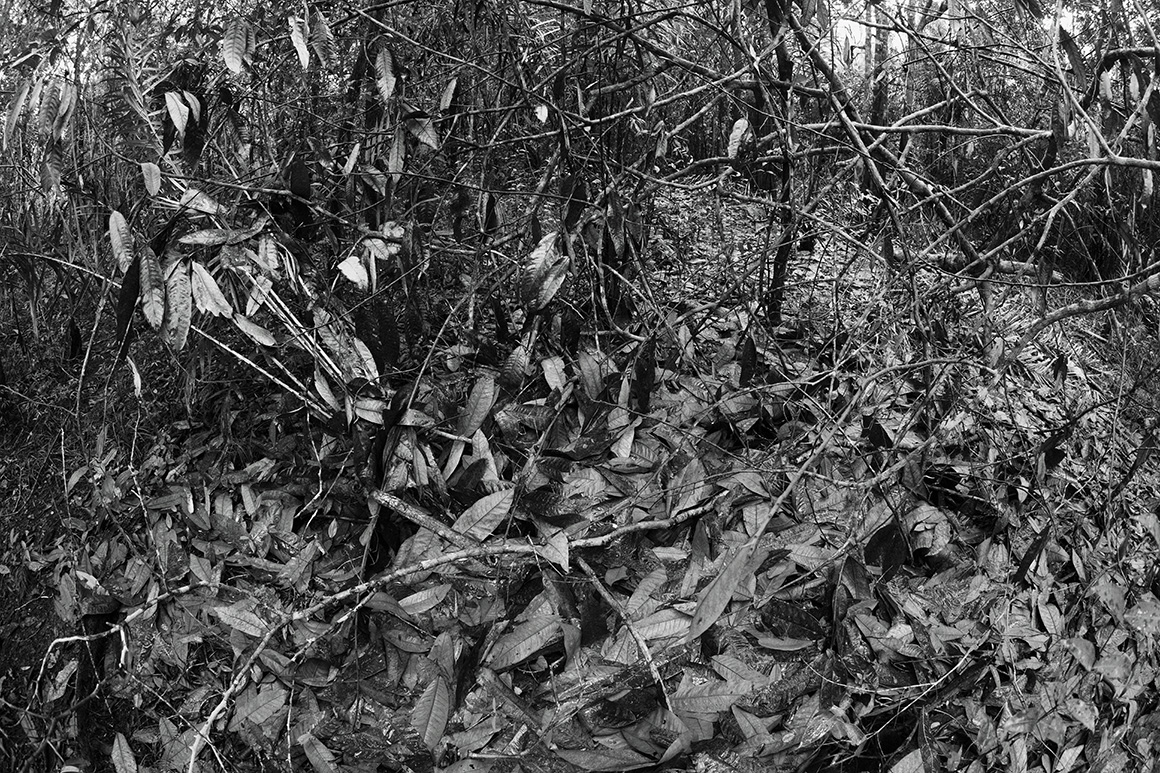
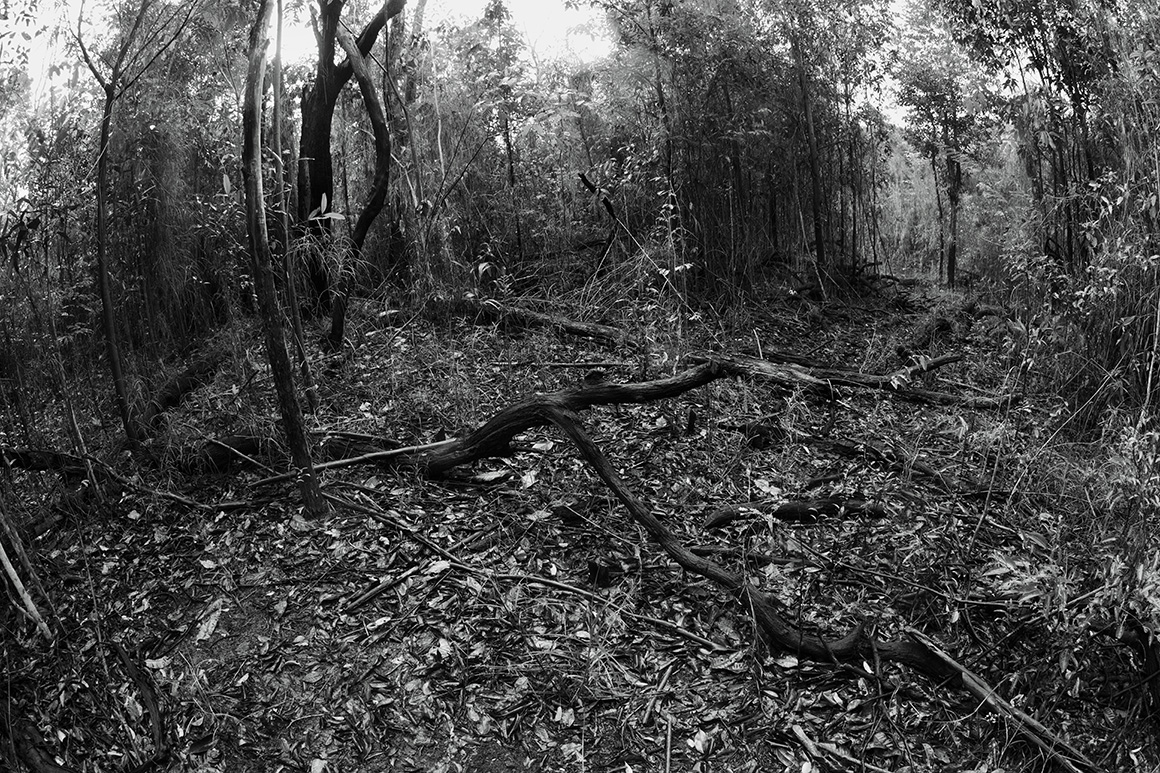

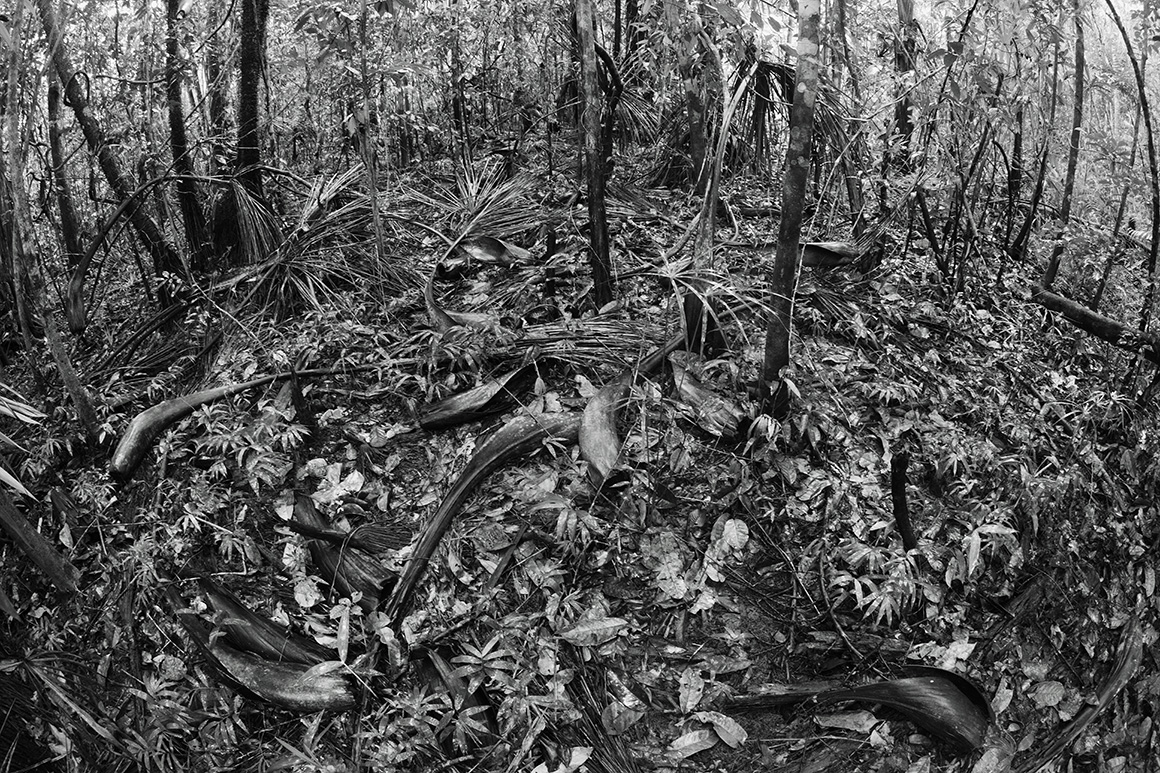
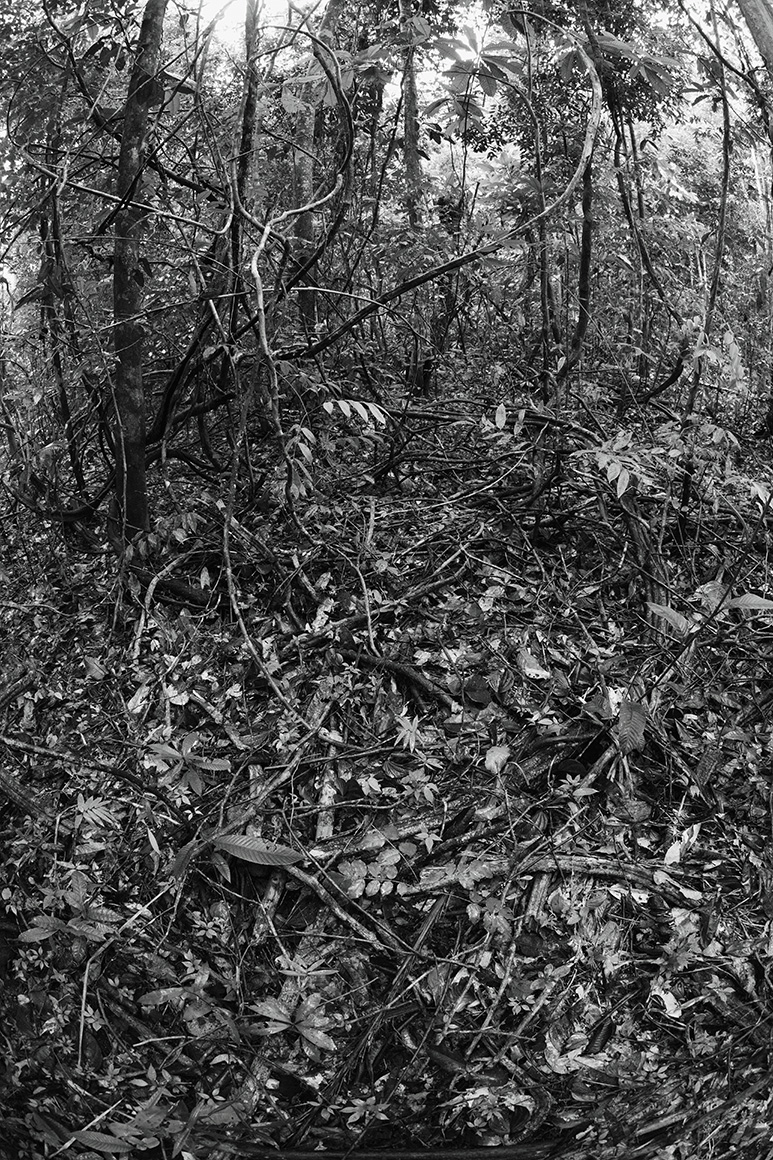
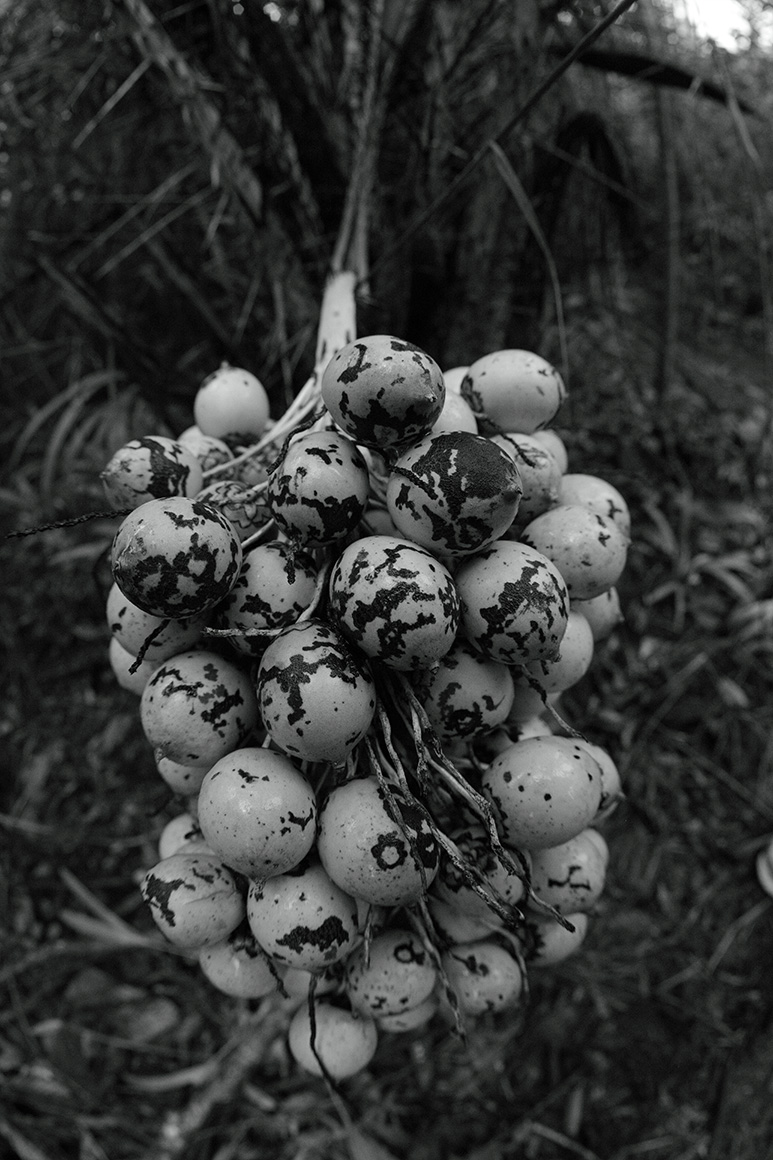
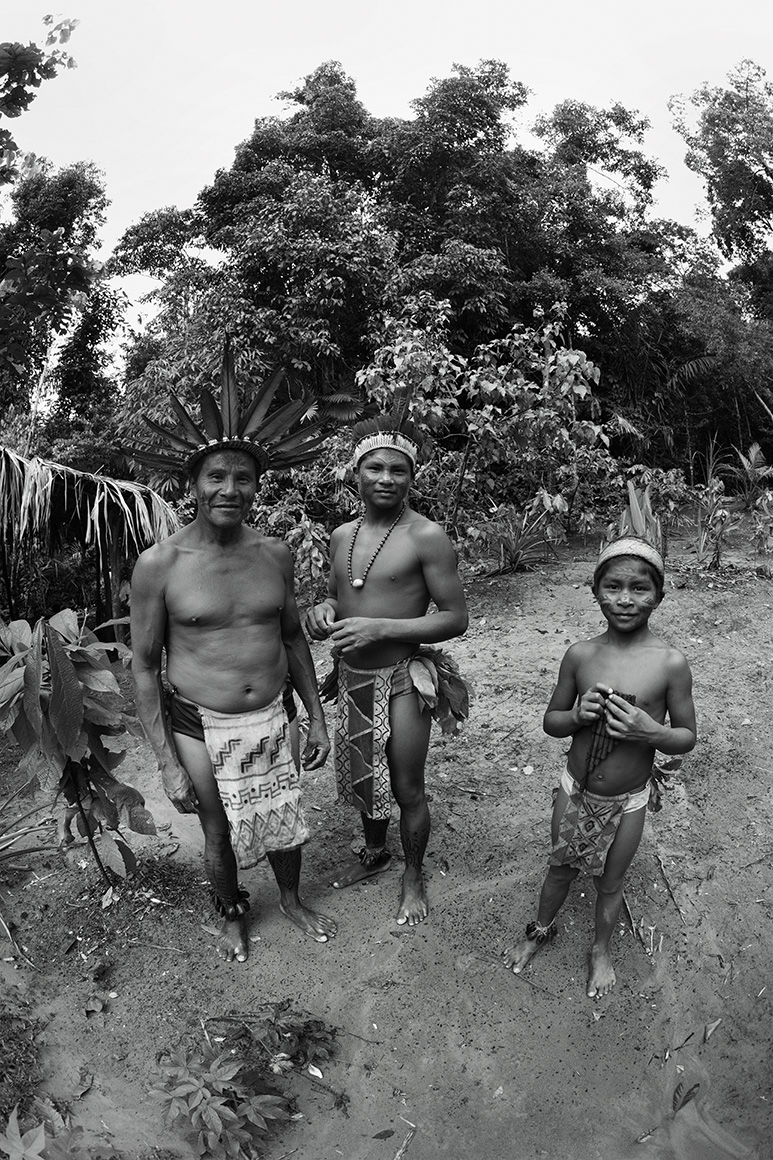
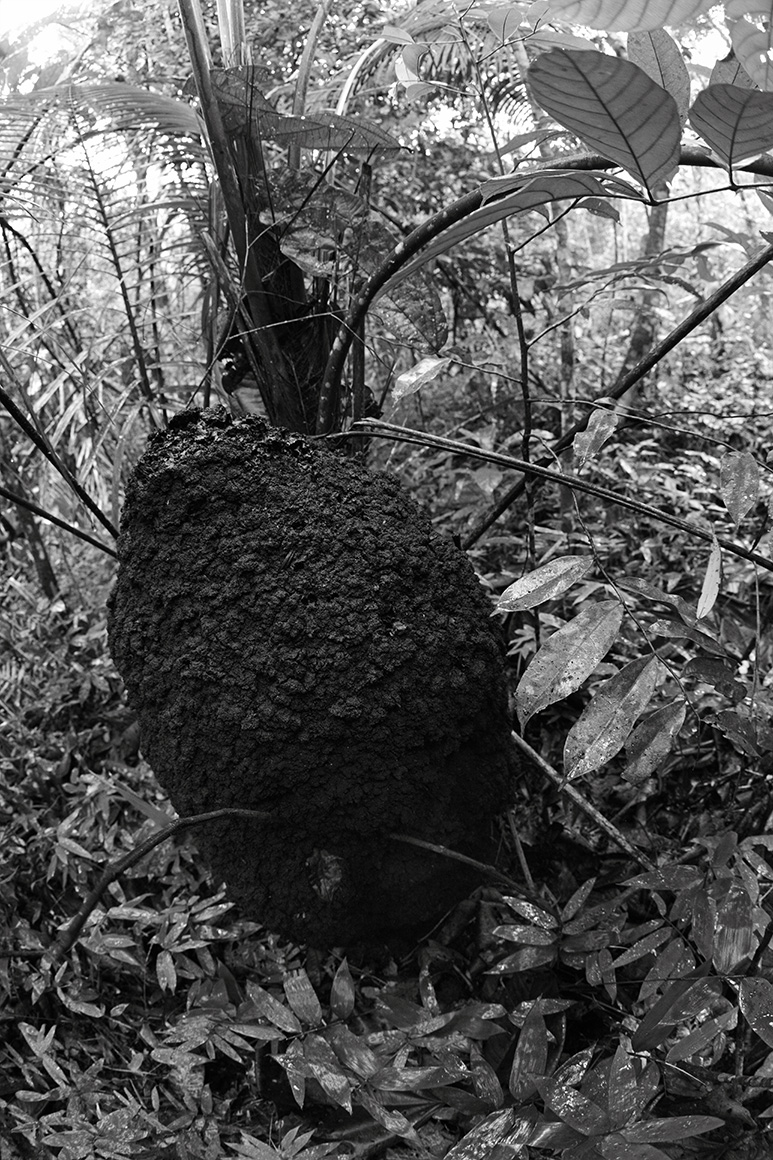
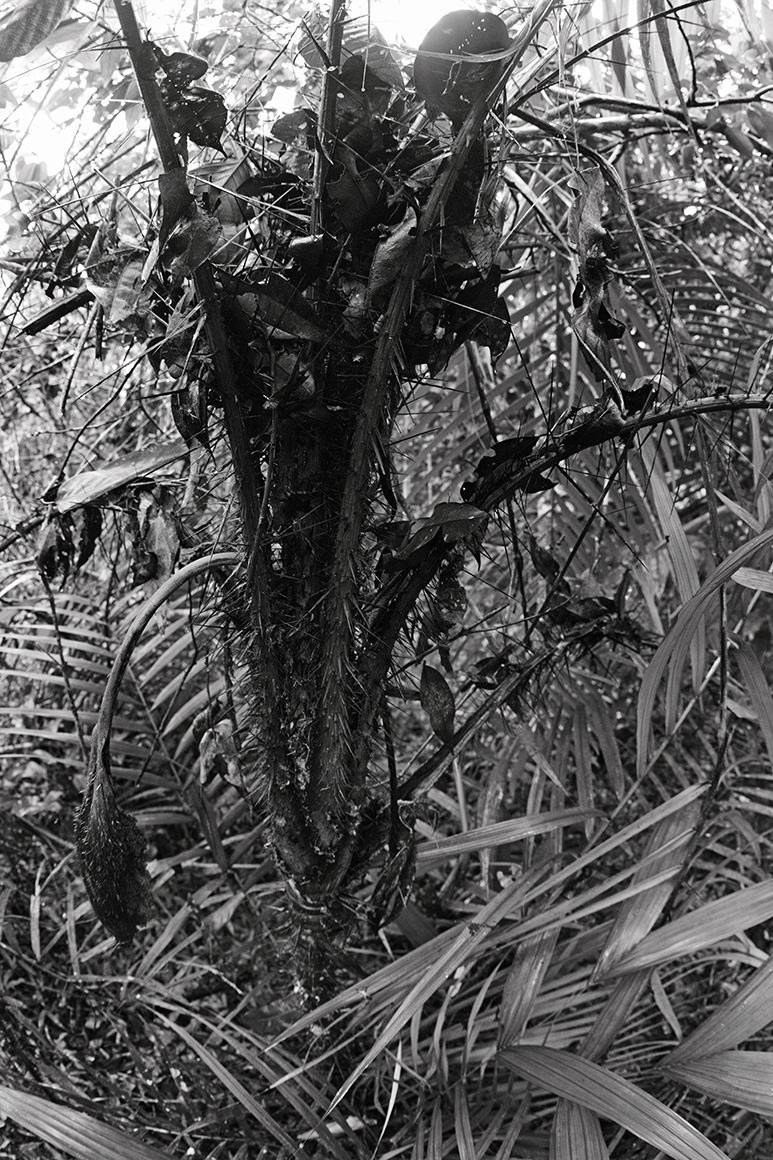


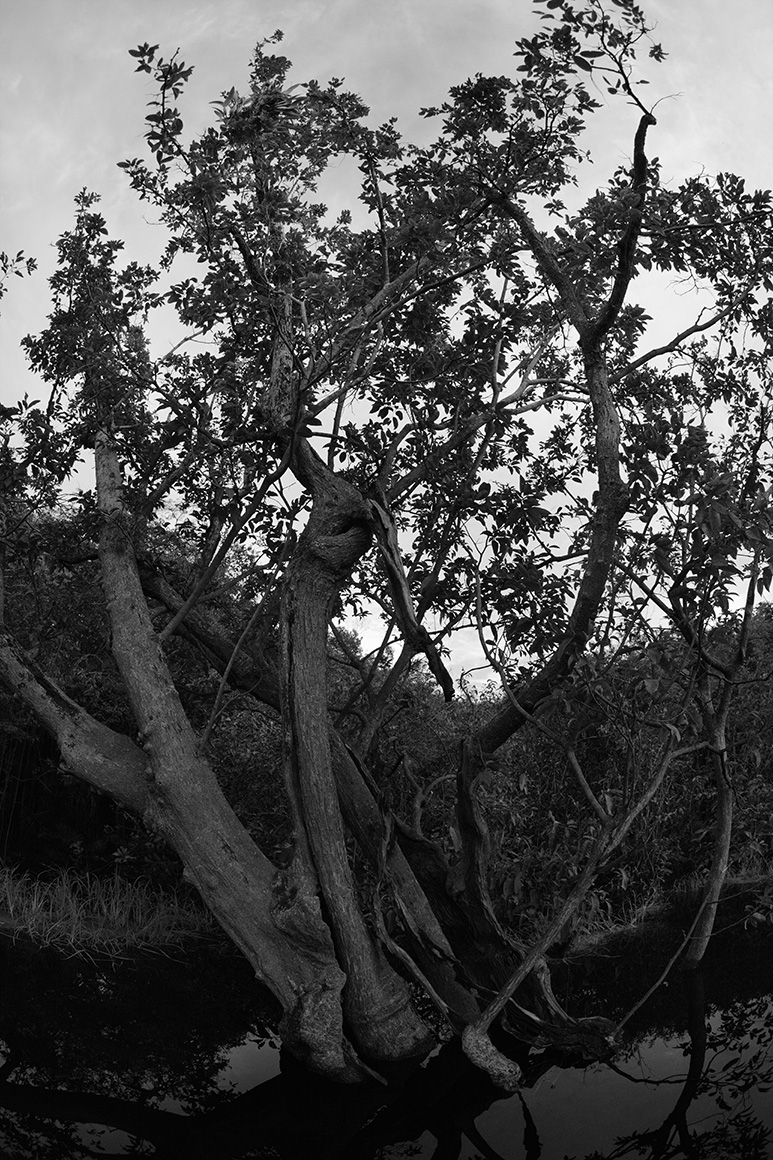
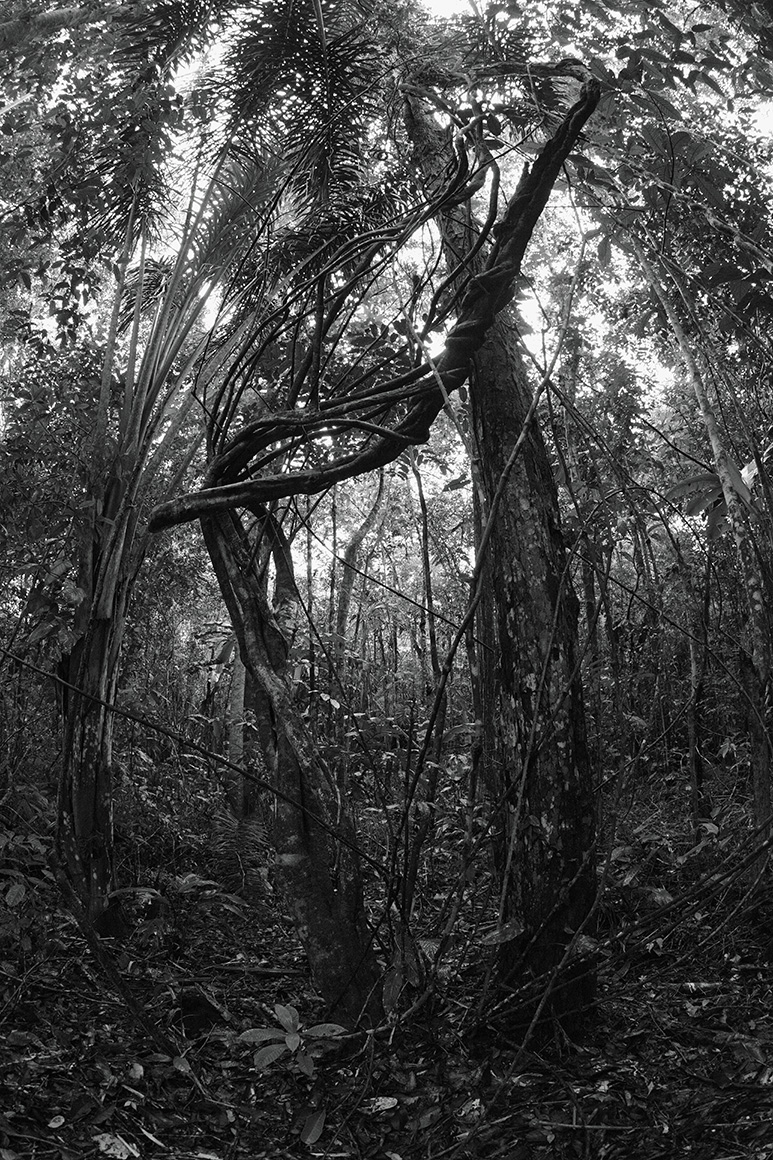

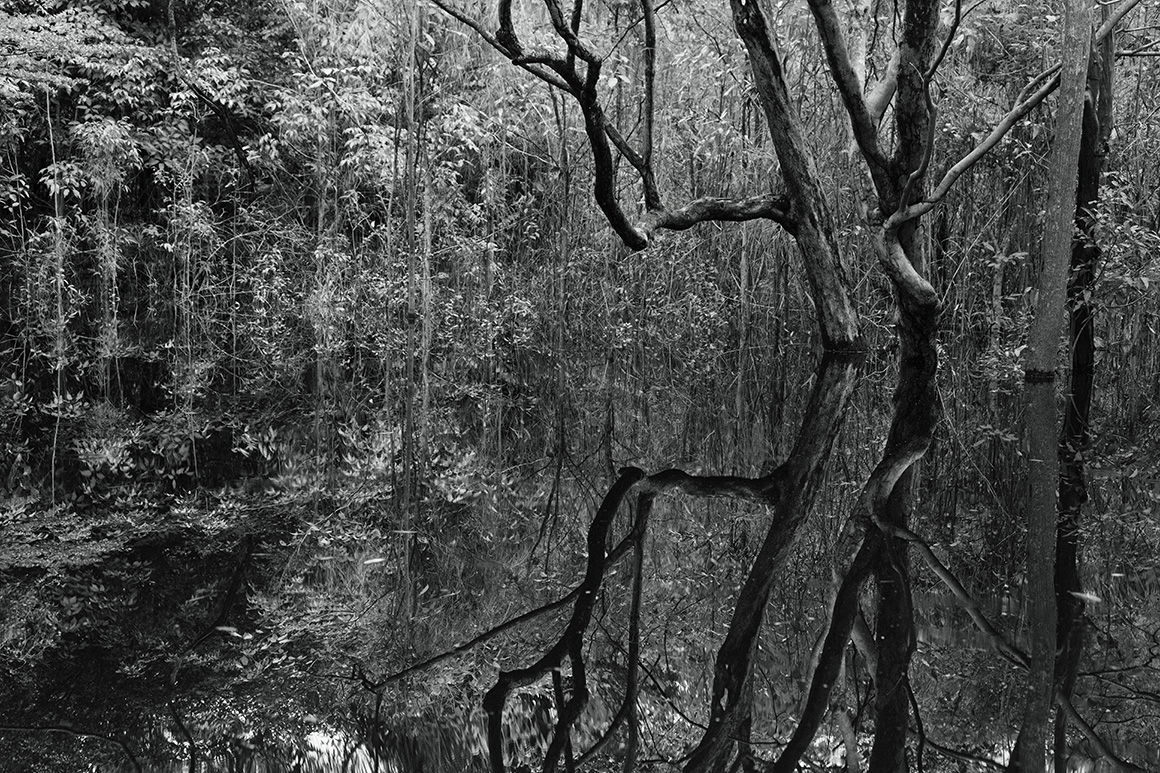
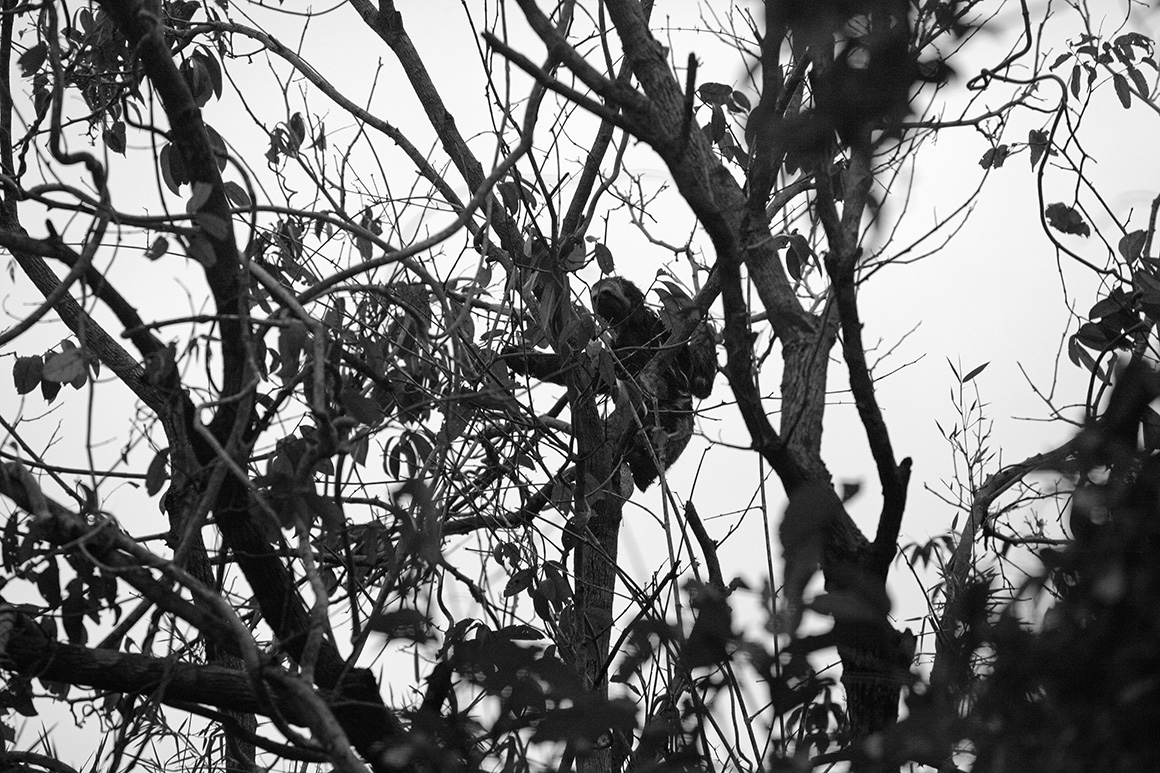
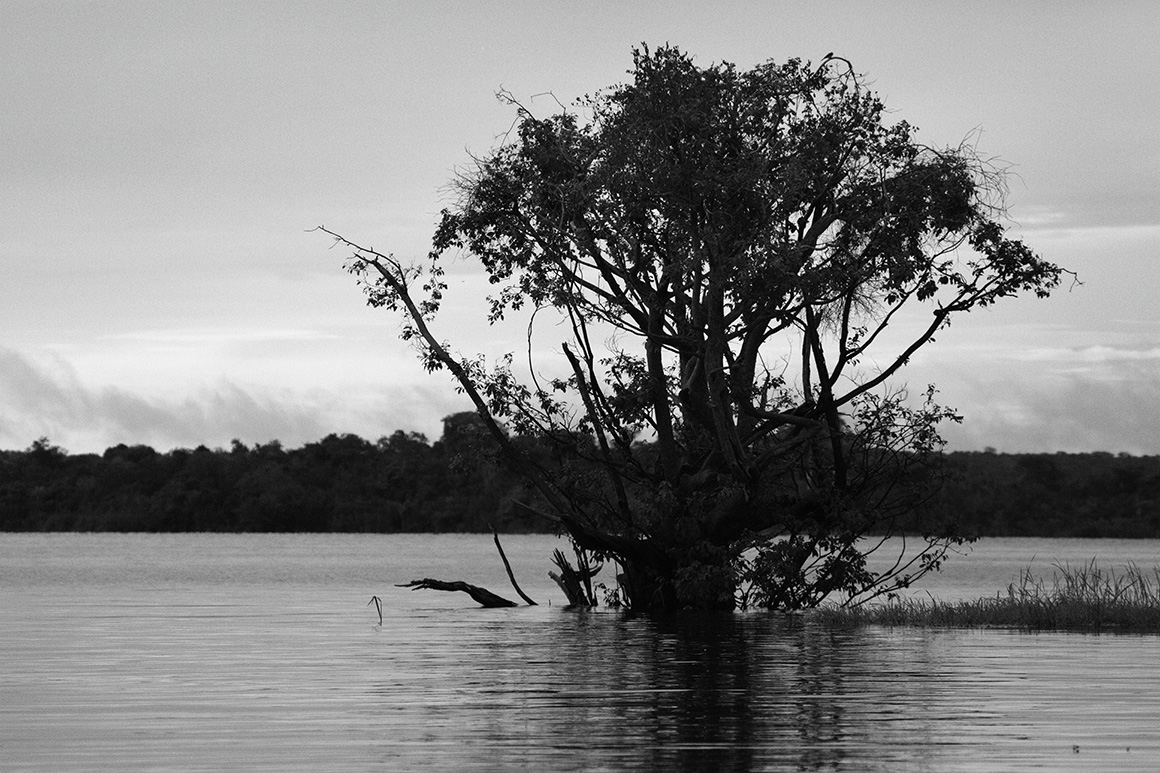


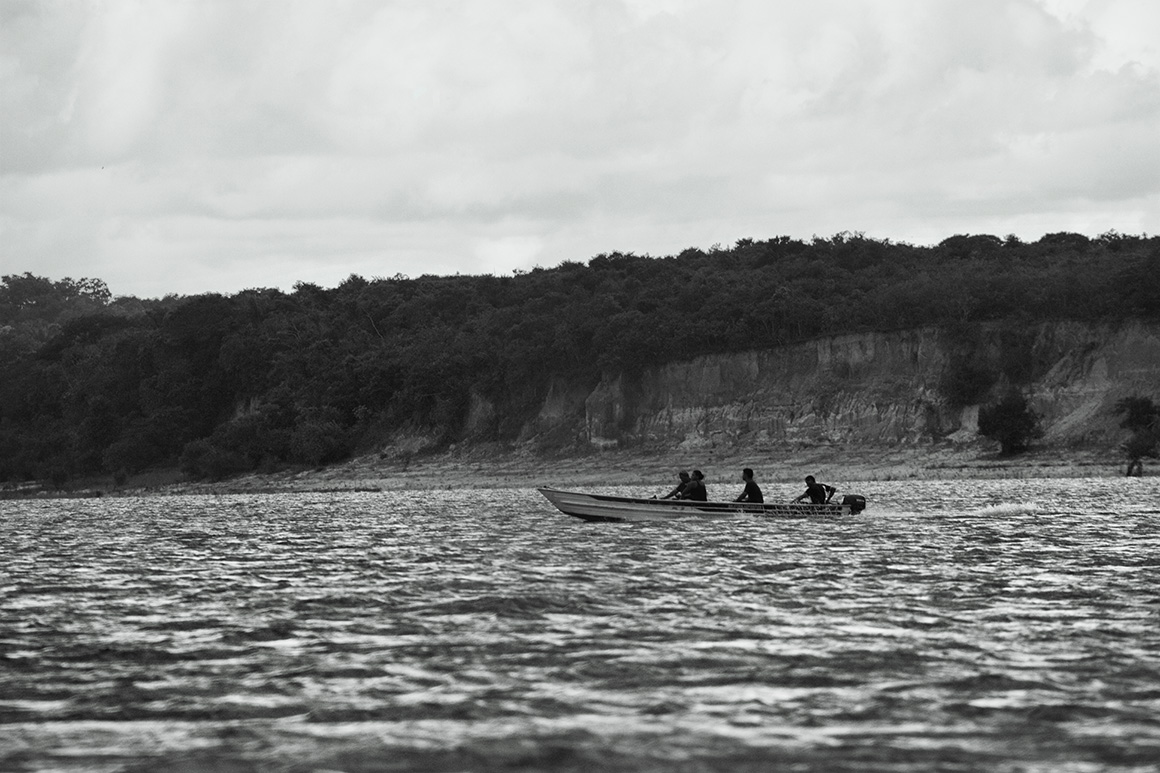
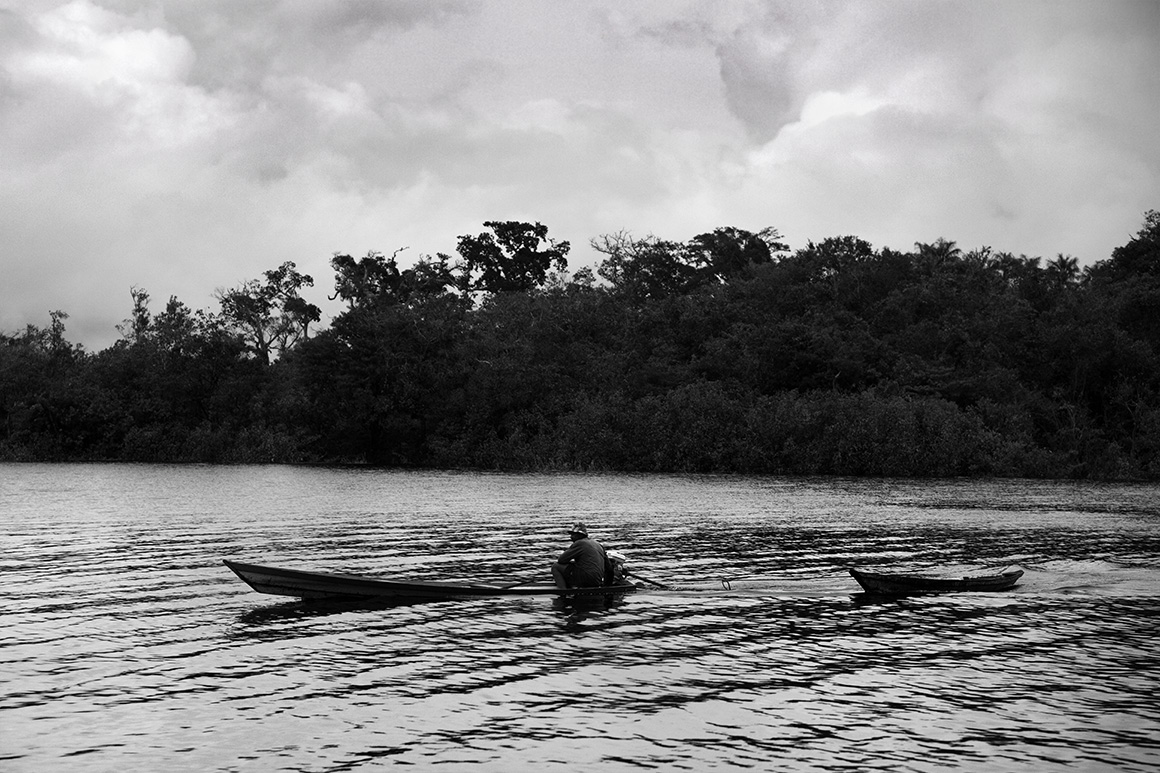



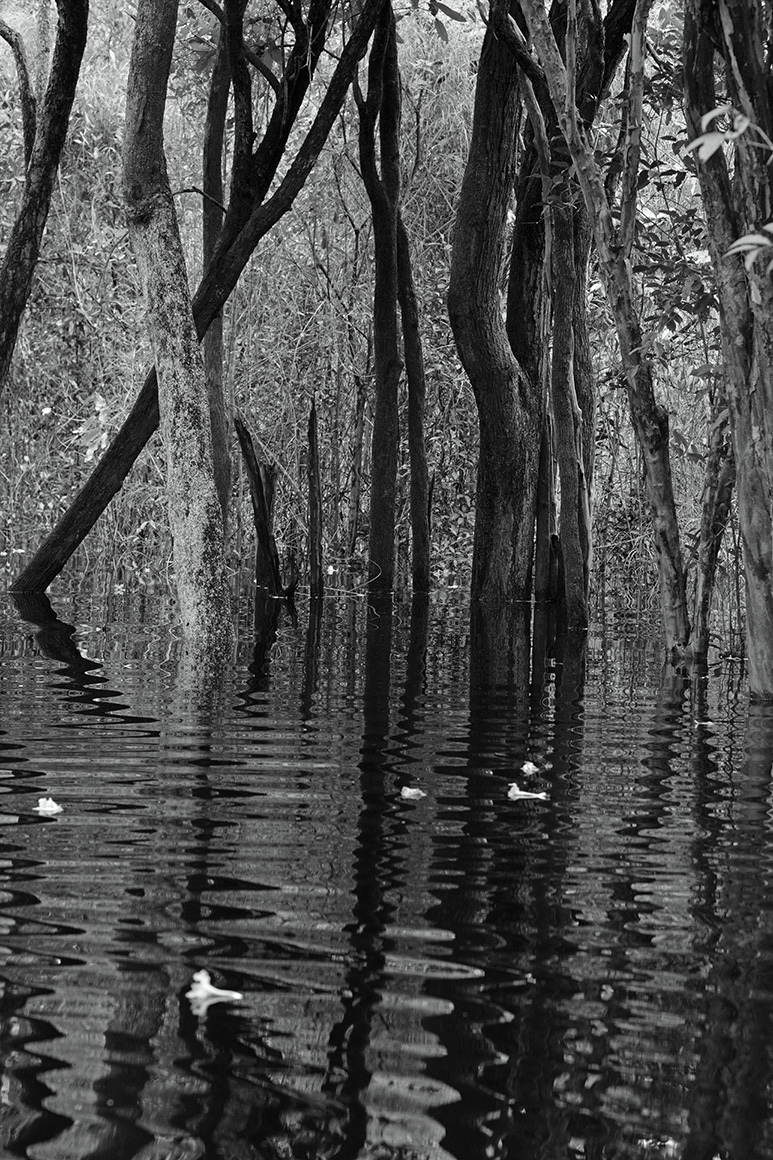

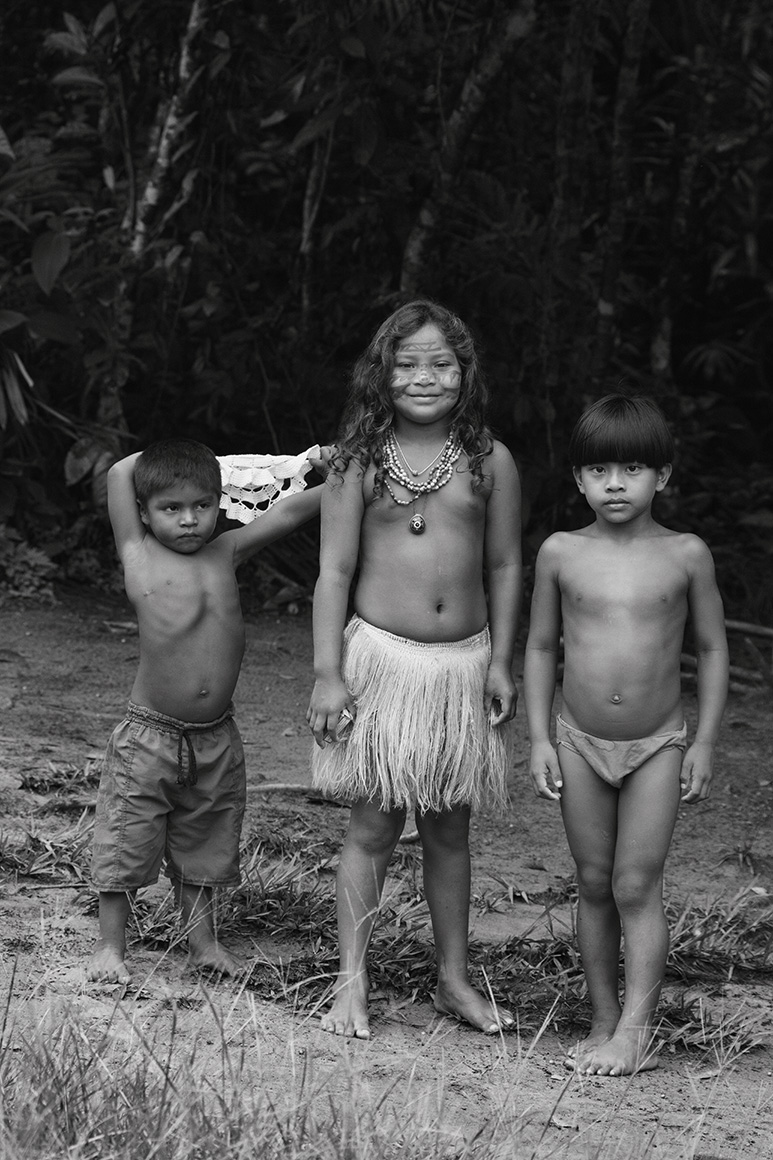
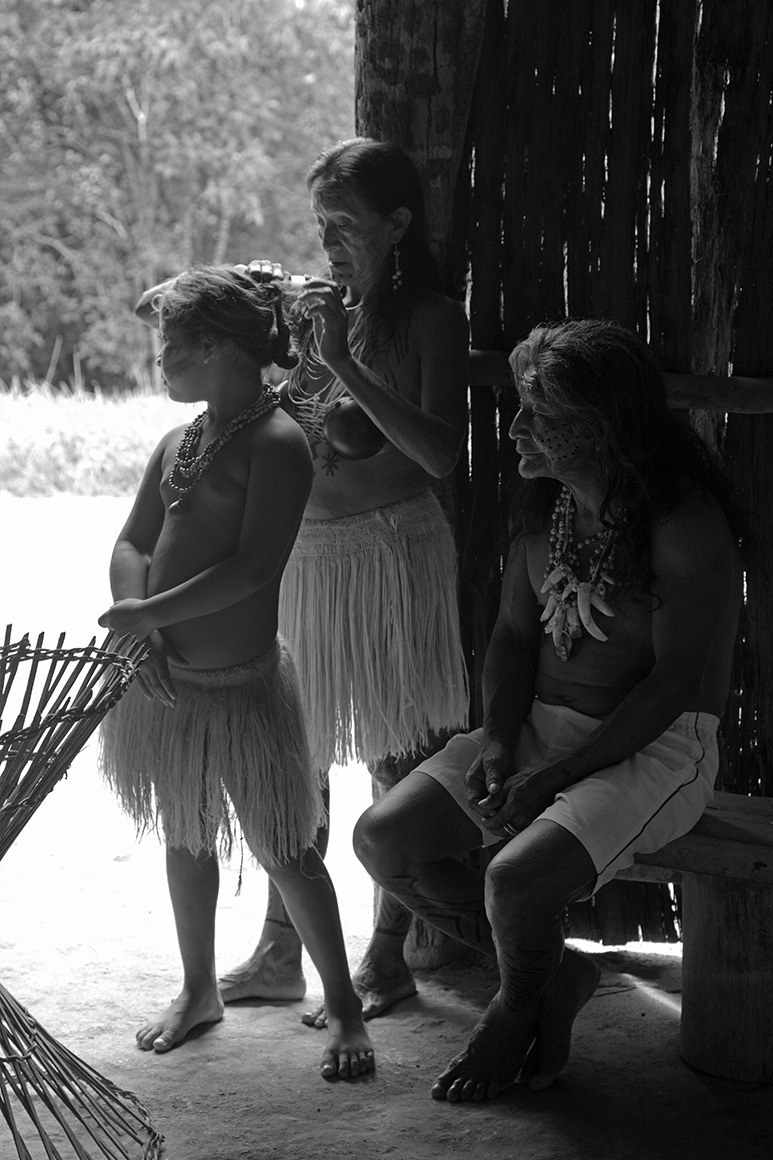
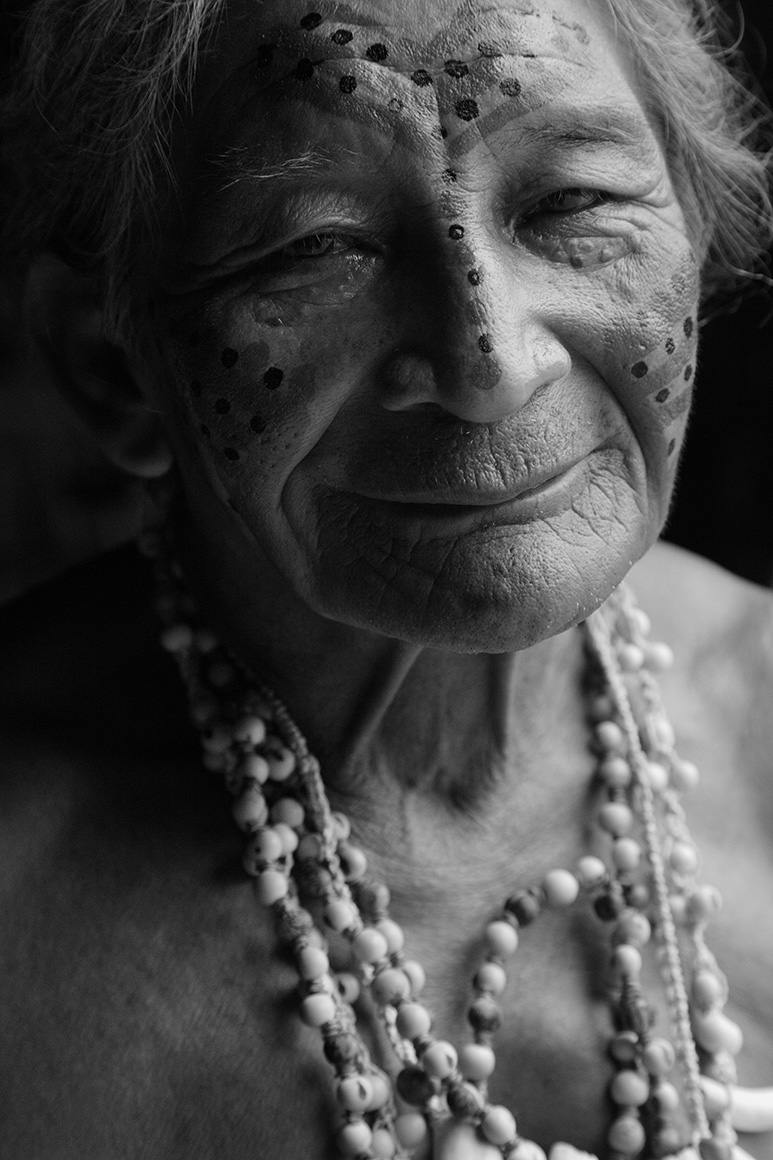
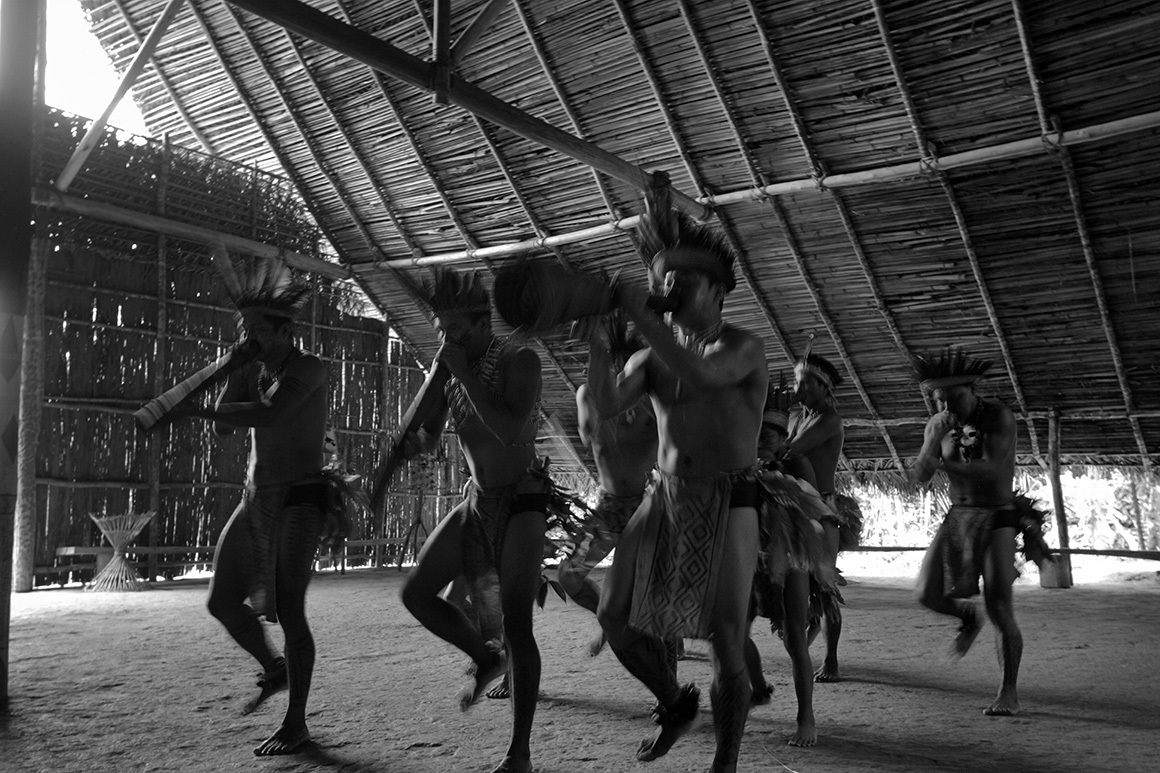
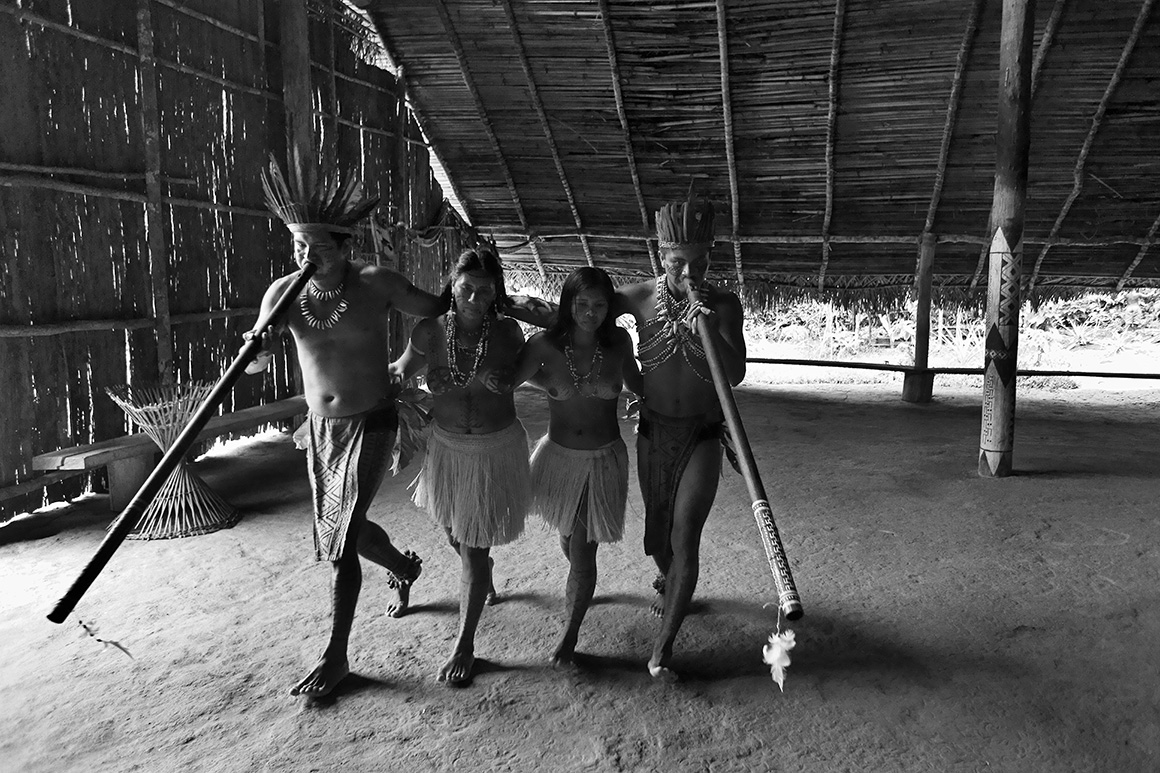
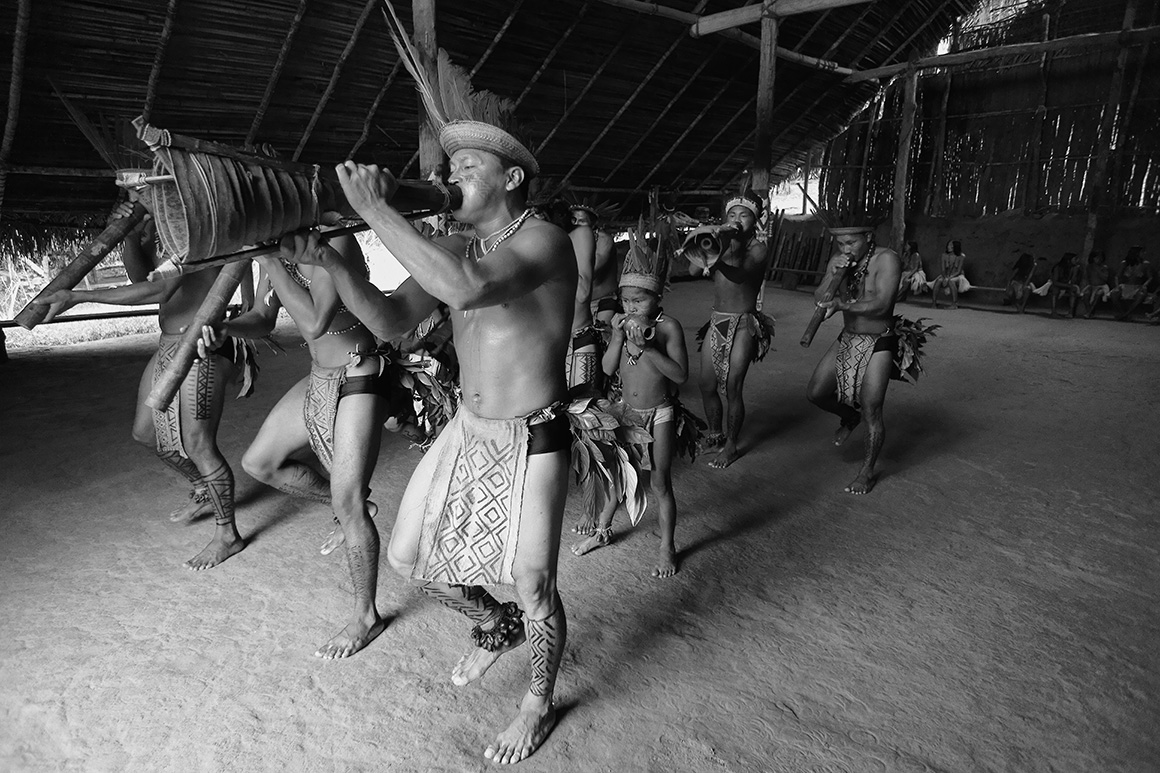

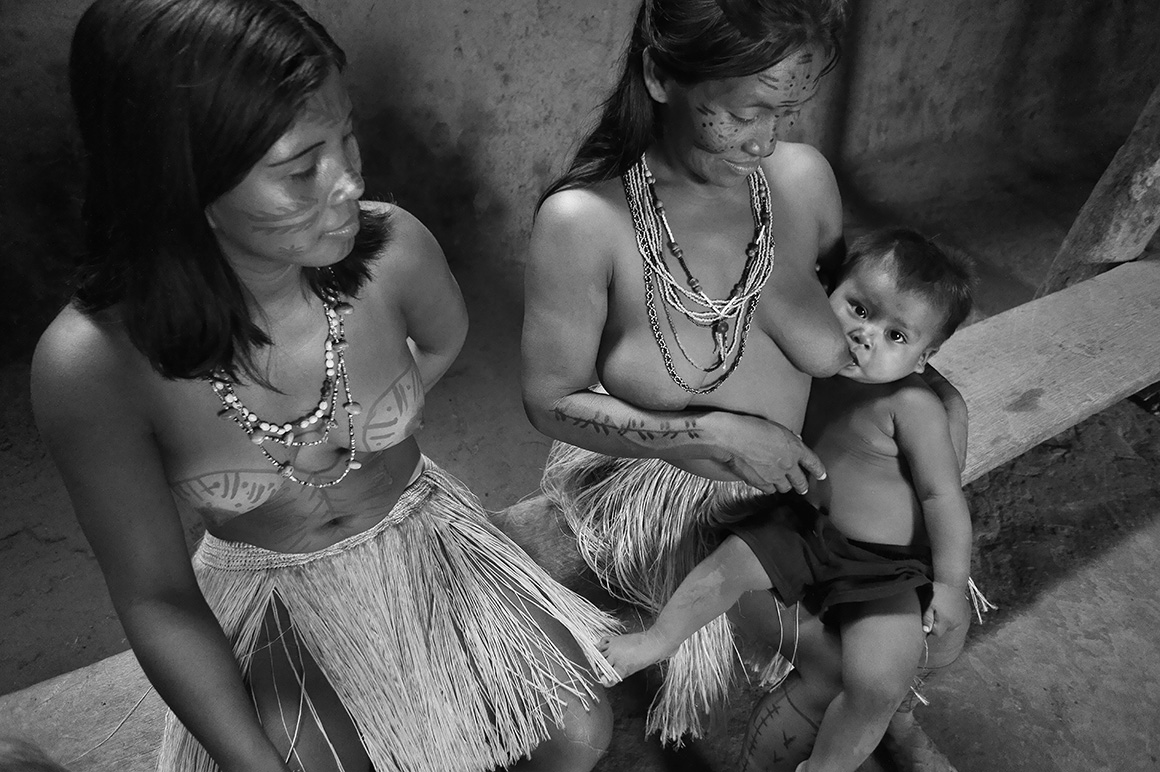
The second part: Festa
“Festa” is kind of tuner, which is used to create ebullition, defuse conflicts, popularize the tradition, collect resources and establish ideals……numerous “Festa” activities such as Brasil Canaval, Oktoberfest, Festas Paulistas and Festa do Divino Espírito Santo, etc., show to the world a Brazil formed by diverse cultures. Exploration colonization, bear festival, phenomenology of religion, tales of legendia, natural wonders, historical events and city commemoration, etc. are regarded as the main origin of “Festa” and have not to be verified. In Brazil, “Festa” is viewed as the beginning of being qualified to distinguish people through ceremony. Through “Festa”, many groups have embodied the will, achievement and organization level, reflecting the polity and economy. “Festa” is still the primary meeting to nominate the candidates by official bodies. In fact, “Festa” is the basic factor indispensable to the life of Brazilian, who firmly believe that “Festa” can amend the society and help the country to realize the dream.
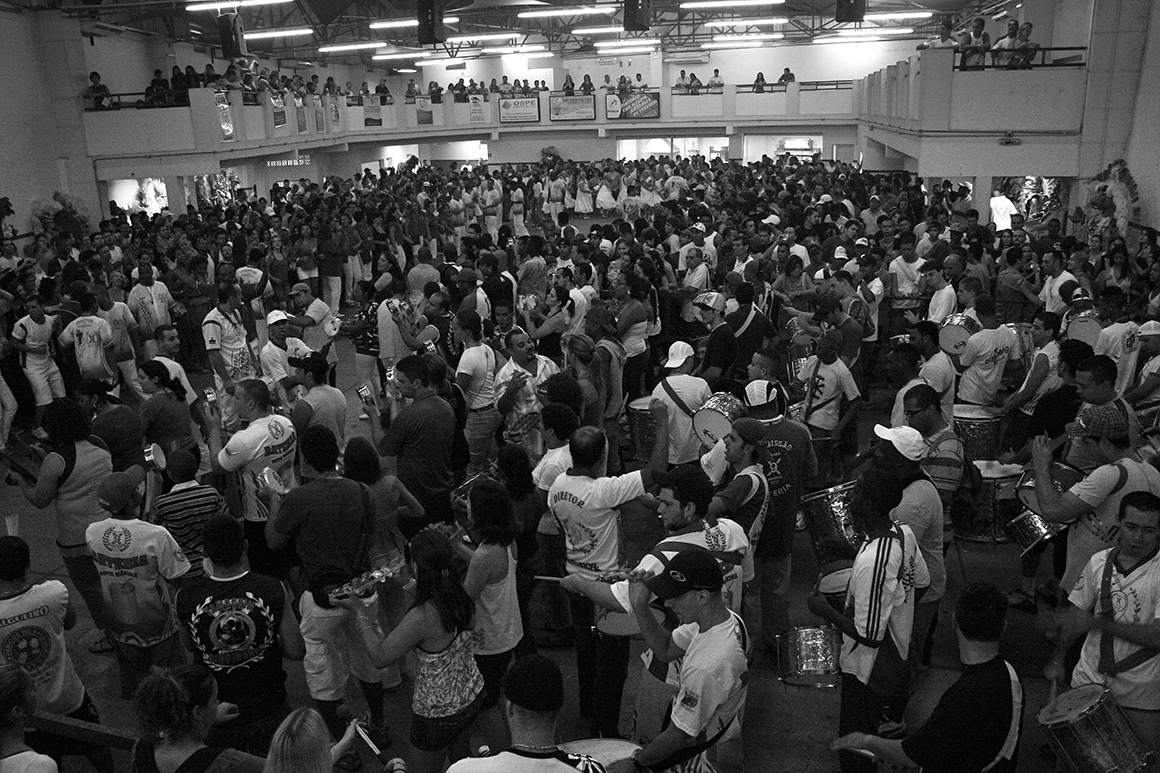


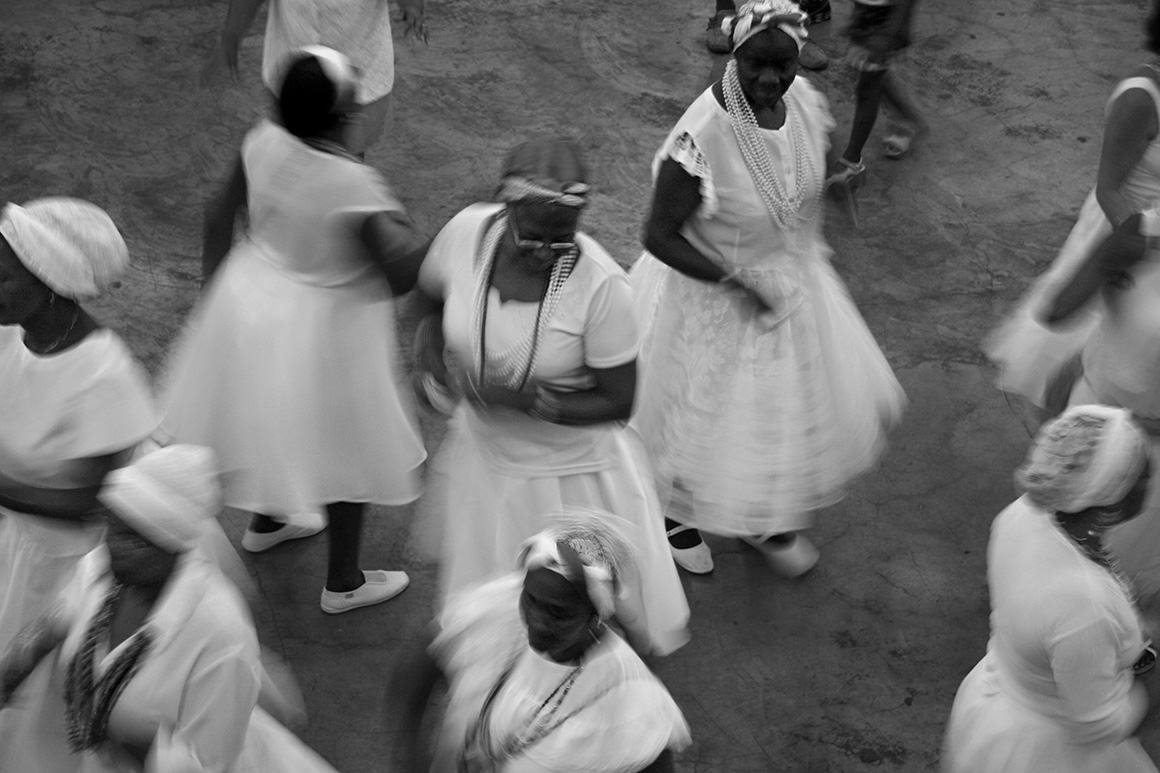




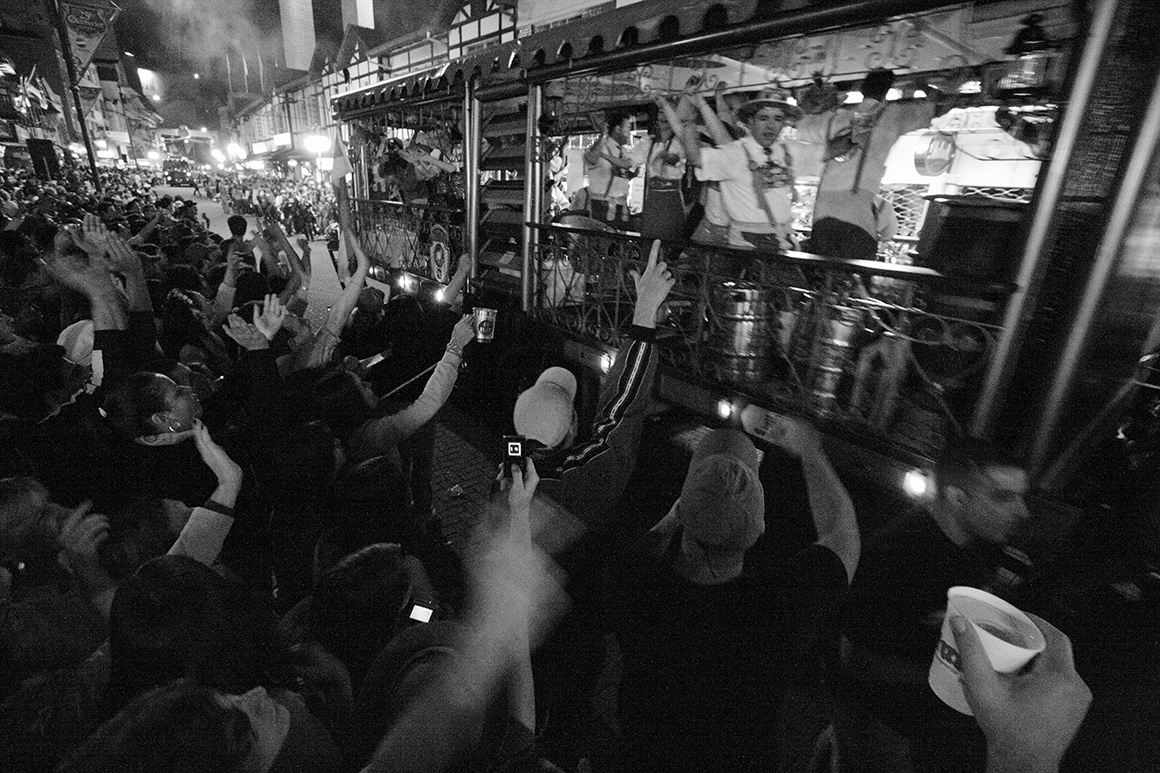
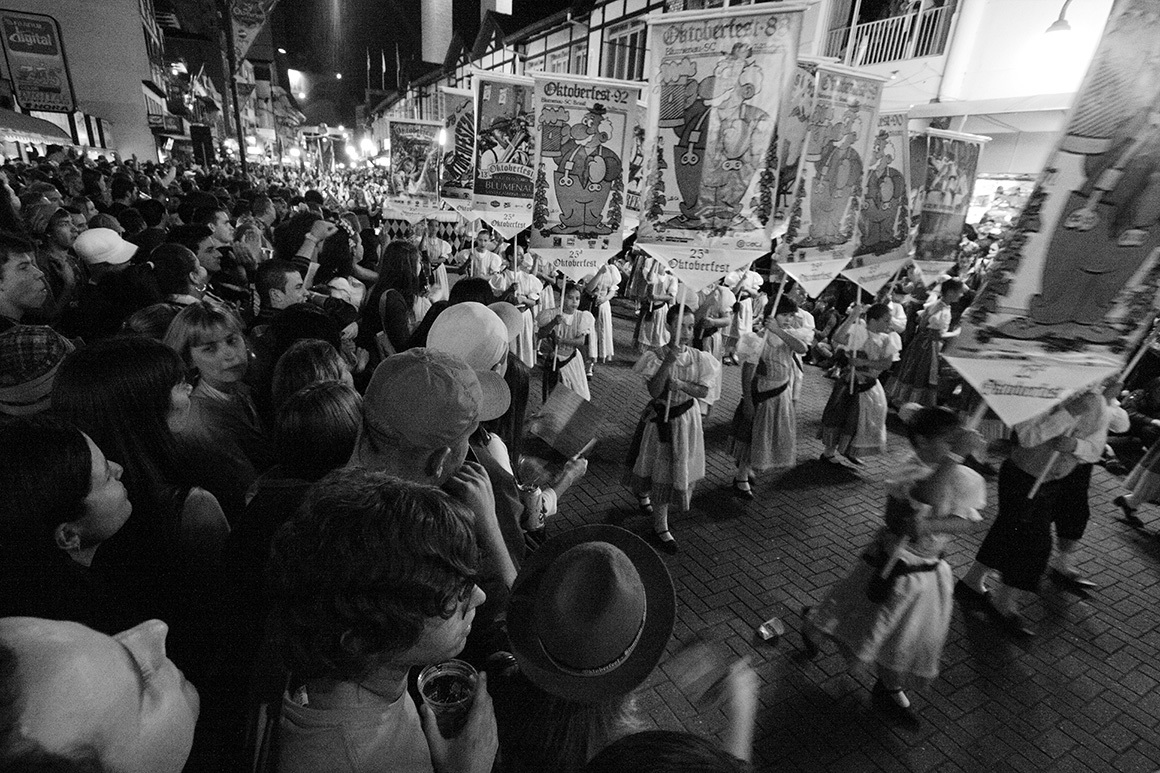

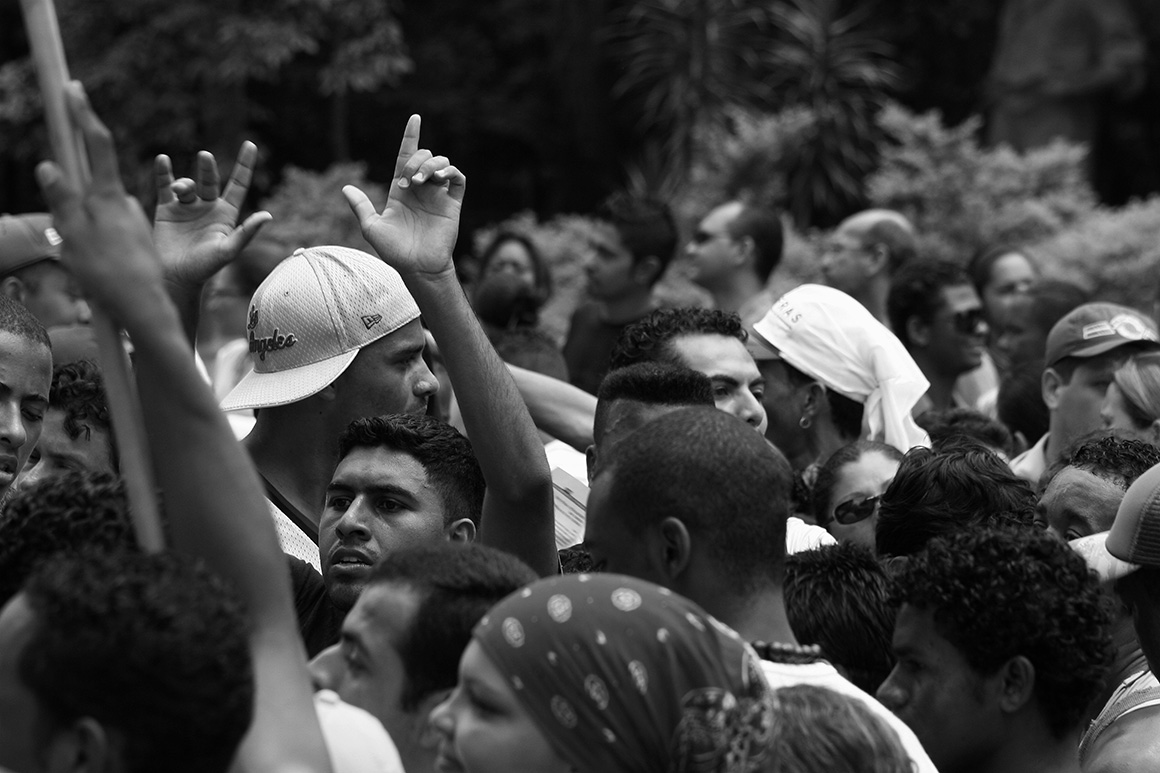


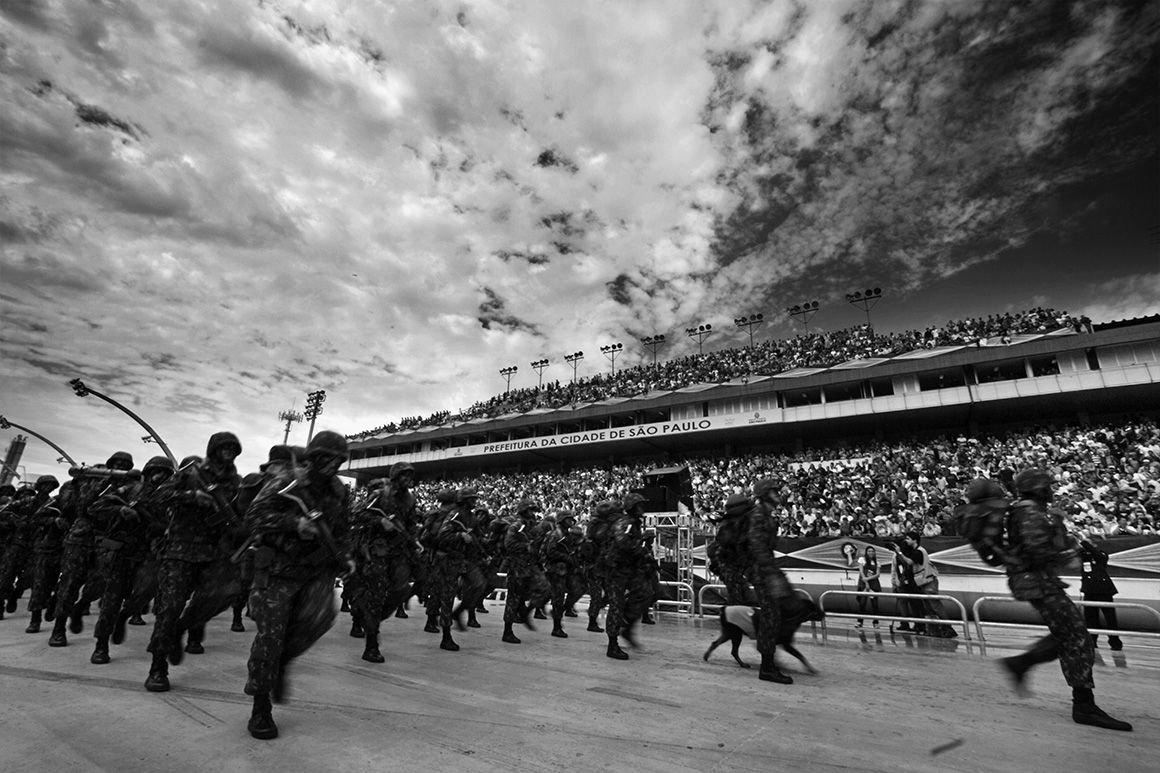


The third part: The first official town of Brazil
Cananéia was established by Martim Afonso de Souza on August 12, 1531 and named officially on January 22, 1532. There had been numerous expeditors, adventurers, explorers, and pirates coming here since then. After 500 years of development in twists and turns, the first official town of Brazil with its streets, architecture, religion, festivals and customs remaining in its original appearance has got its worthy name in the whole country.
During the15th century, there came a message in Europe that huge amounts of gold was laid in the area of Rio Ribeira do Iguape, the discovery of which did not necessarily involve hard detection or exploration. The rumor could have promoted the whole Portuguese royal court to make up its mind to launch an expedition of the southern Atlantic Ocean of the largest scale in the history. Led by Martim Afonso de Souza, the warships came to the wildness of Ilha do Bom Abrigo, in which they discovered an Indian town with 200 habitants. Later on, it had been a place of exile for the Spain and Portuguese until the beginning of the 16th century.




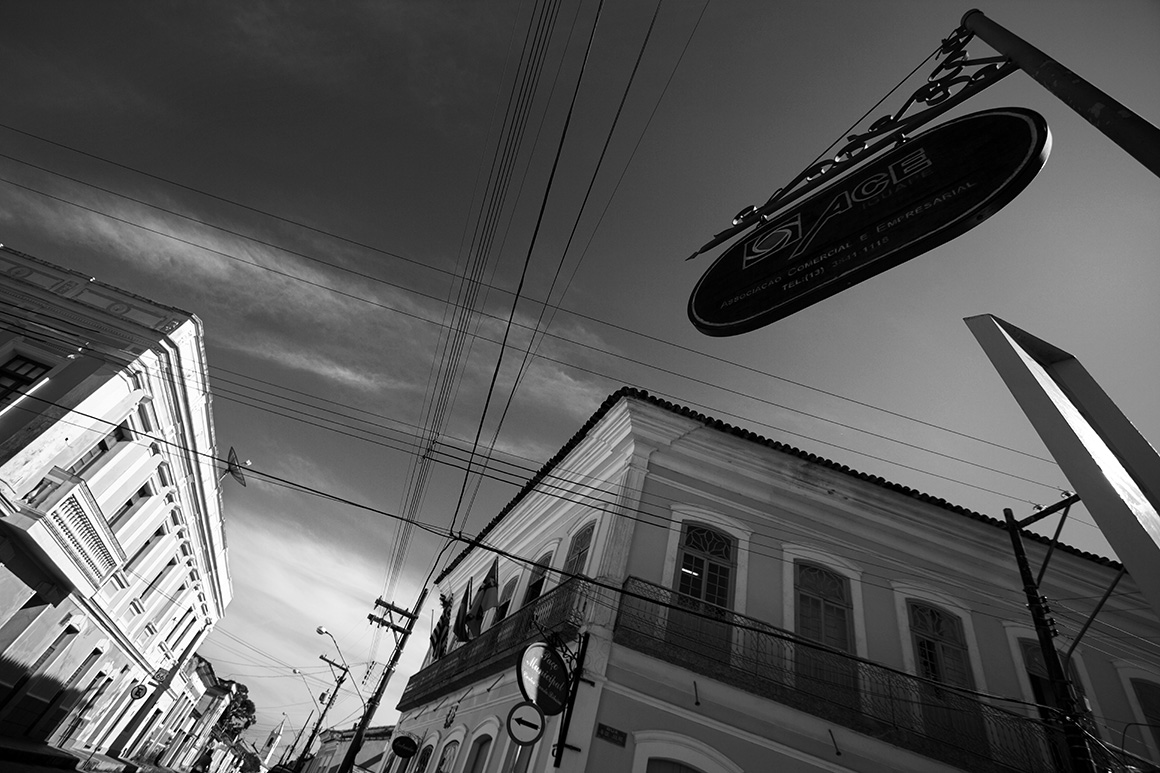

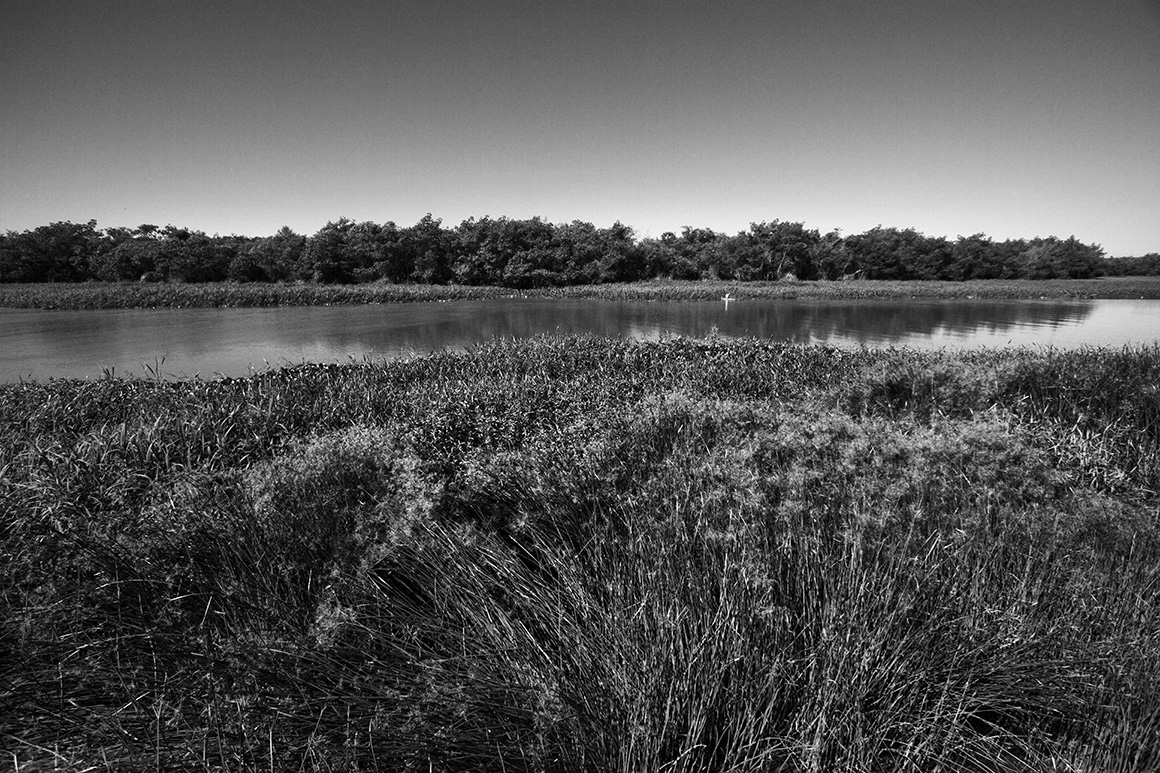
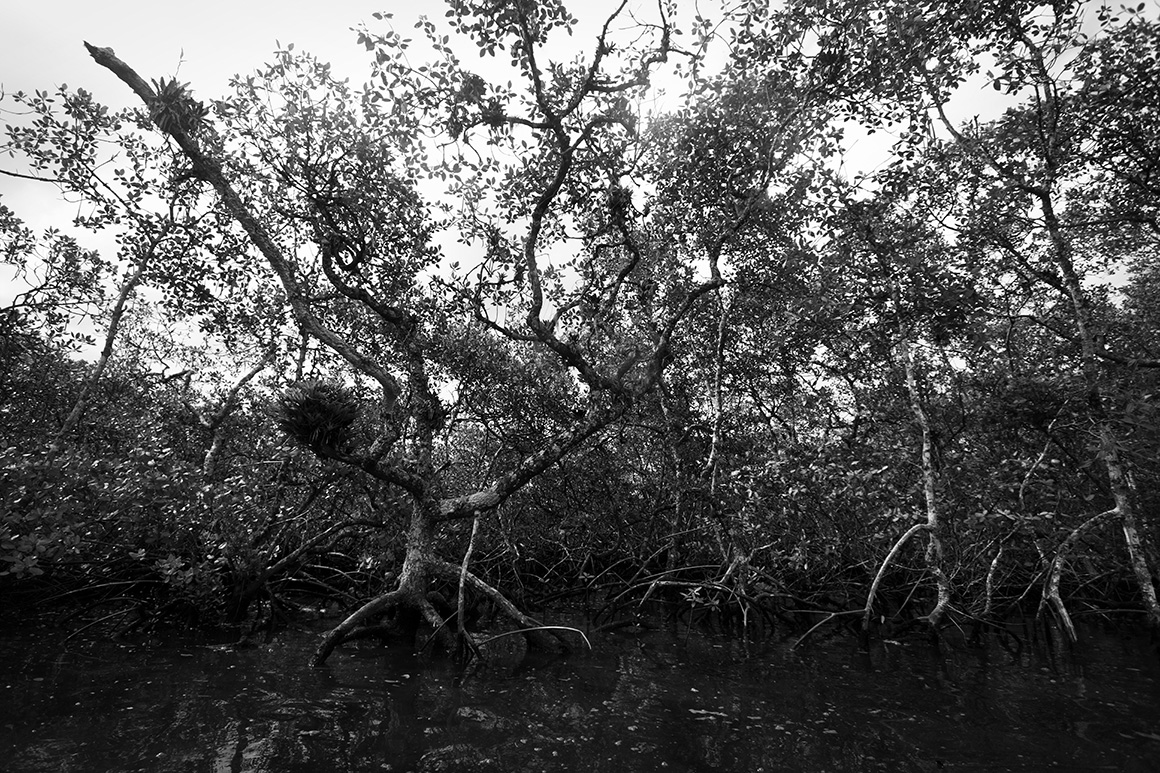
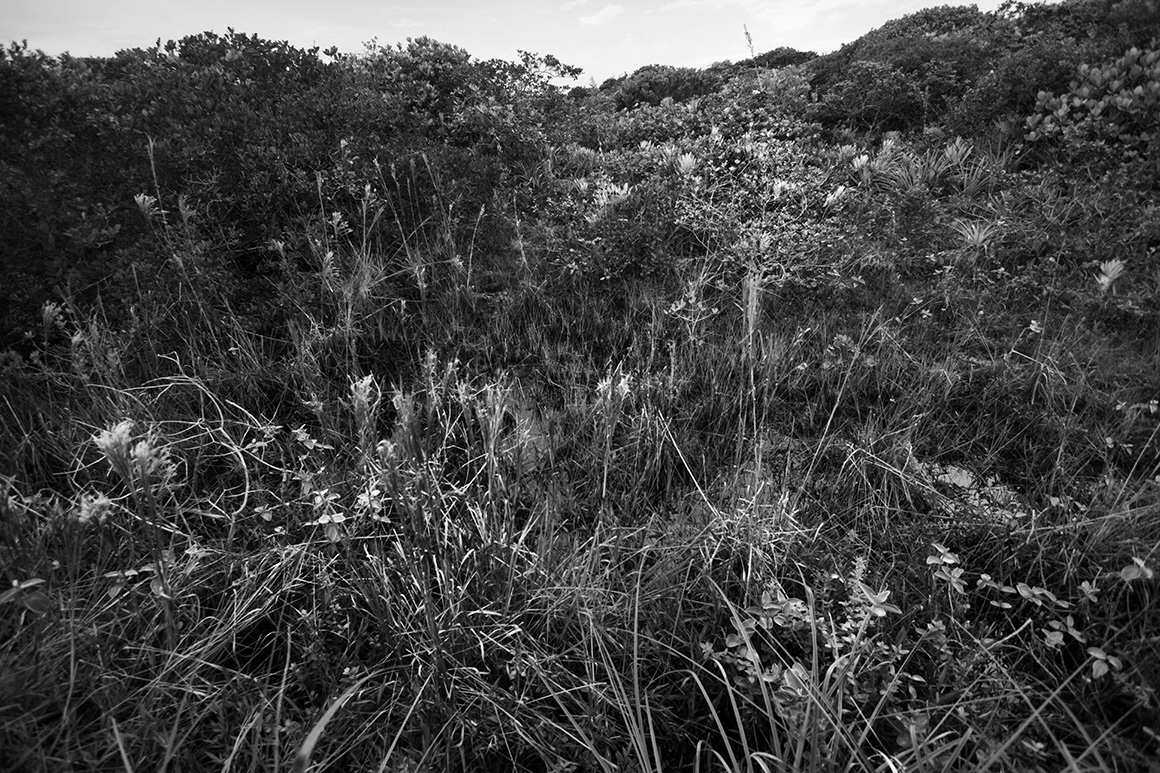



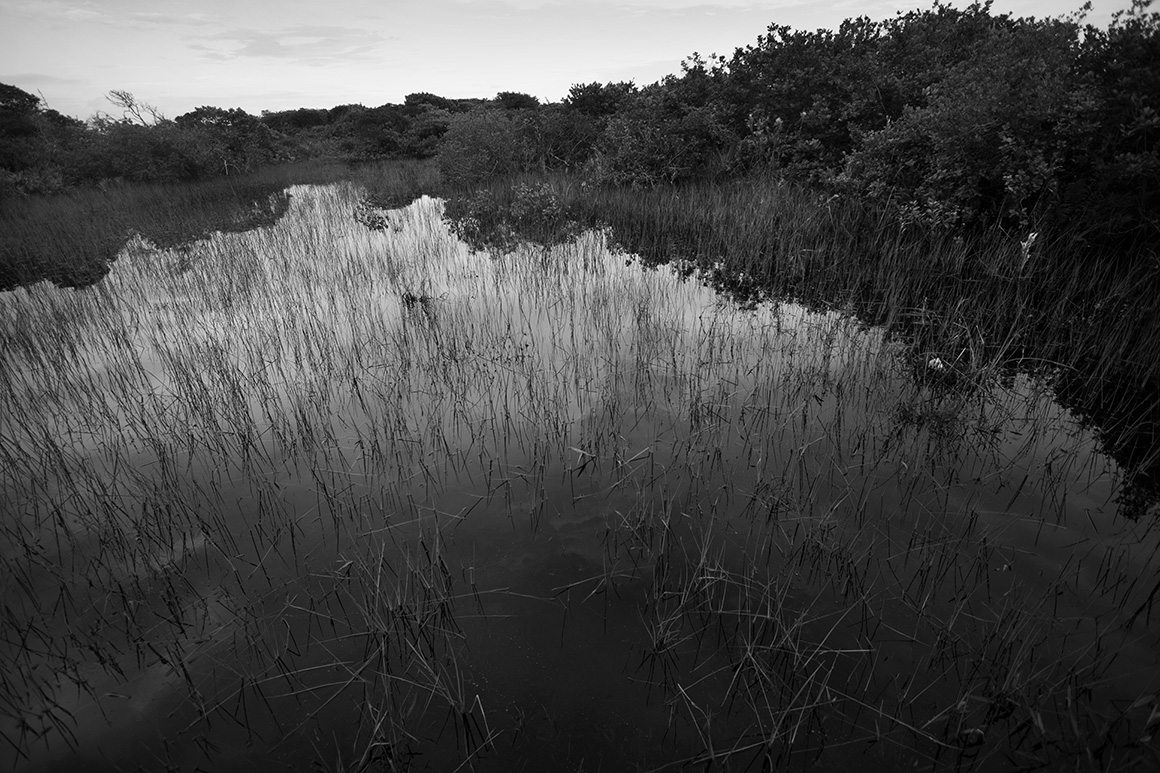

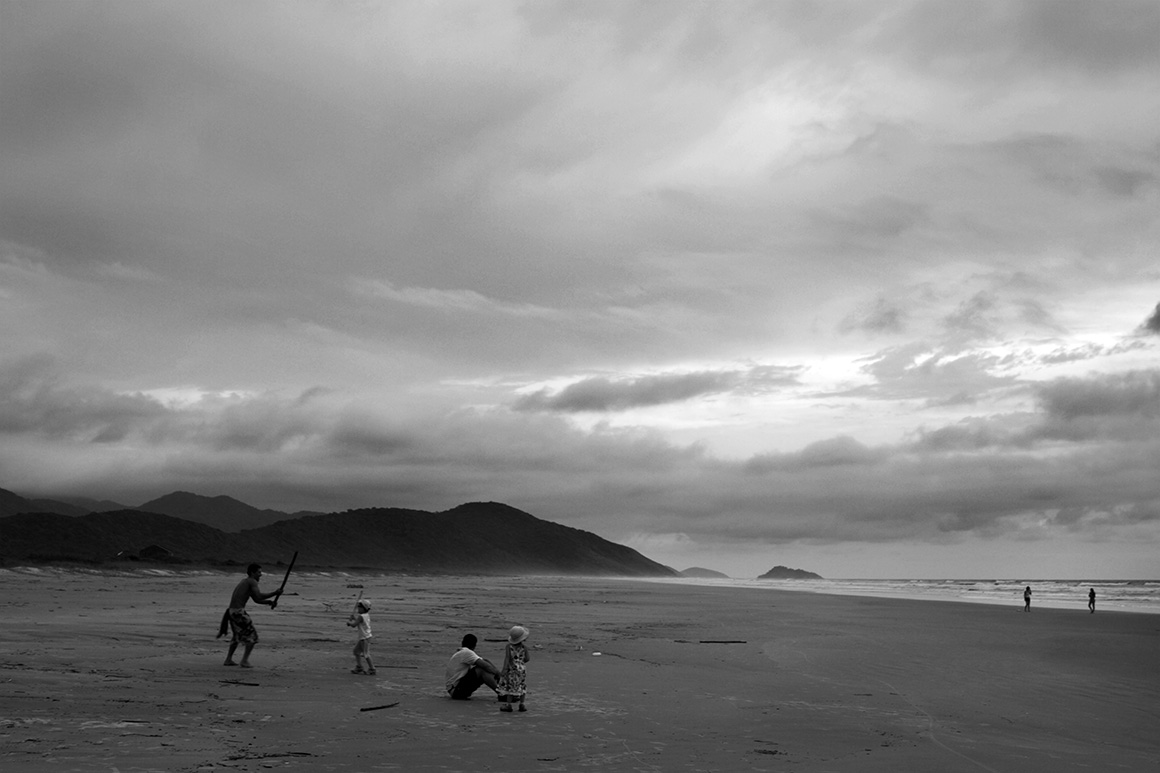


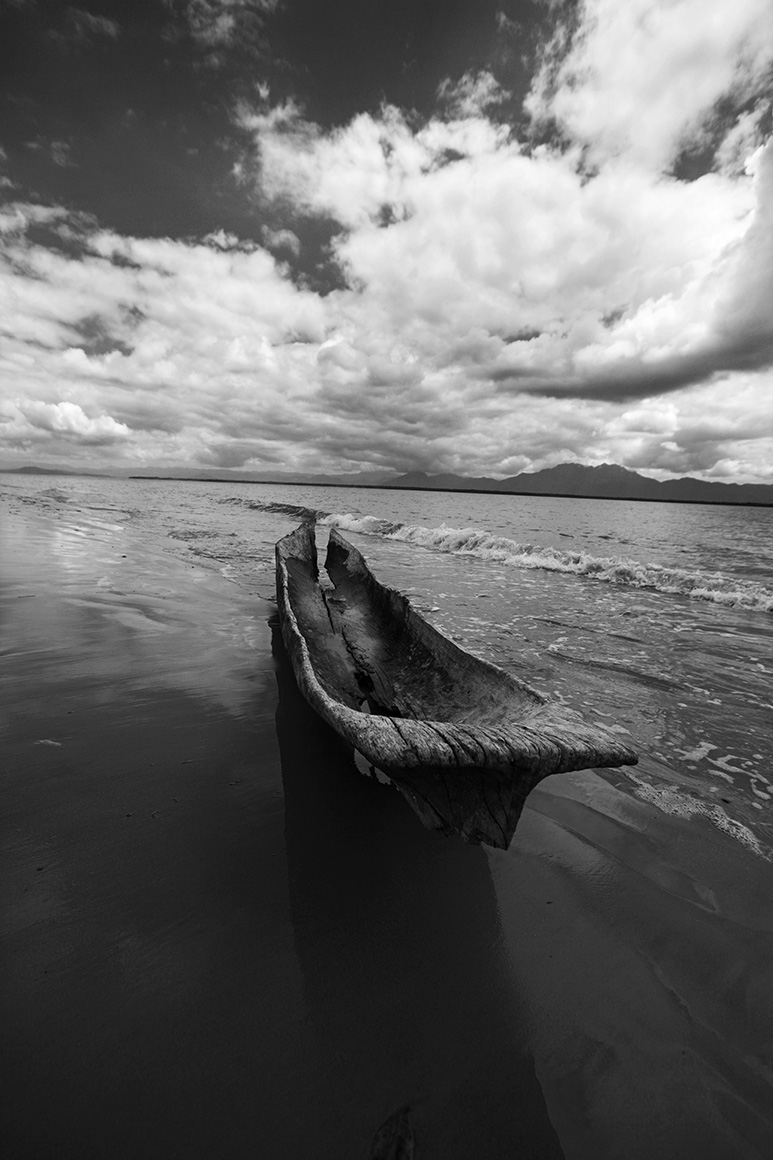


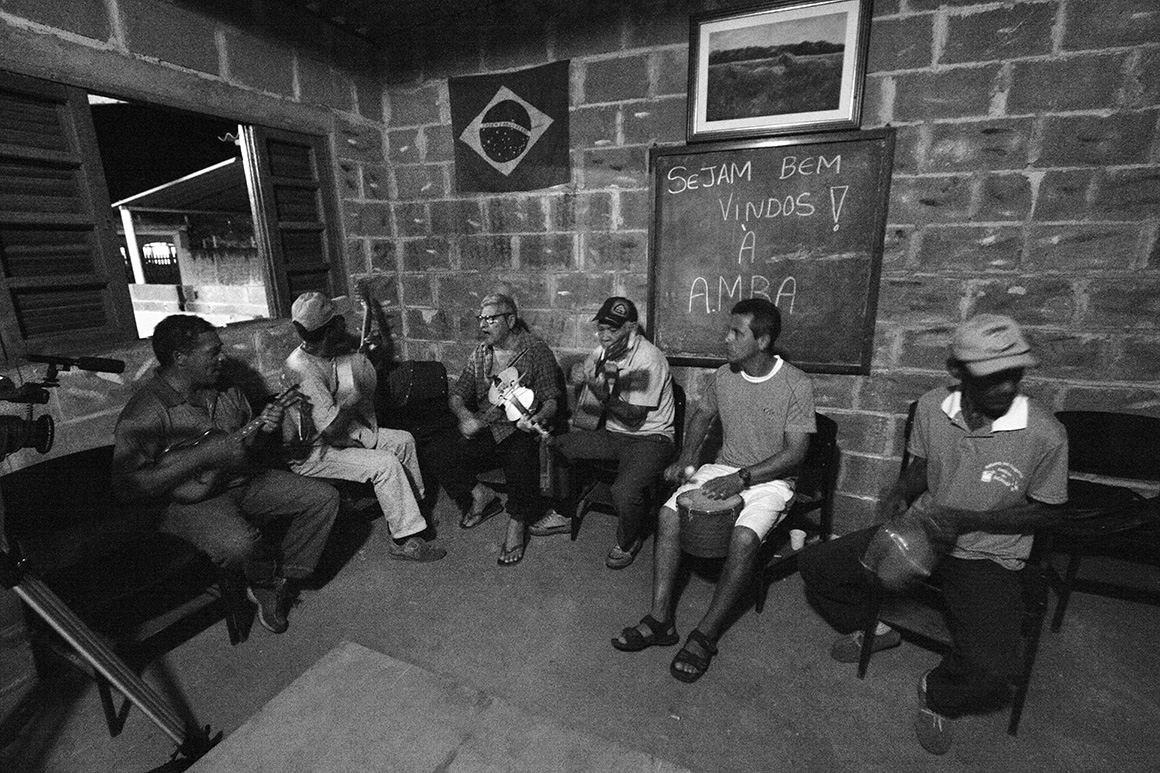

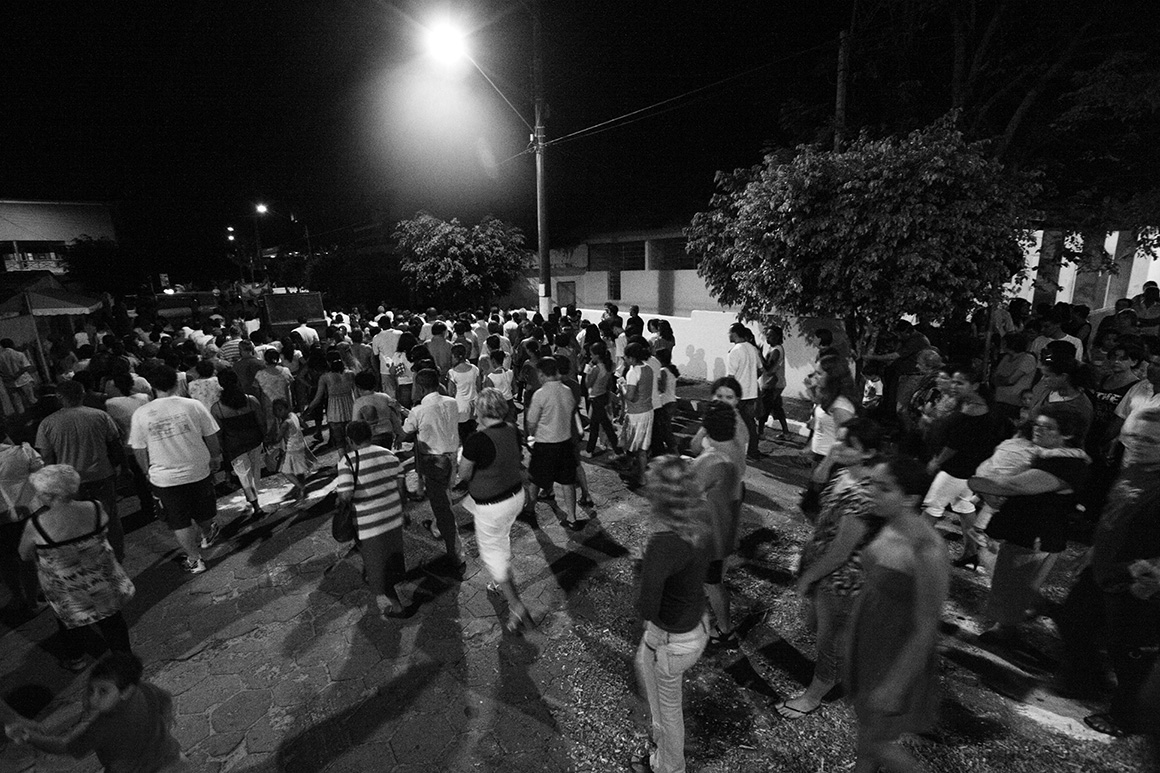
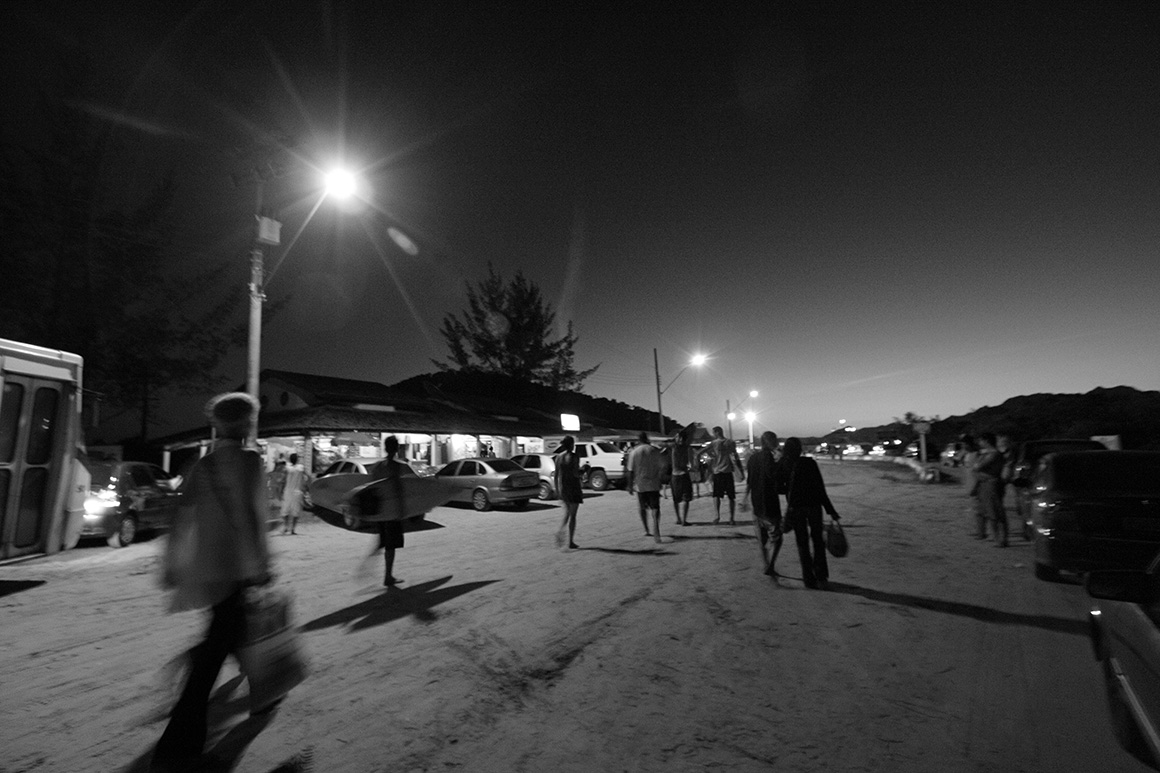



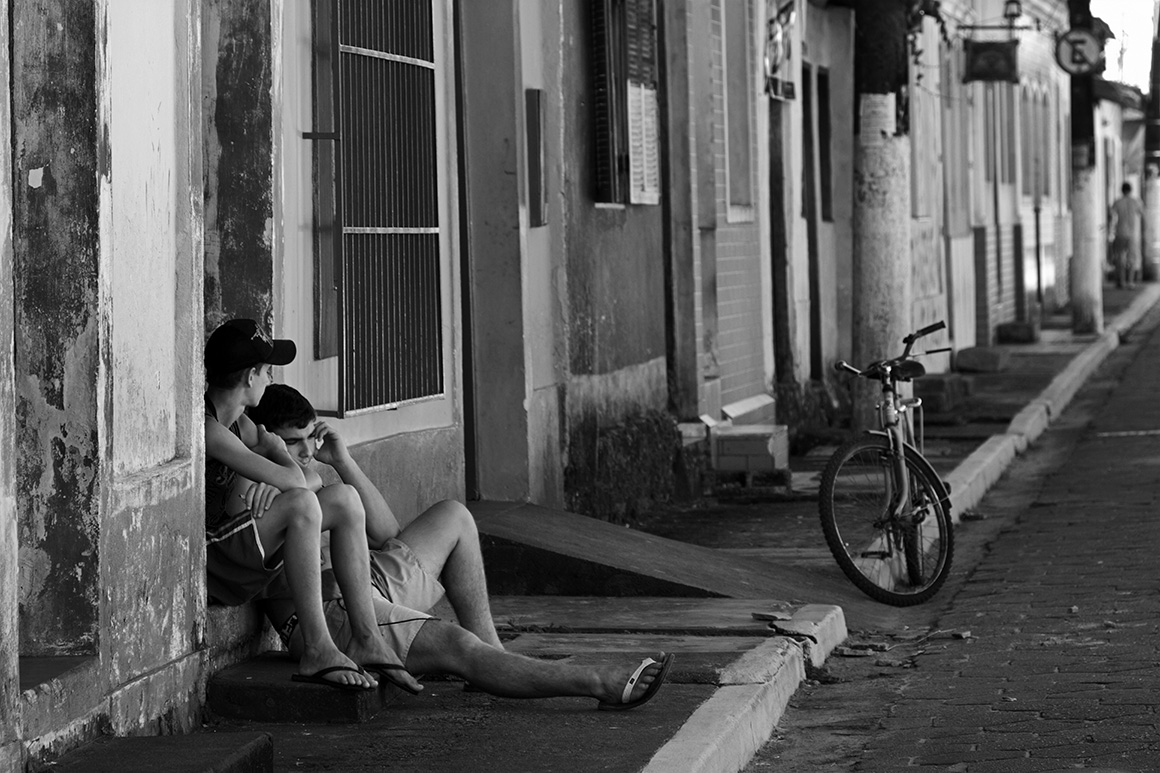
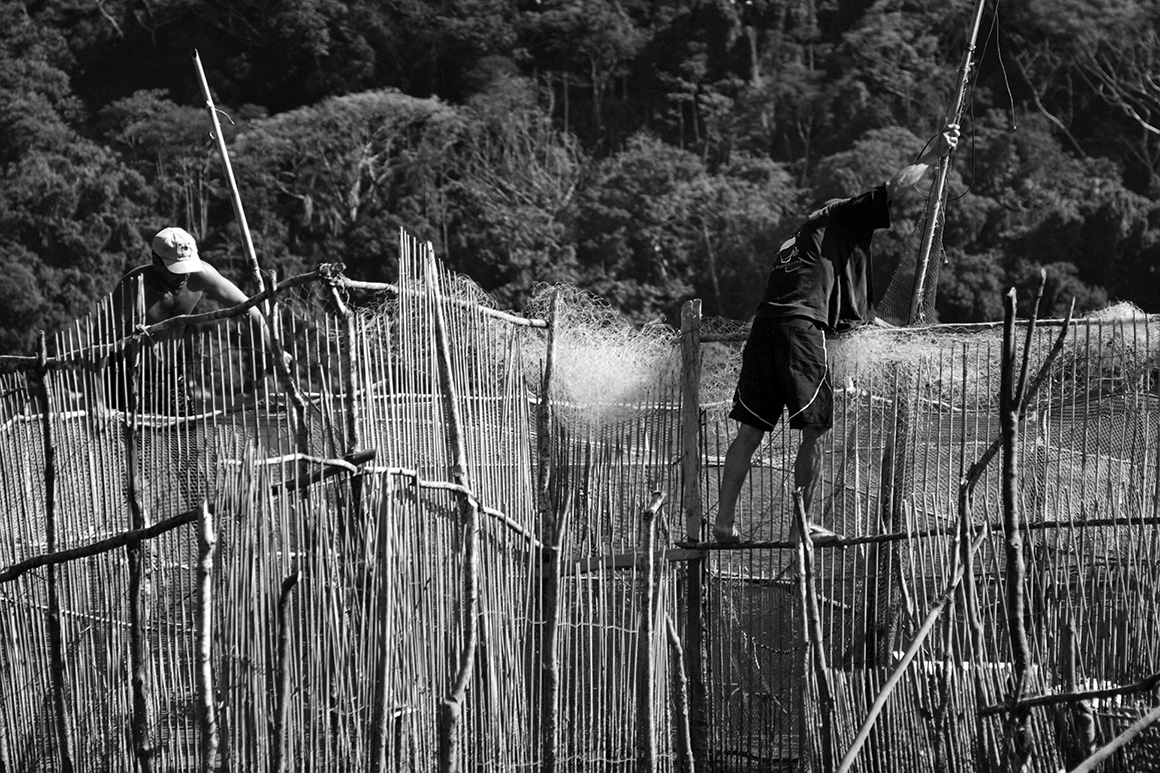
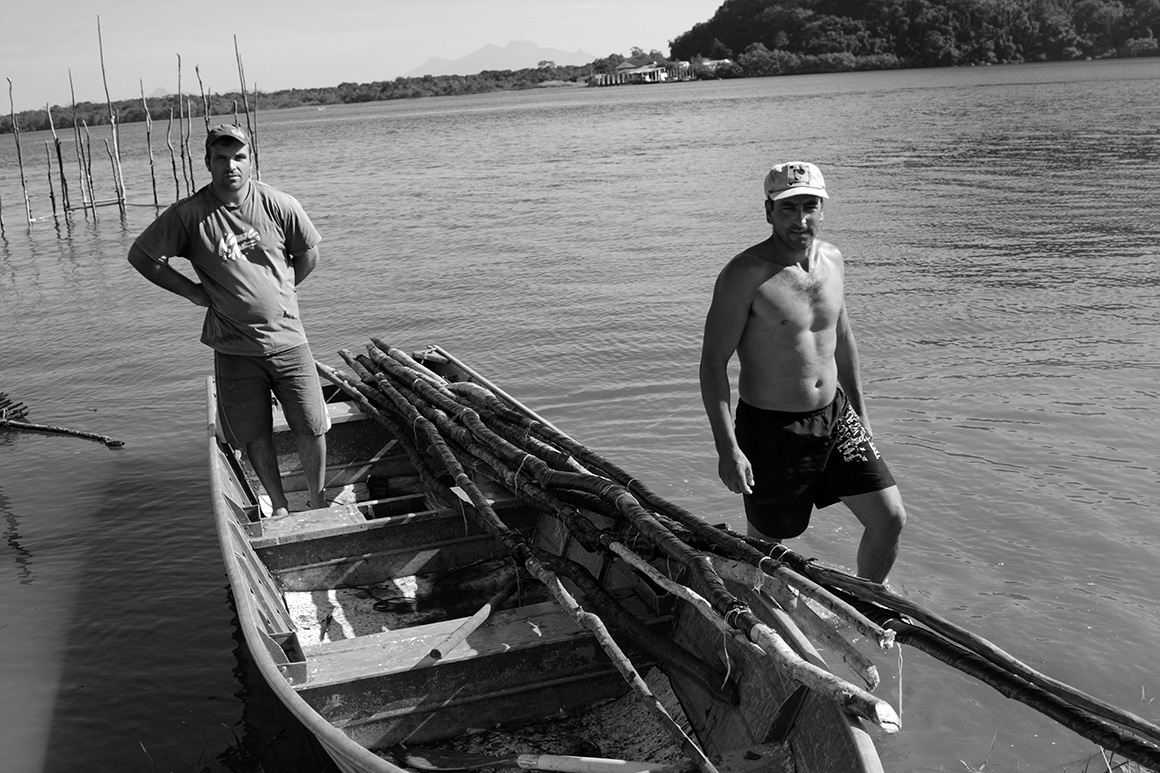

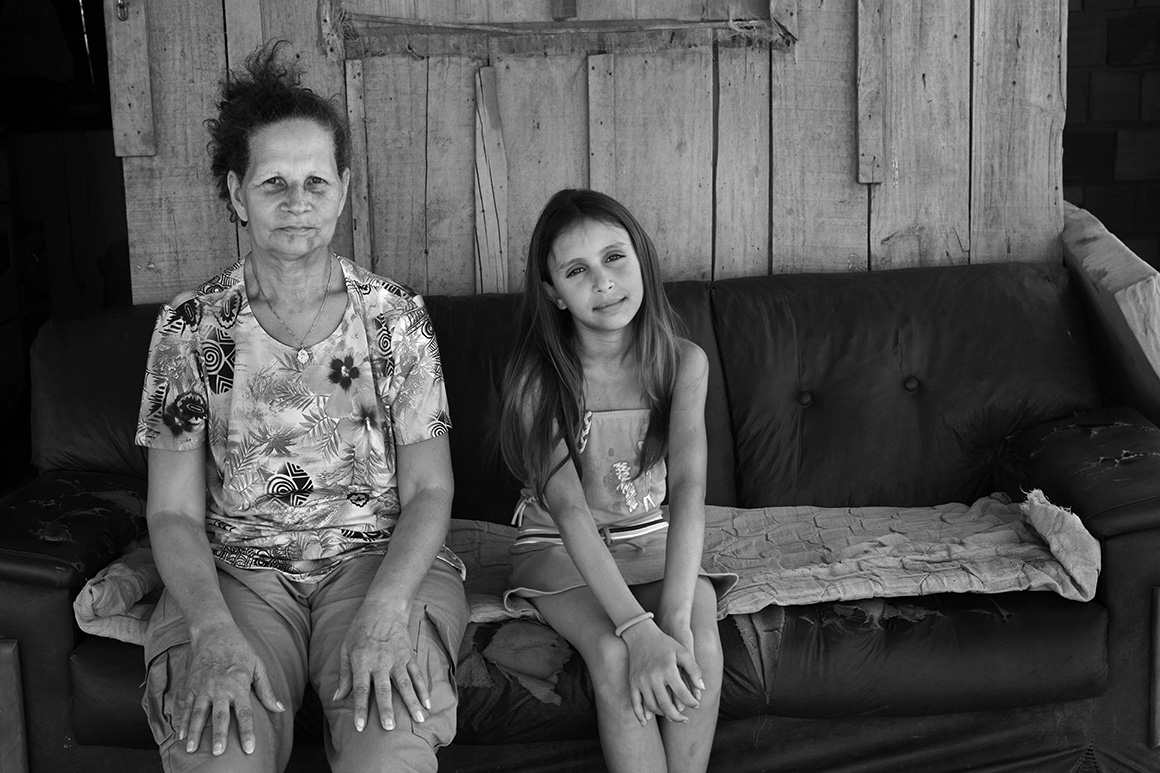
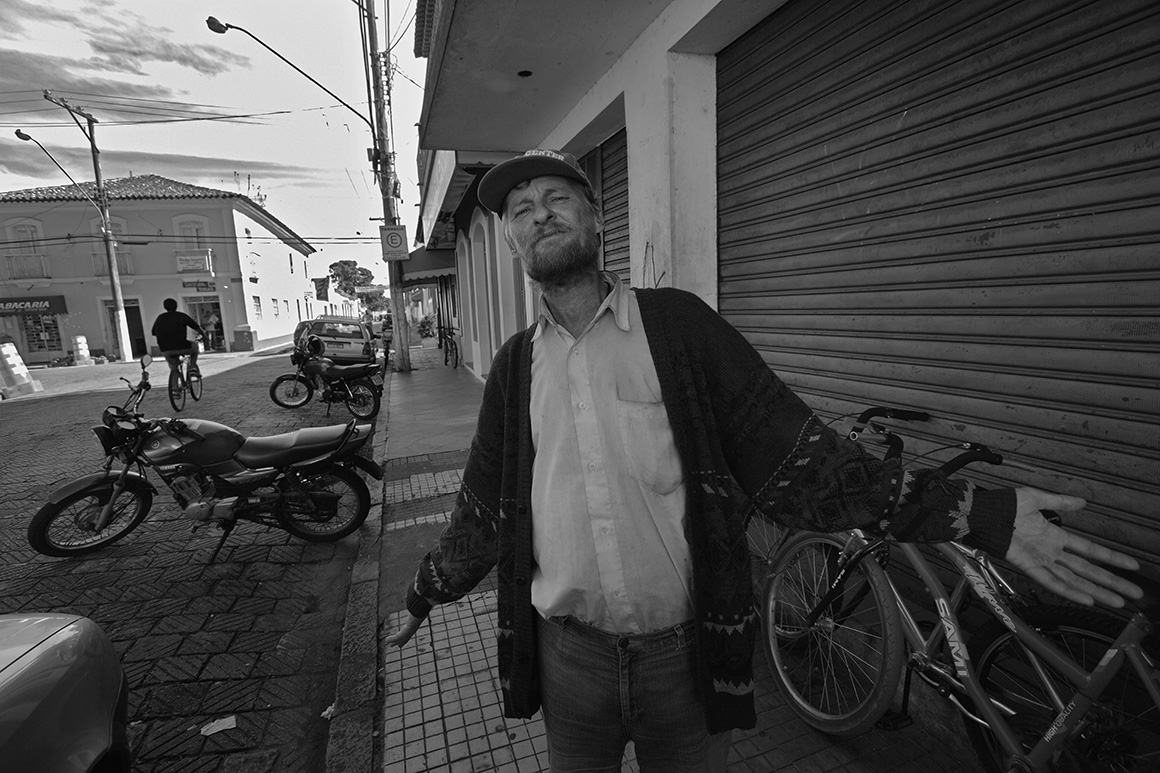
The fourth part: Pantanal
Pantanal is located in the wide plateau in the western Brazilian, covering an area of 40,000 square miles. Despite the complexity and wideness of the wetlands, the desire of the human being to conquer it has never been changed in its long history. Streams of people had been to the land of paradise one after another to achieve their dream even under the threat of Pistoleiros’ guns. What the adventurer cannot deal with is their own desire and the determination of conquering the land. There were losers who might even have lost their lives. Some frontiers suffering a lot from the malaria and pyrexia and incapable of bearing the pains of path breaking were moved back to the slums of Sao Paulo.
The first batch of frontiers ever into Patanal was the bandeirantes for the gold mining in 1720, which had left far-reaching and profound influence in the history of Brazil. Bearing the half blood of Indian and Portuguese, together with the maternally-inheritated spirits of frontiering and exploration, skills of survival from their Indian mothers and the paternally-inheritated desire for fortune and interests, they recklessly travel around the world instinctively out of the nature of nomadic tribes.
The struggles between the human being and the nature, the animals and those among human beings are mainly for the purpose of survival. They have been guarding the territory at the price of their lives and blood, constructing and maintaining it with their shoulder to collar day by day. After all there is too much unseen in the vast land and the innumerable fortune and treasure on it always calls up their tough patience and unshakeable faith. Singing the nostalgic ballads as they might be, their determination of safeguarding and obtaining the existing fortune at present and those coming in the future will never be influenced. These are the pantaleroes, who have been writing their own chapter of glory and dream on the land disagreeing with the survival of human beings.
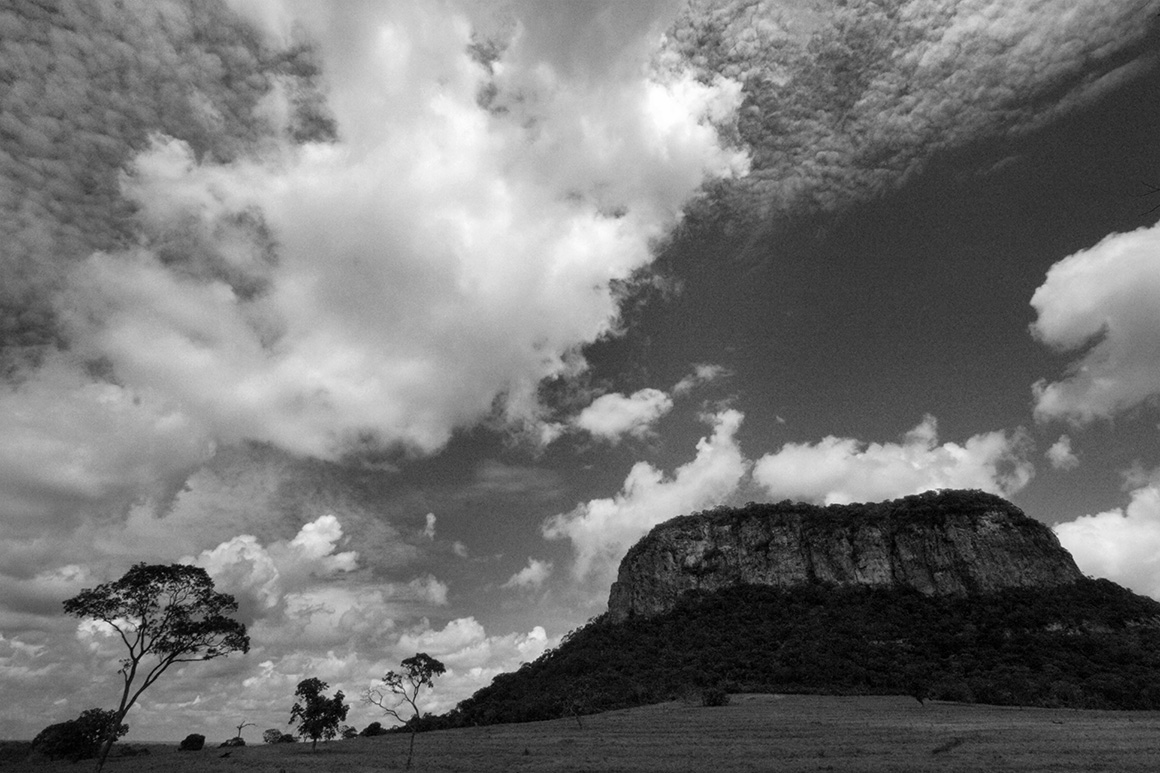
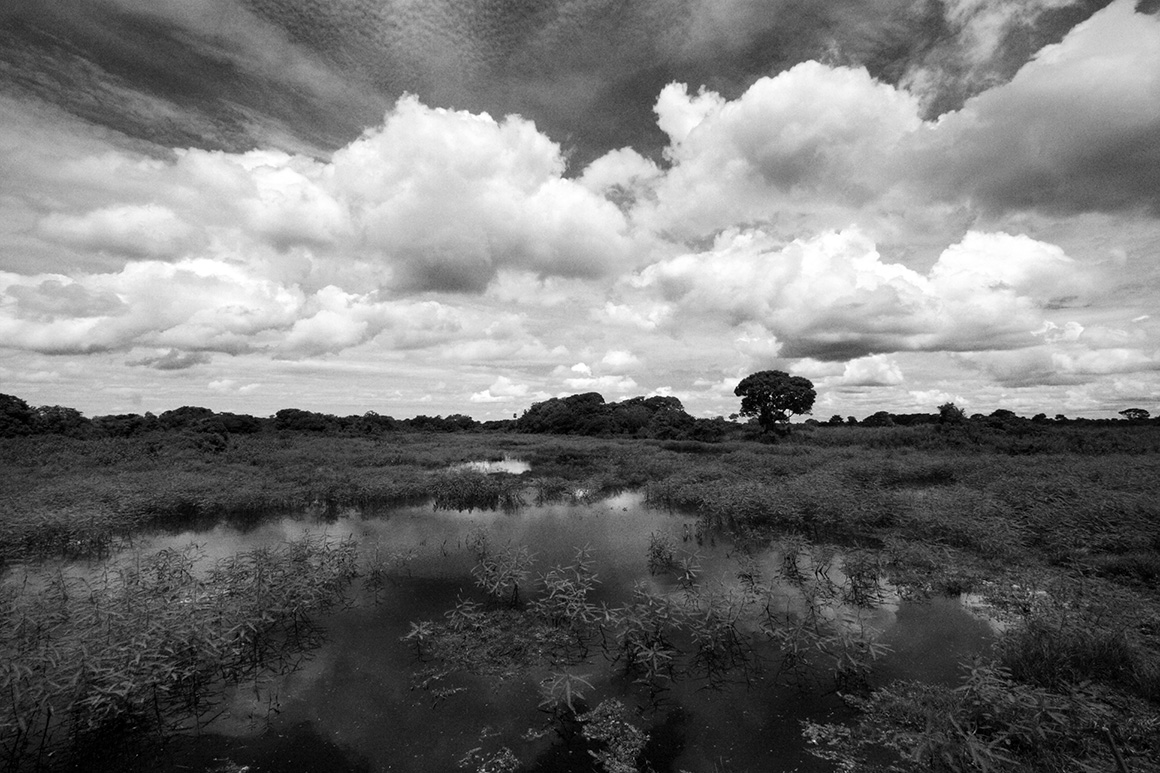




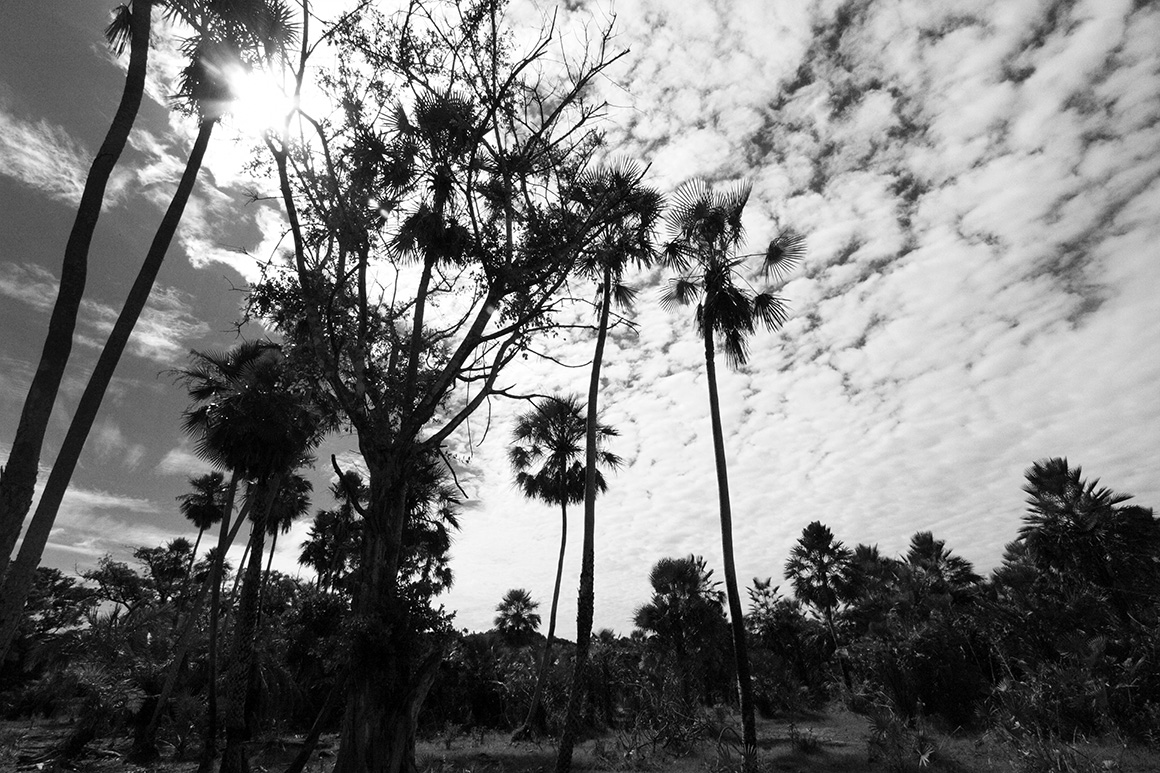
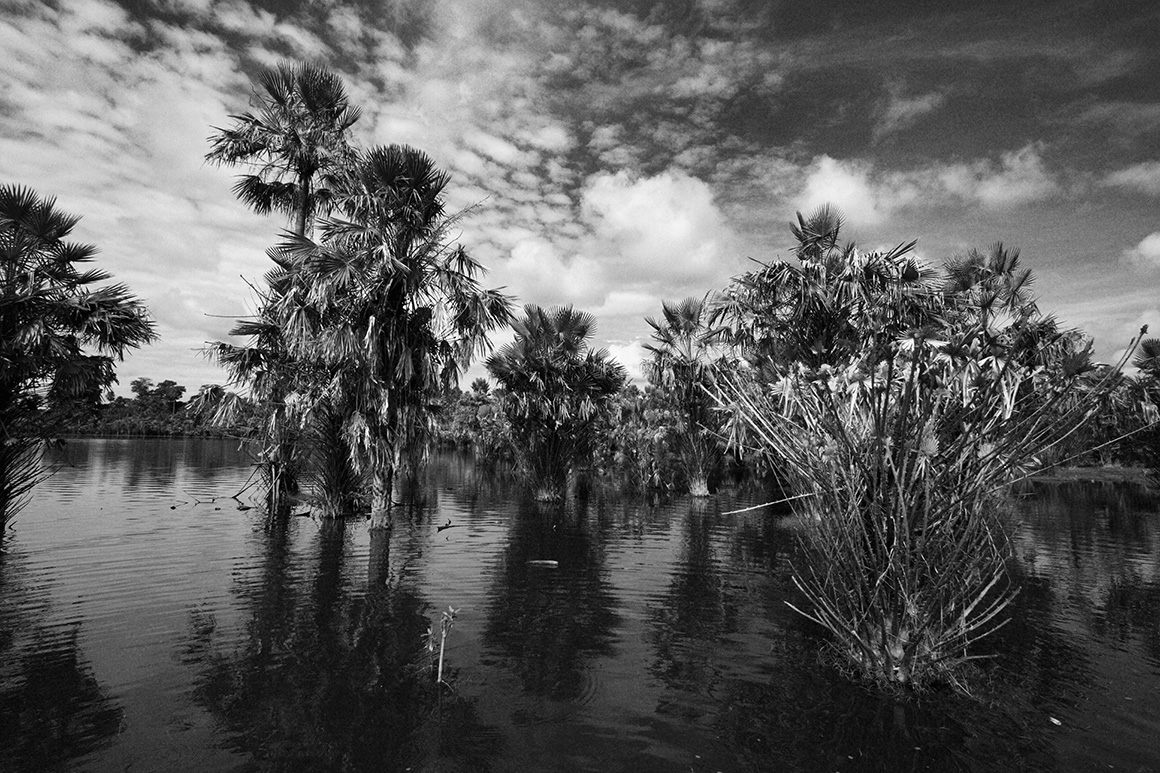



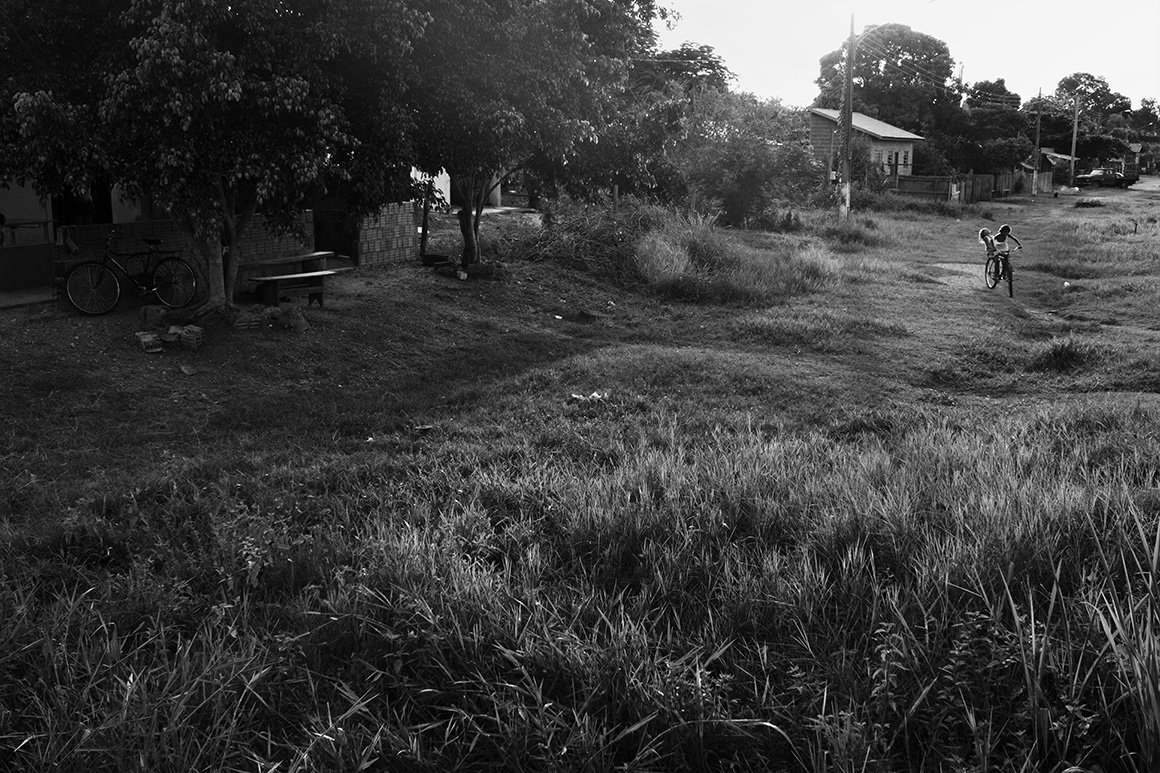
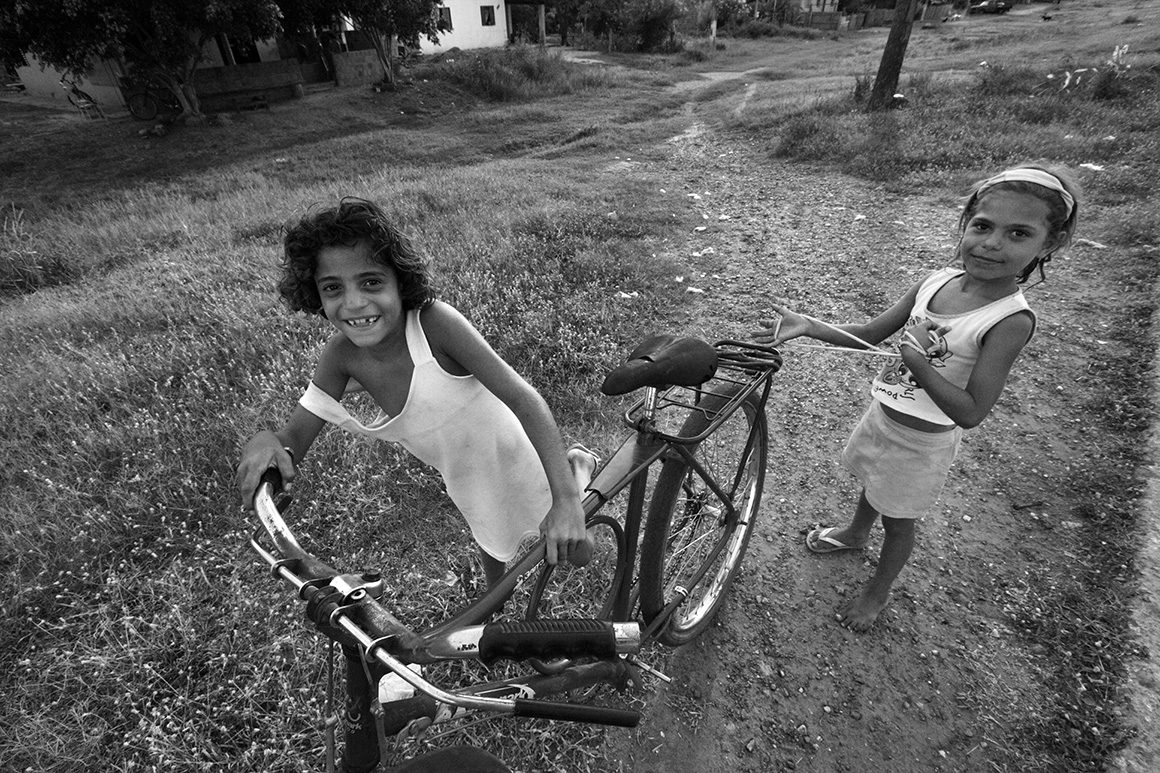




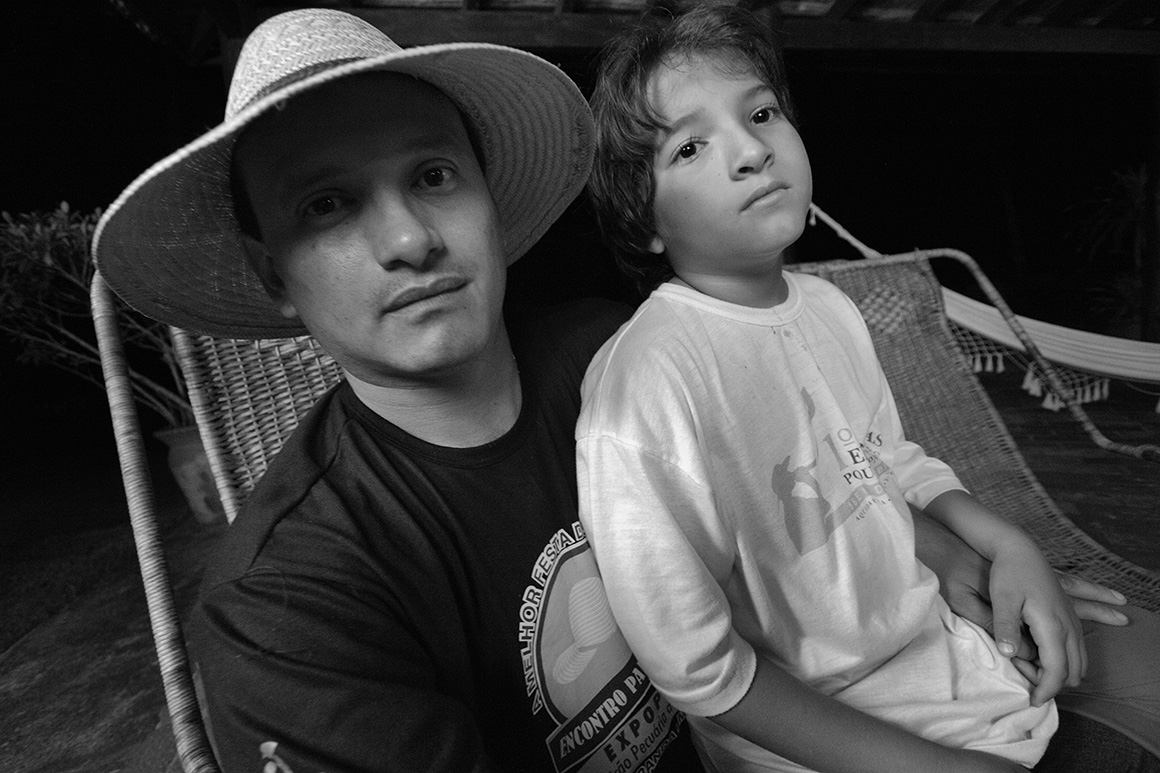
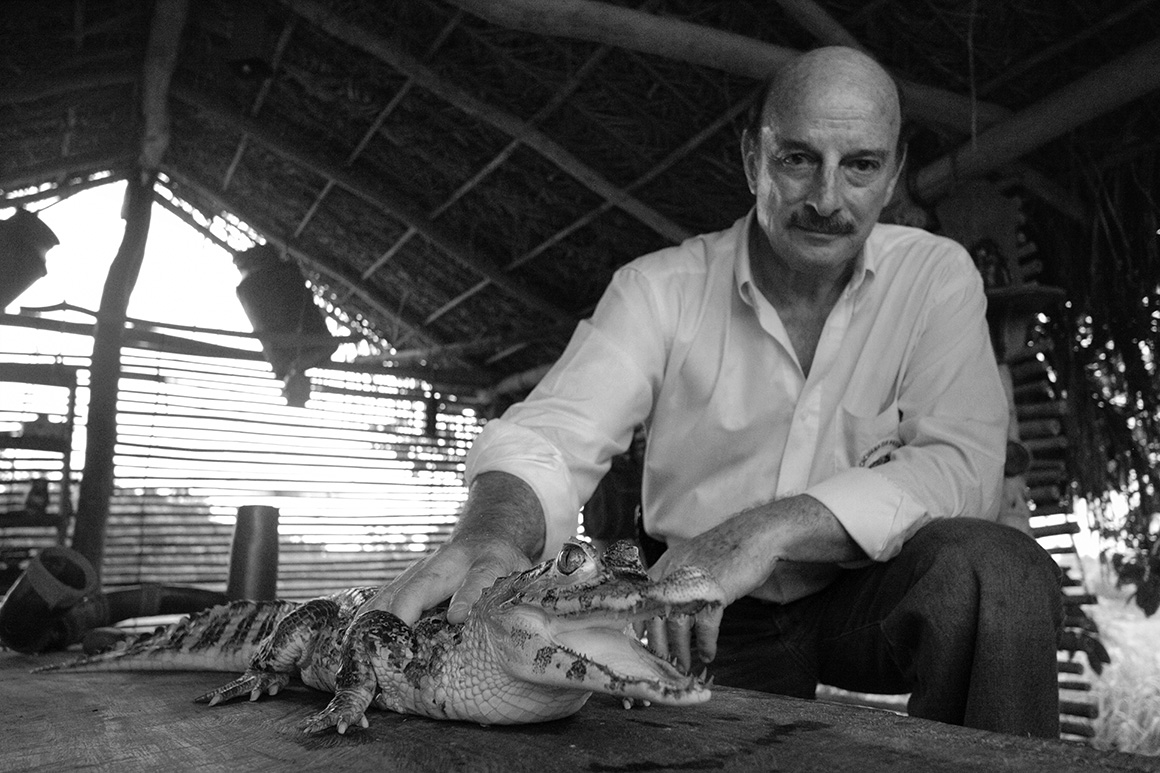
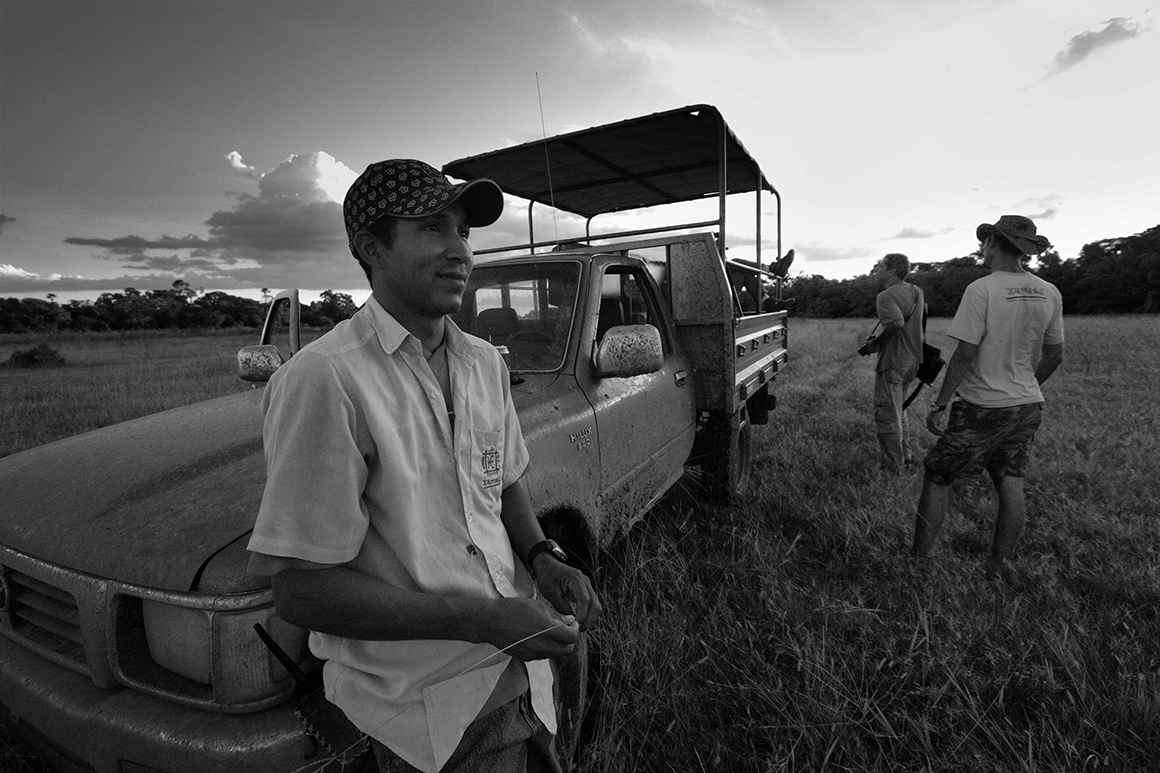
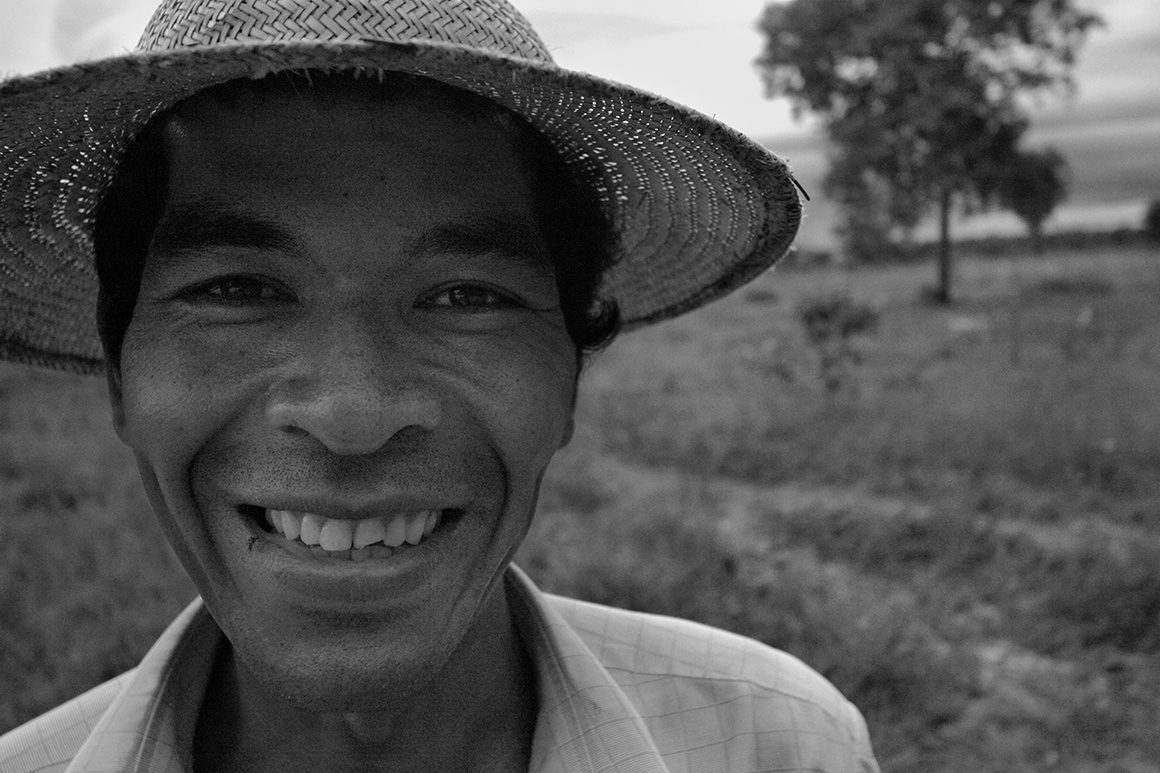
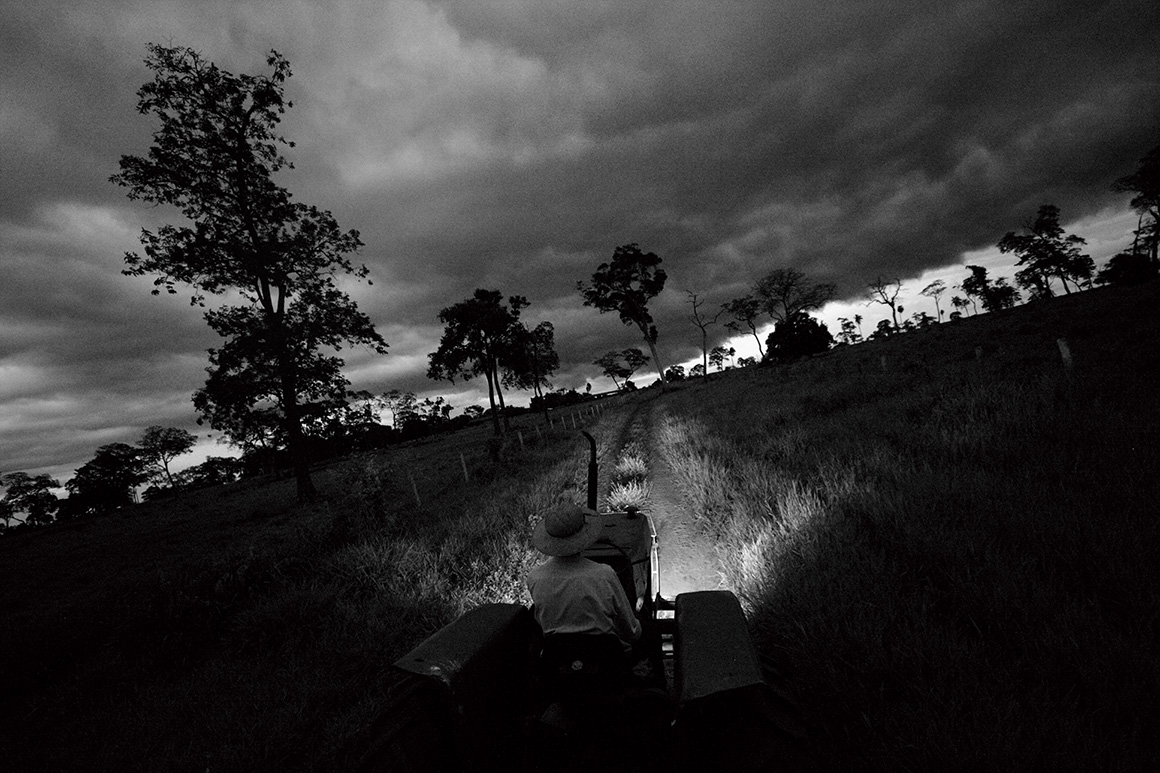

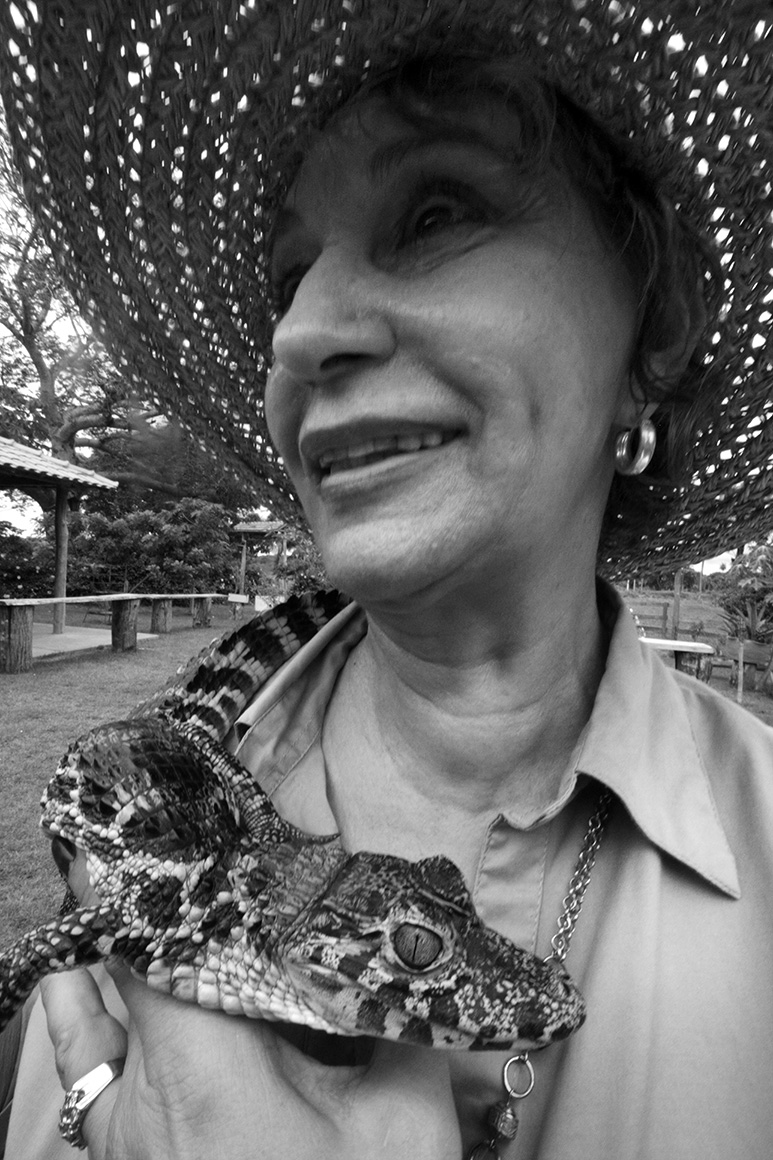
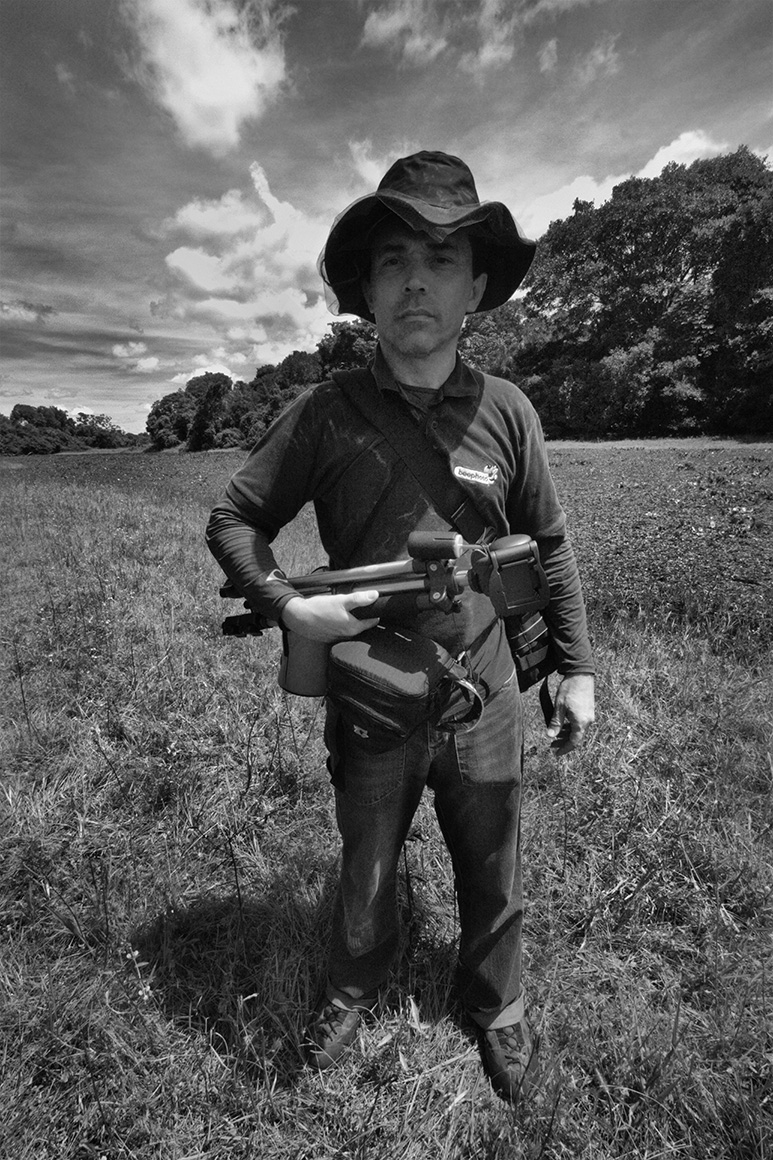

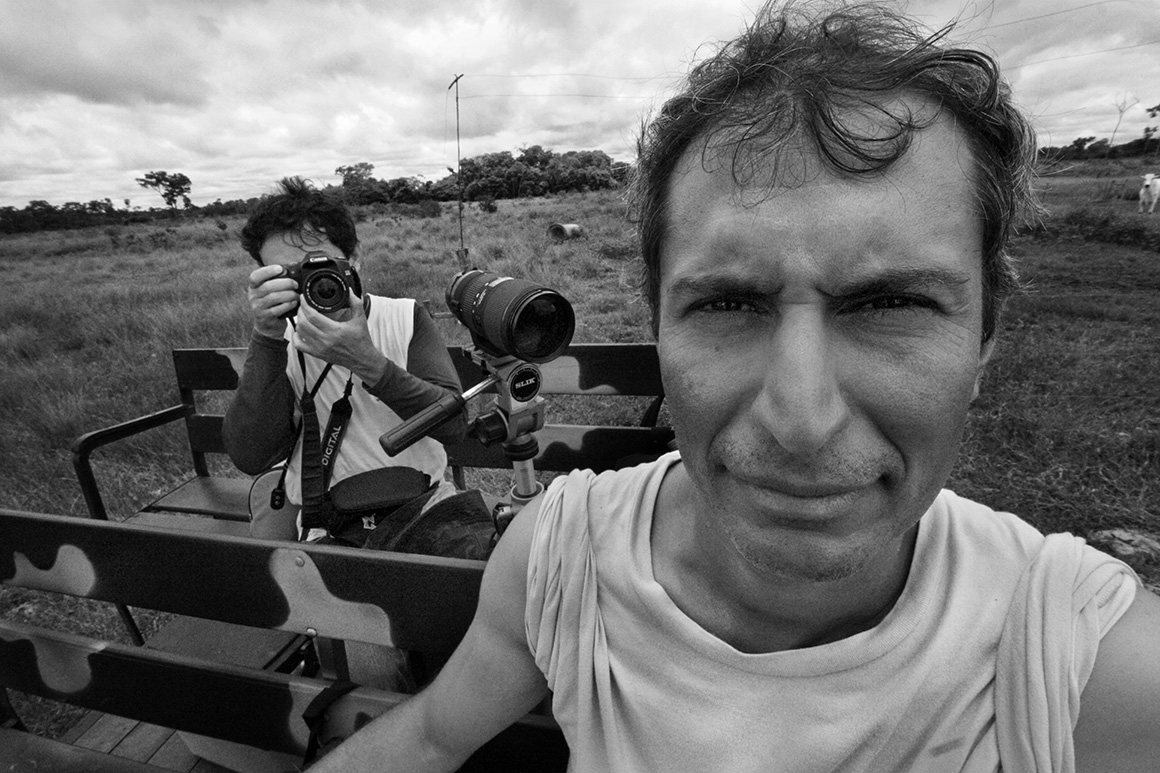
The fifth part: Sao Paulo
Sao Paulo was established by Jesuits in 1544. As few European women were willing to come to this arduous plateau, male colonists gradually got married with local Indian women, so that gave birth to a new race, the ancestors of the famous “pioneers” in Brazilian history.
Today, Sao Paulo has become the world’s fourth largest city. The vast industrial parks display its great development potential, whose scale and up-to-dateness are rare in the world. Numerous skyscrapers, exquisite departments and extremely luxurious mansion with spacious courtyards boast of the abundant fortune of the business tycoons of the city.
However, Sao Paulo also concentrates a large number of slums. A total of over 3 million poor people live in small broken houses built up with algams and wood boards, among which 2 million are “St. Paulers” (Paulista) and others are refugees from arid regions and immigrants as well as their offspring from destitute areas of northwest Brazil. Among the coloured races, there are about 600 thousand Japanese descendants, over 200 thousand Chinese emigants and over 100 thousand migrants from other Asian countries.
Sao Paulo develops at an astonishing speed in modern times. Apart from that, its charm also lies in the endless melting of the new and the old as well as the extrinsic and the intrinsic.
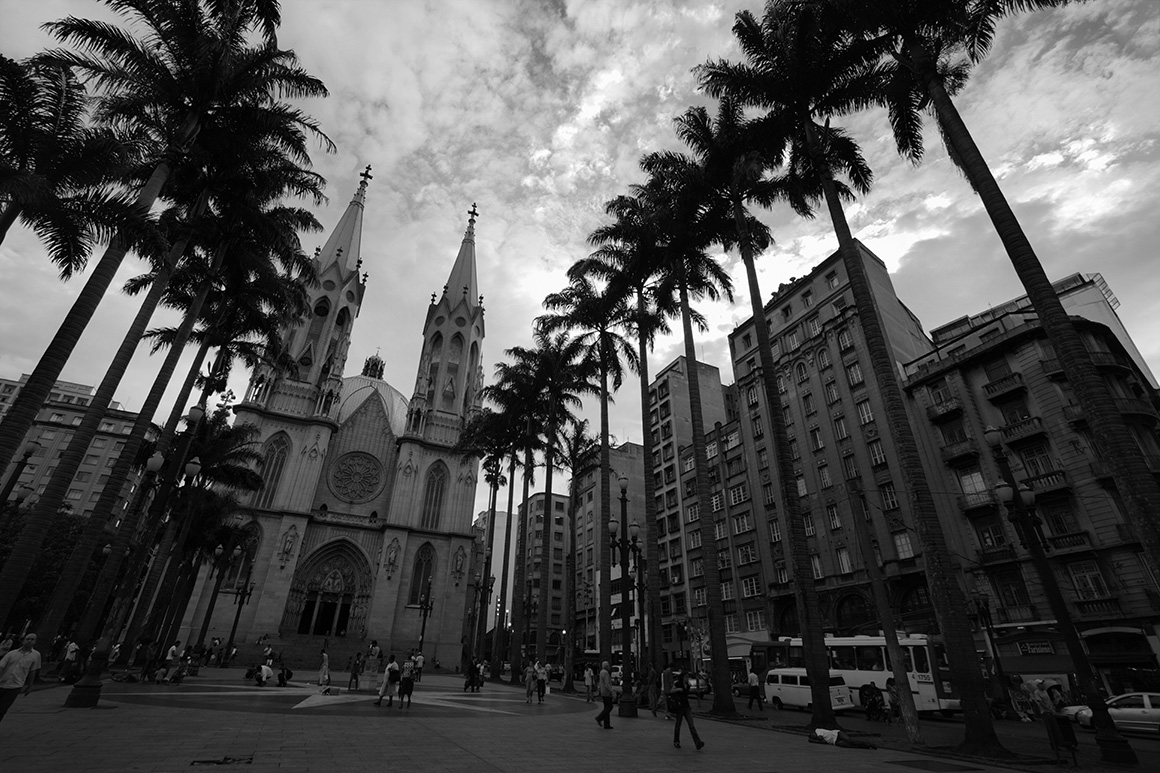
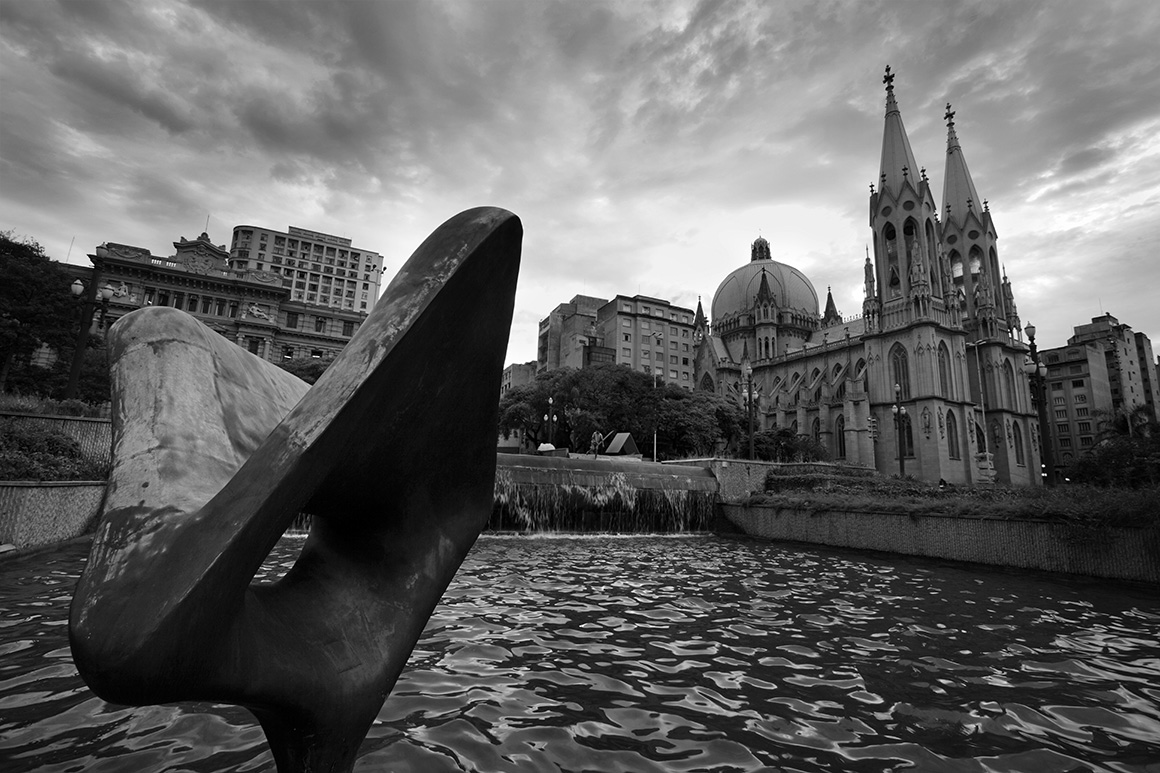


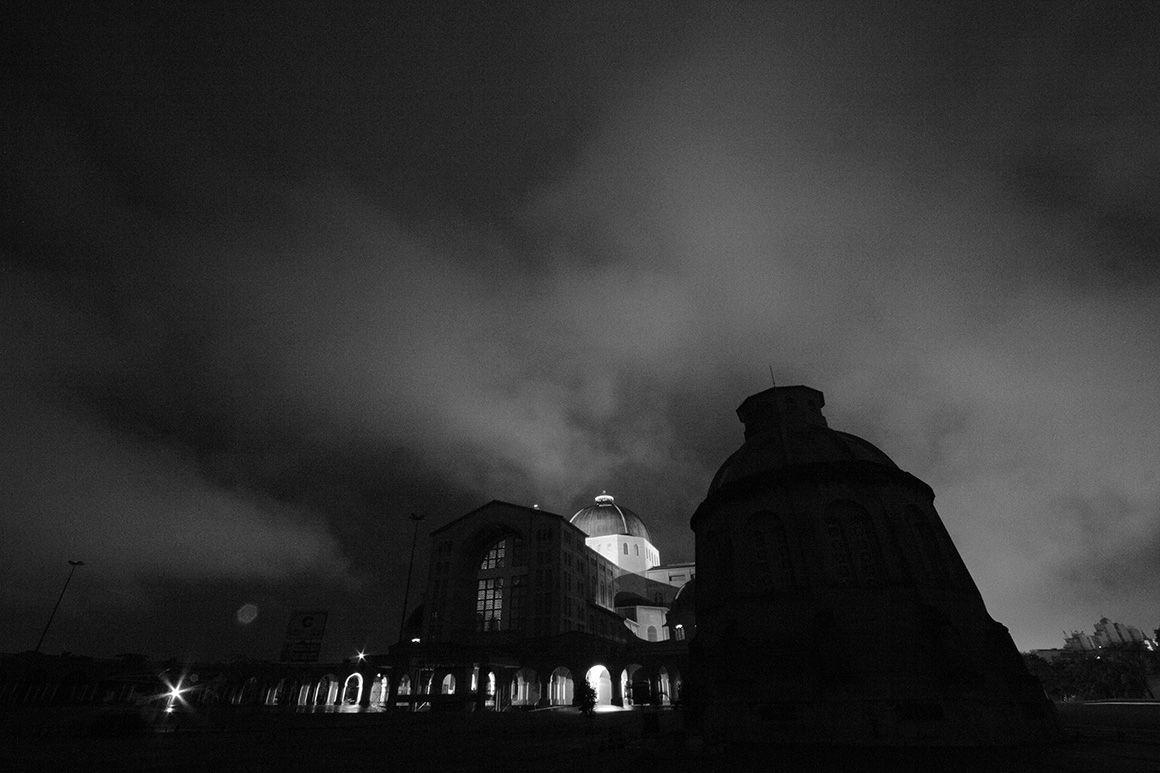
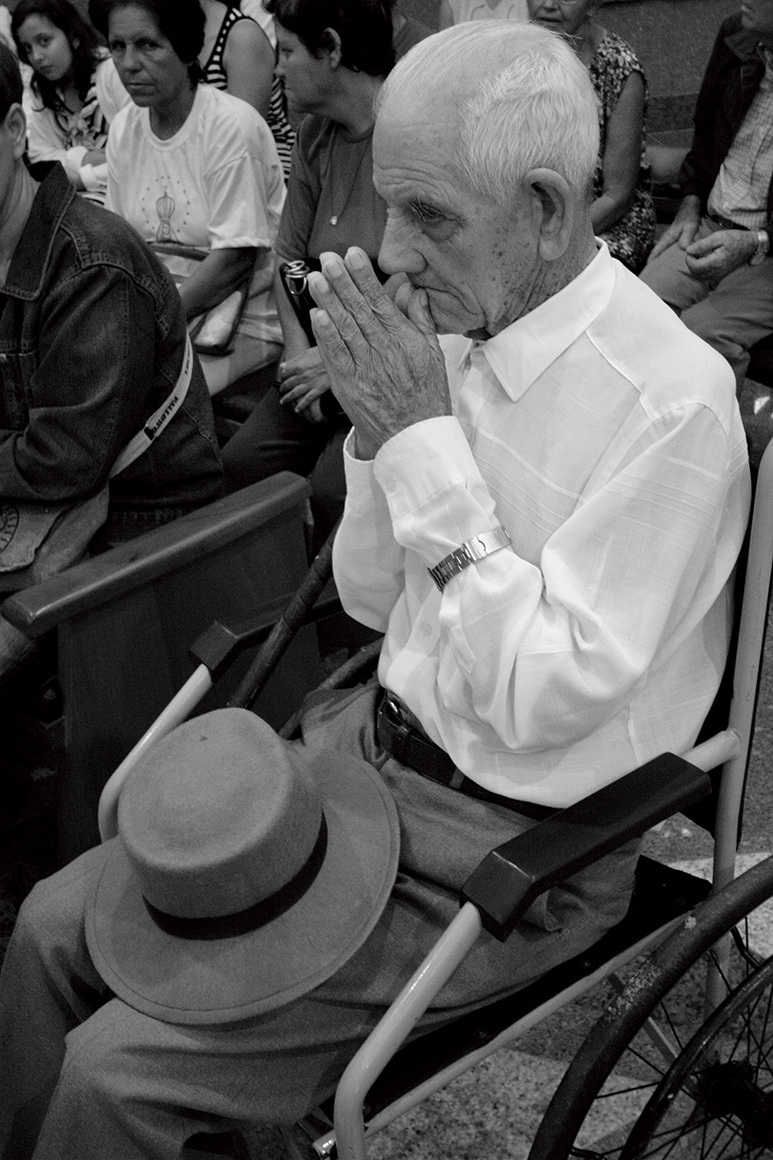
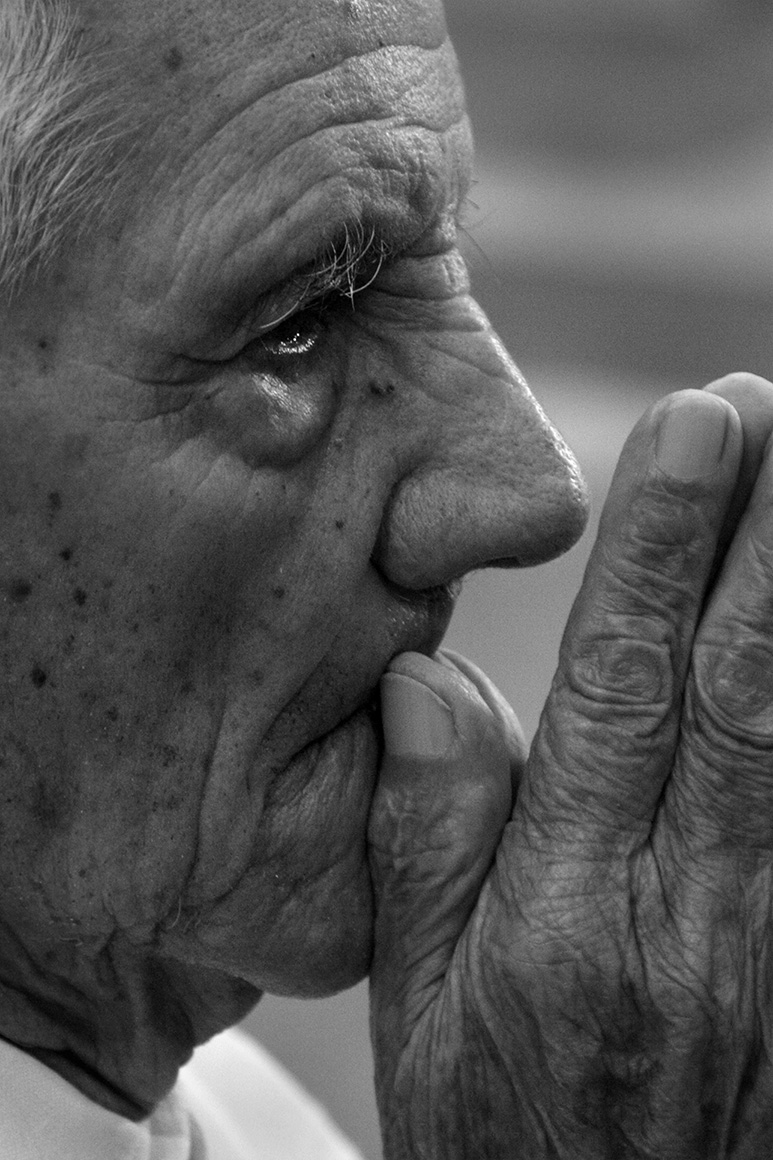

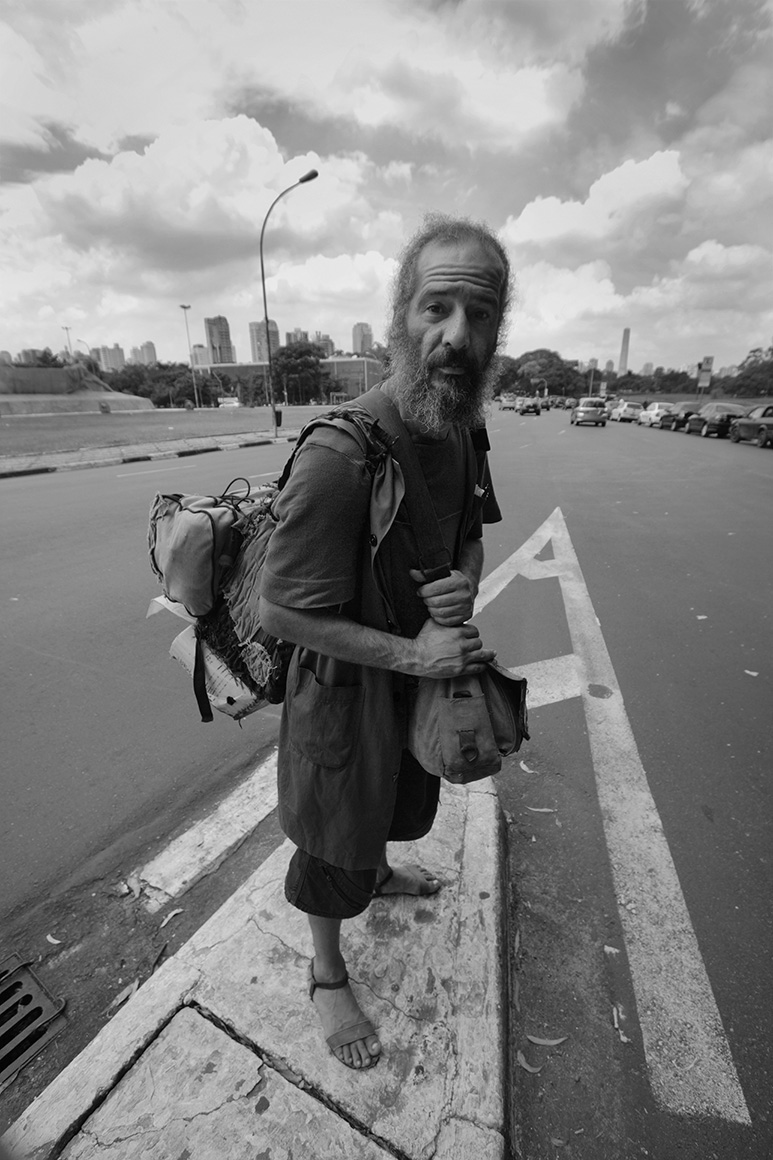


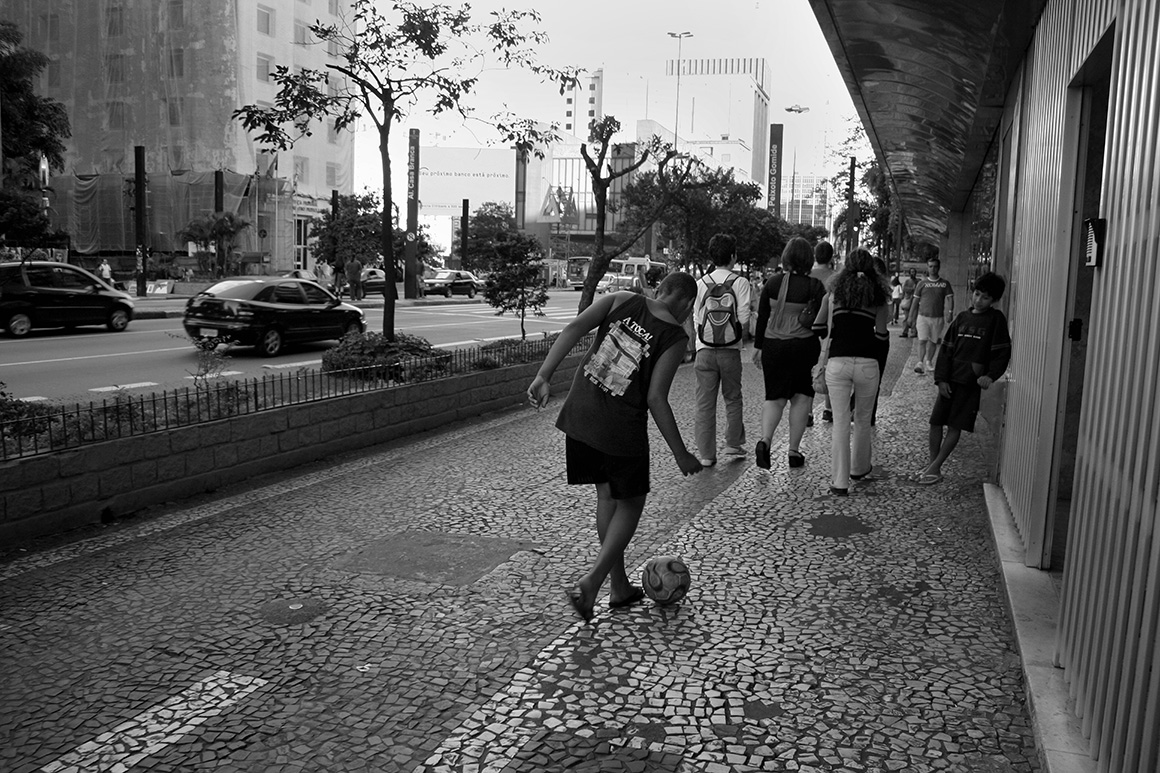
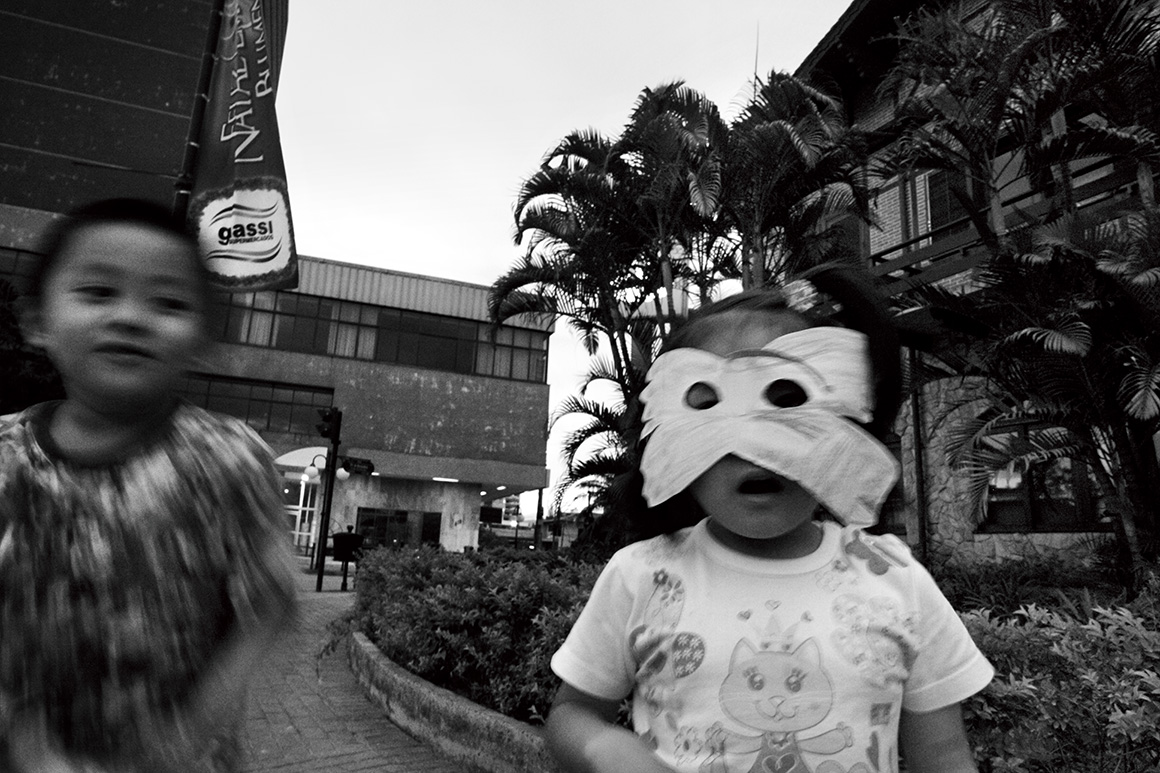
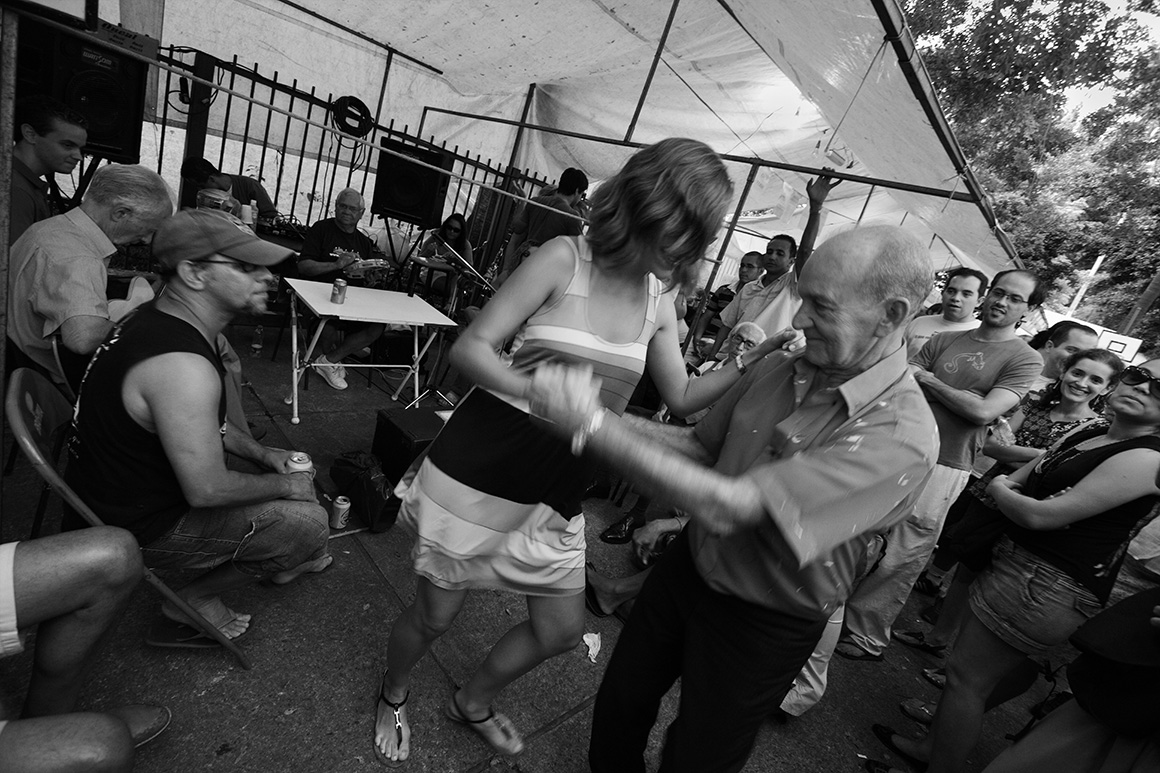
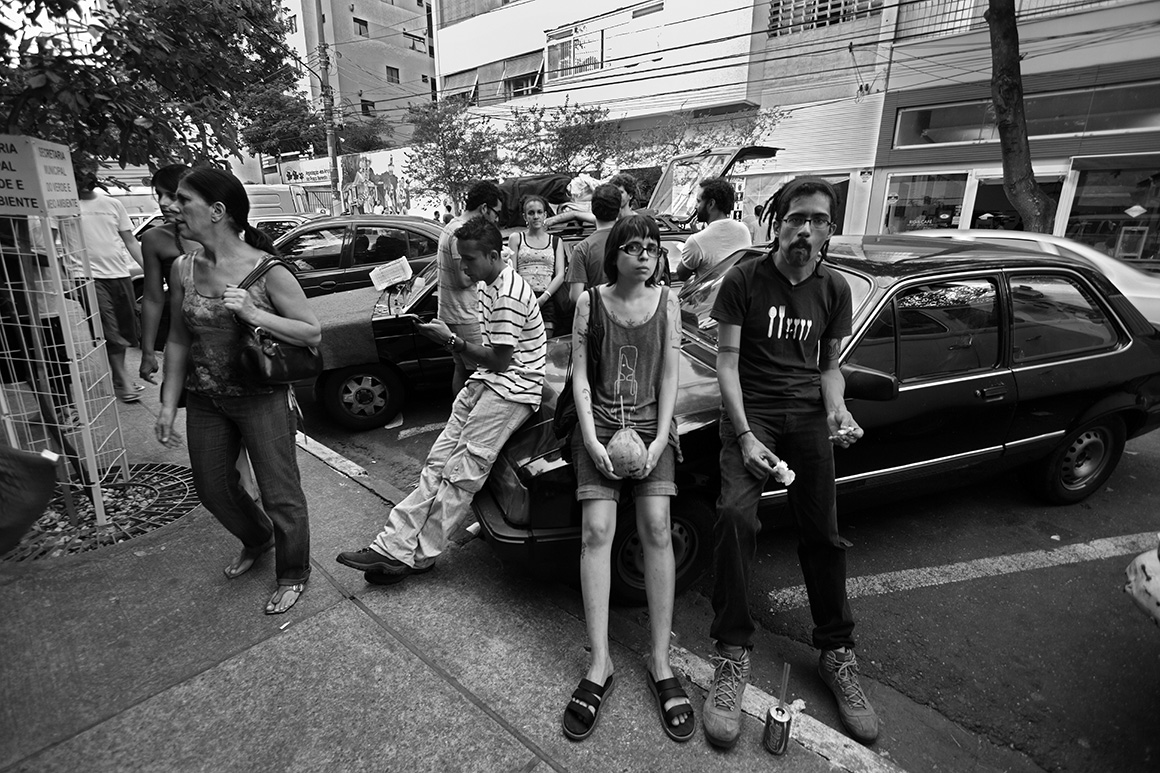
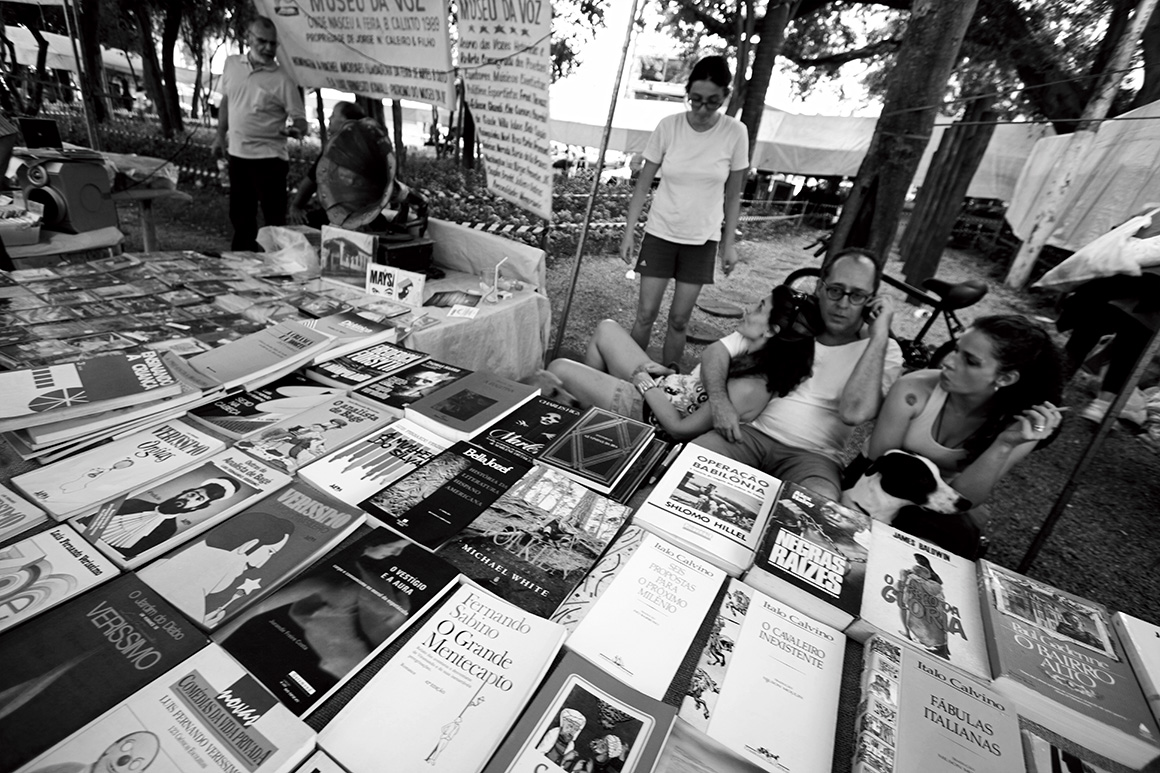
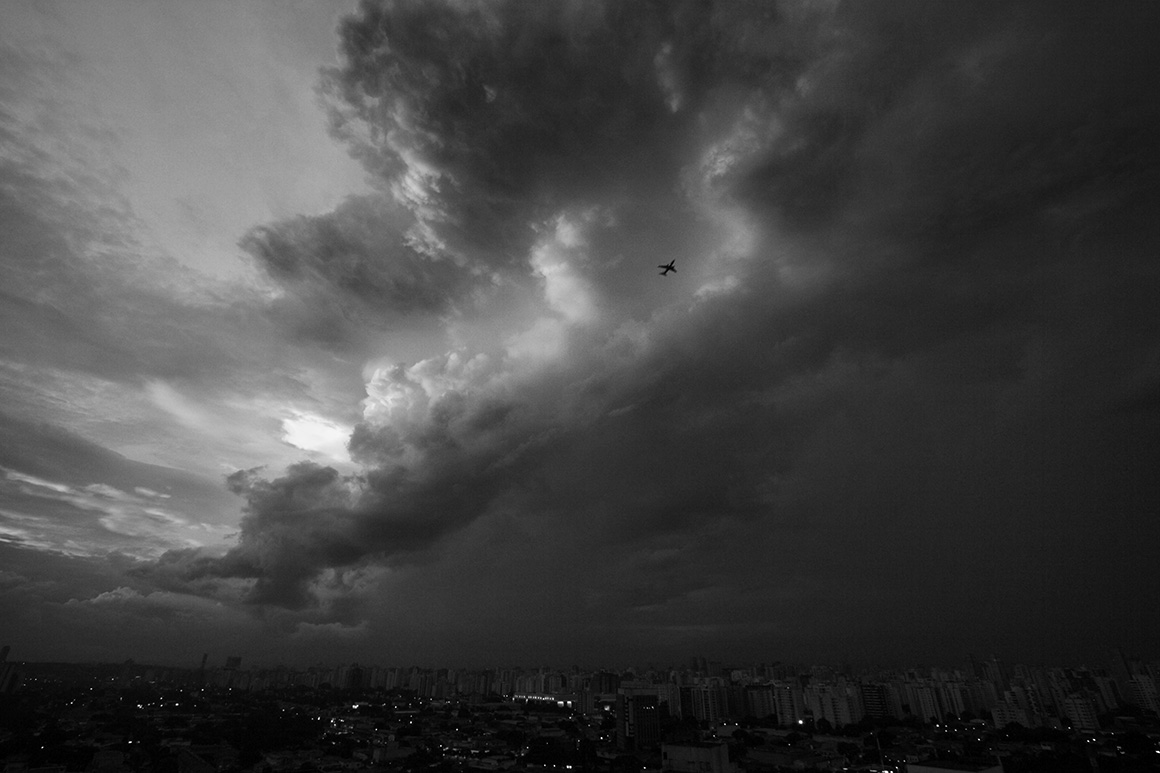
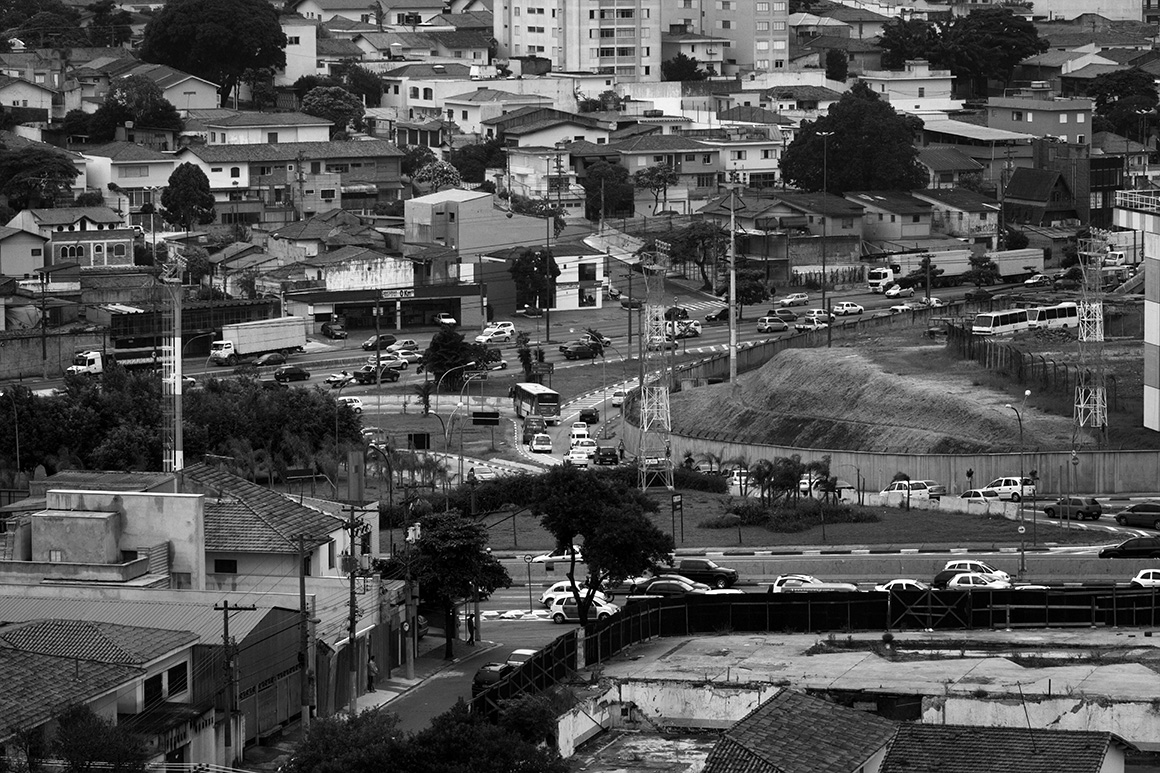
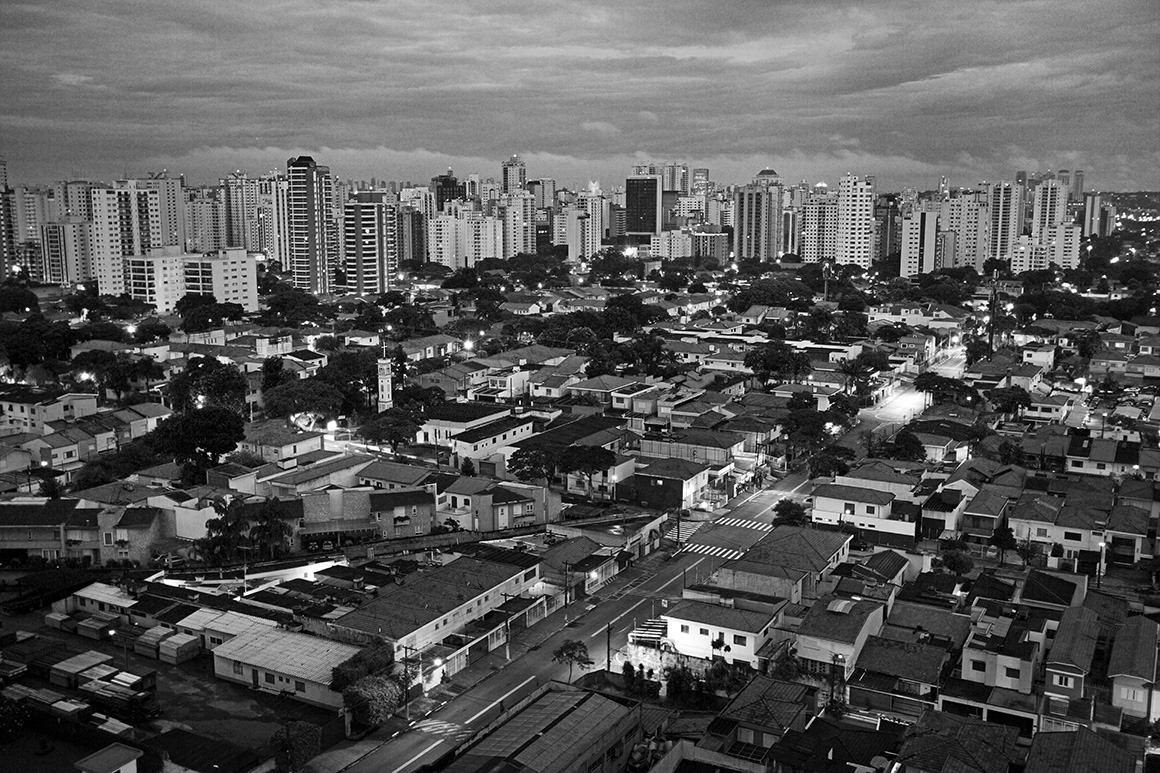
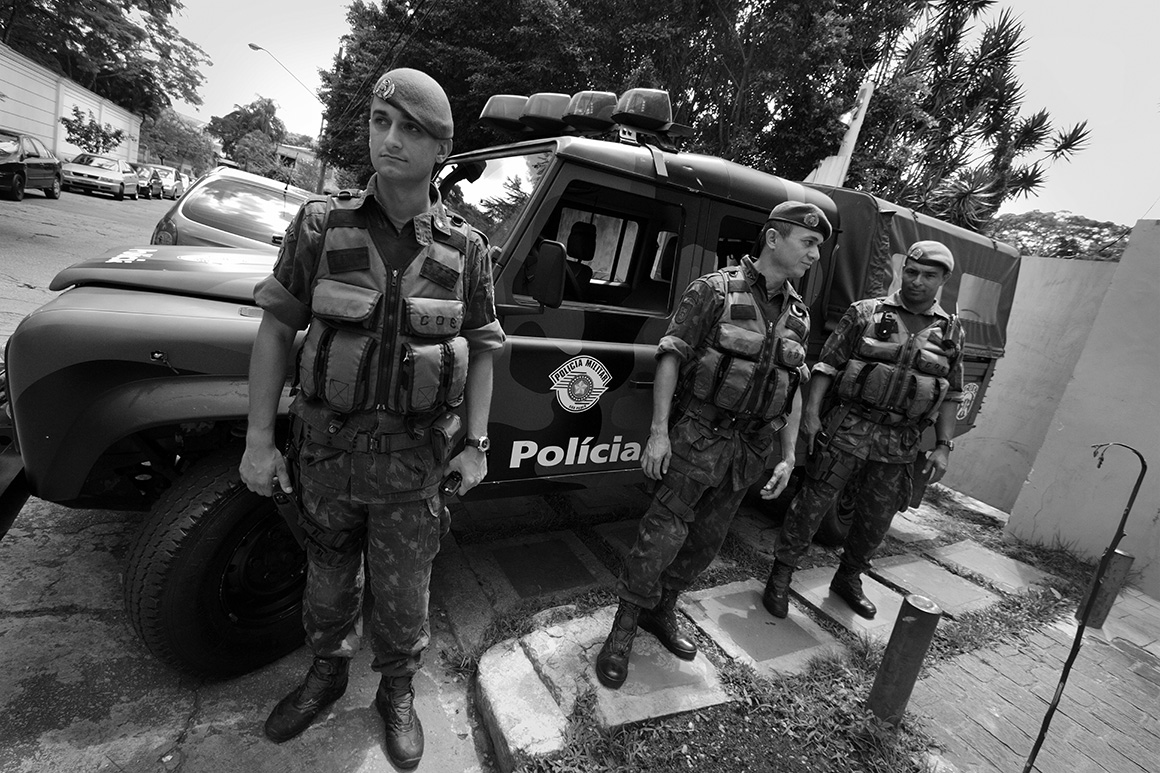

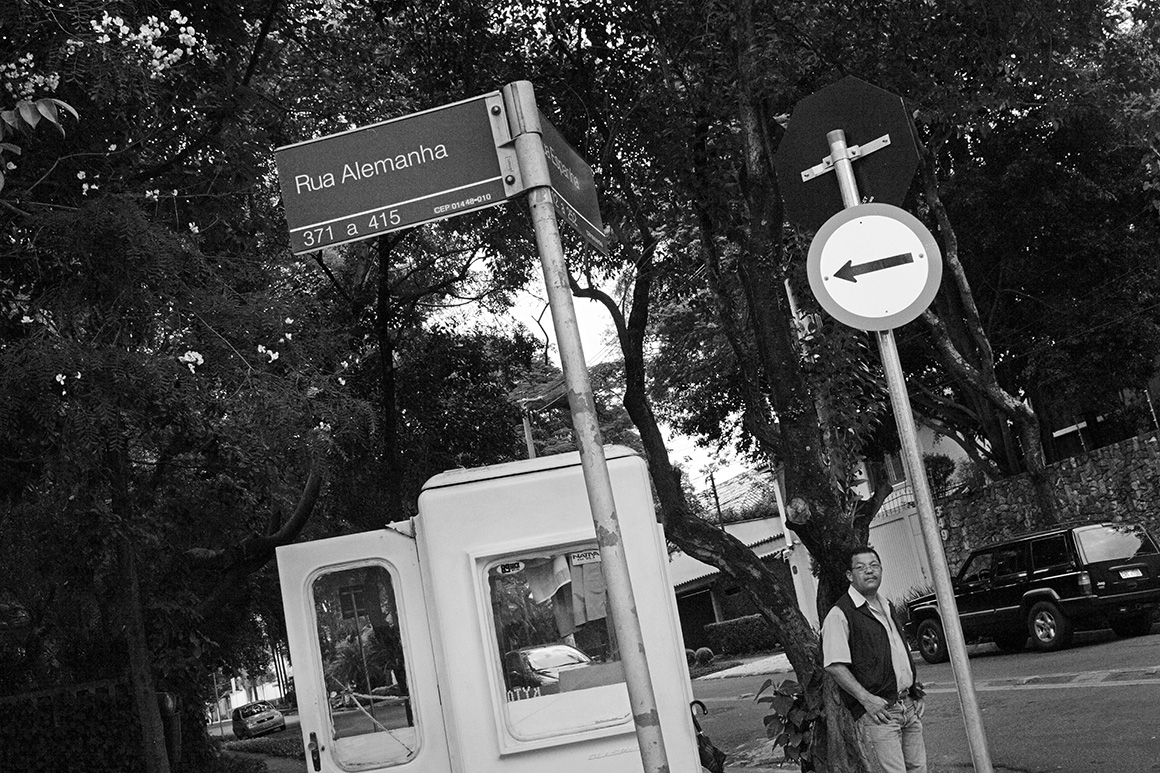
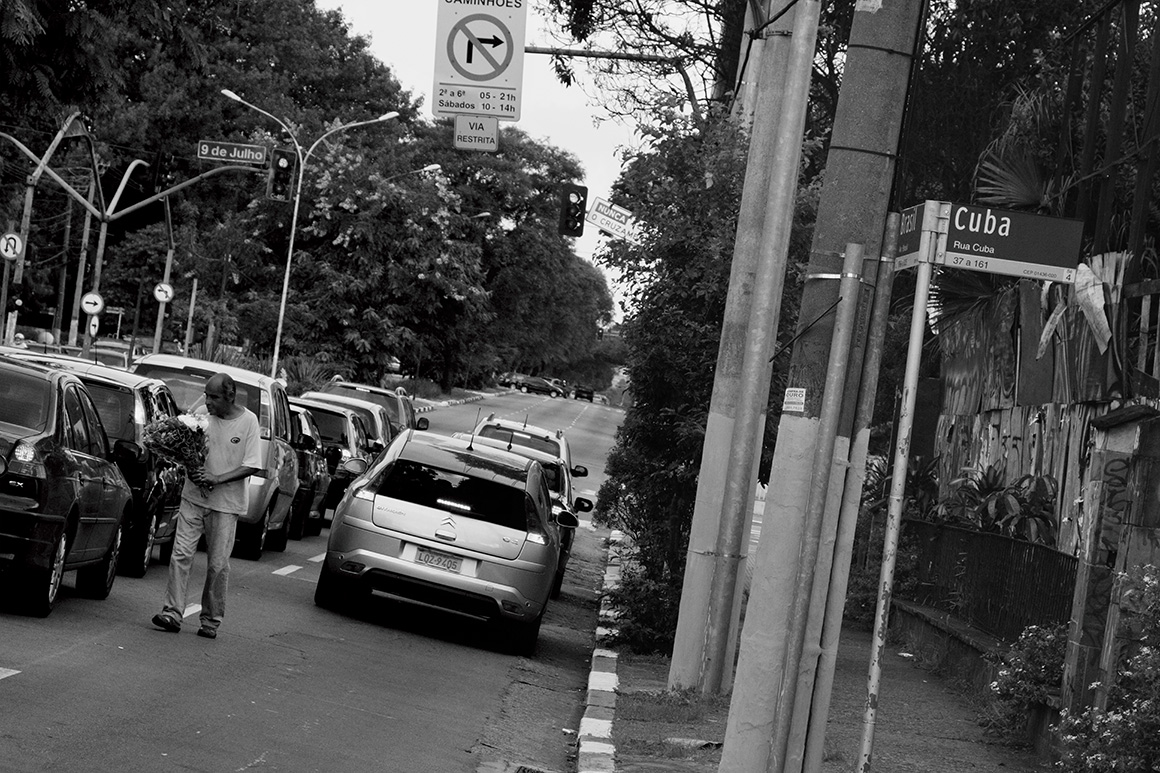

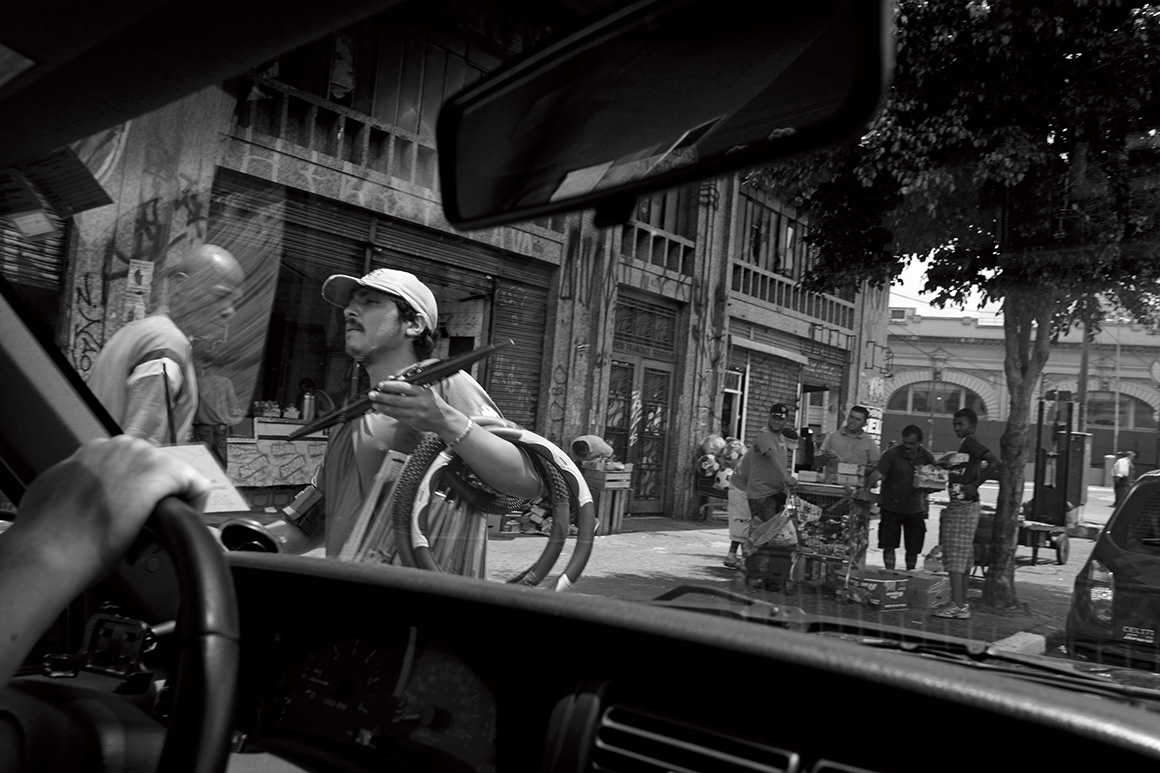

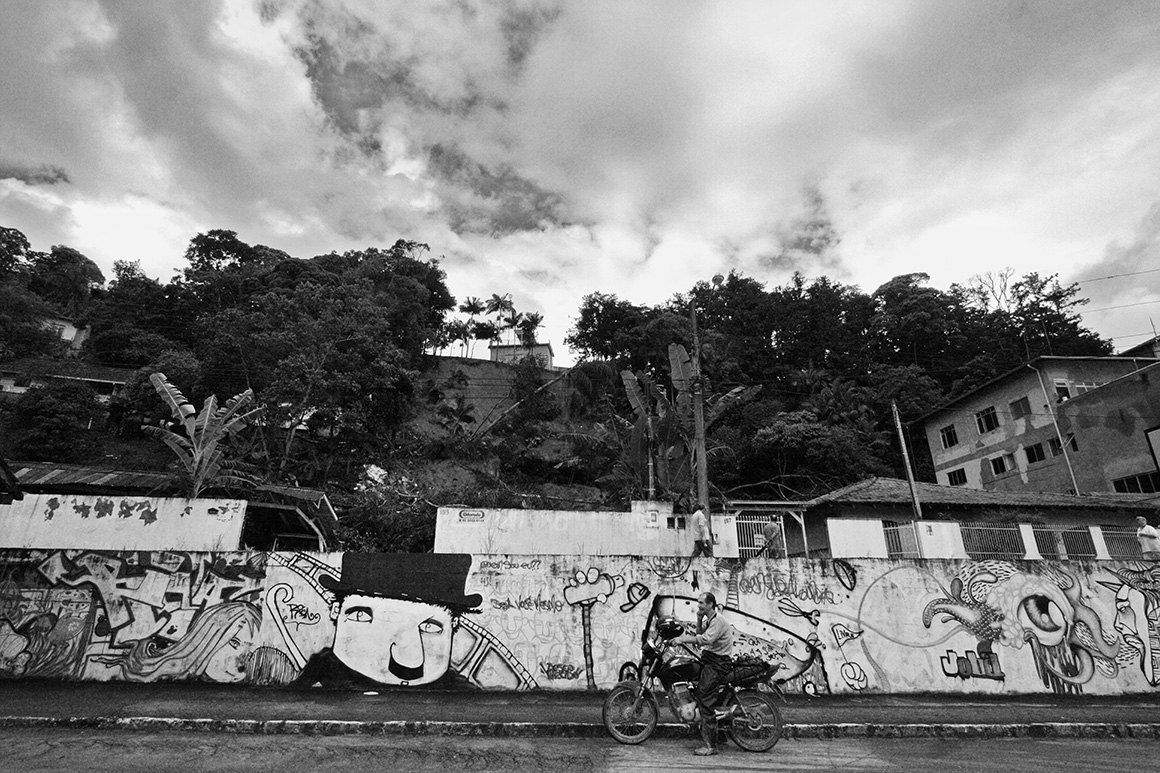

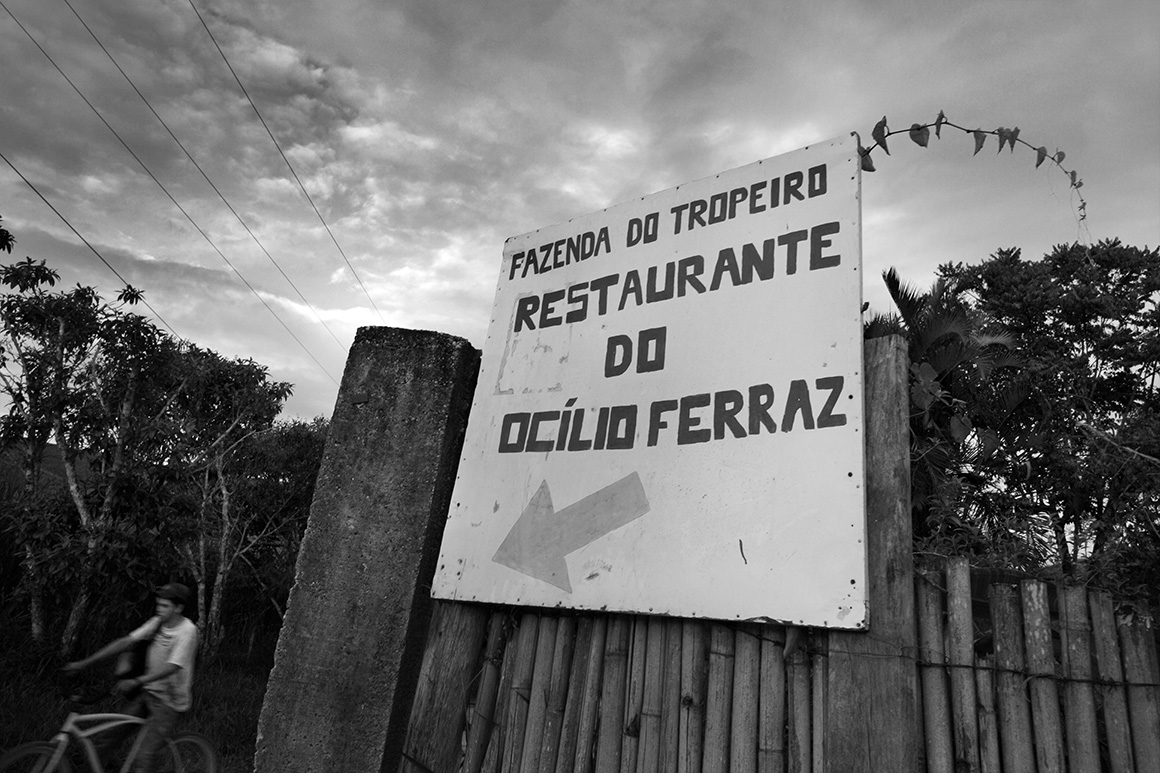



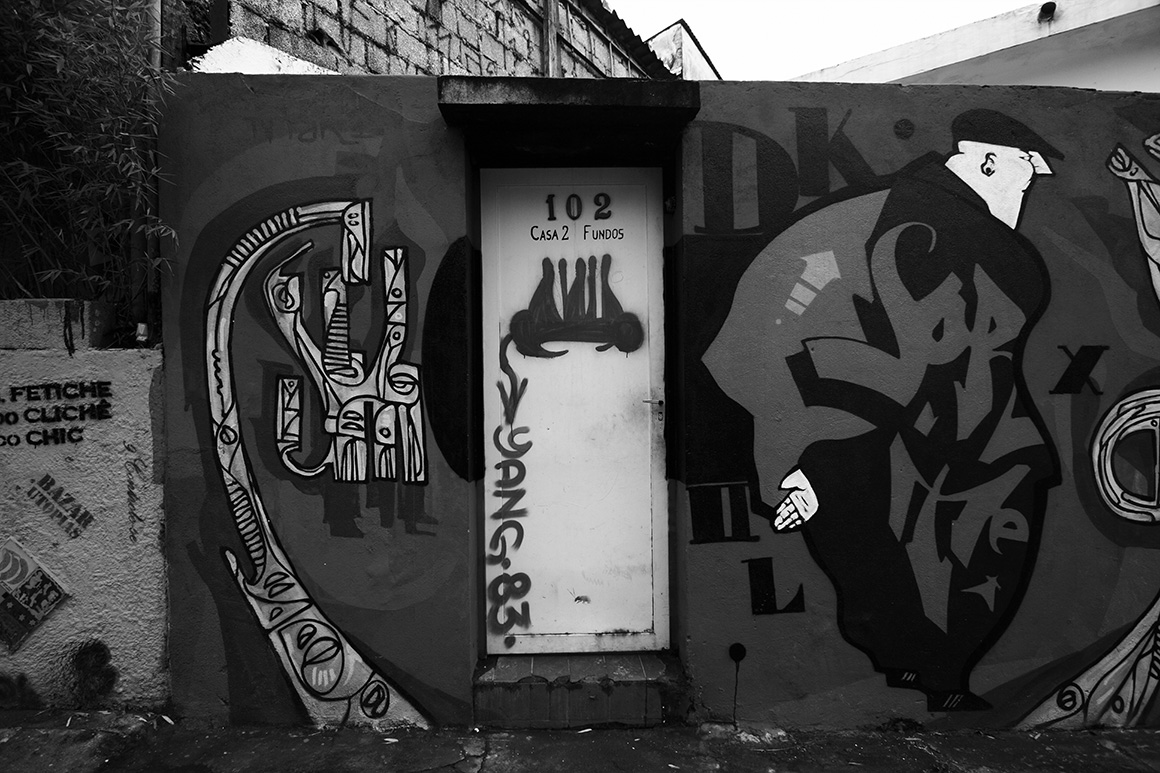
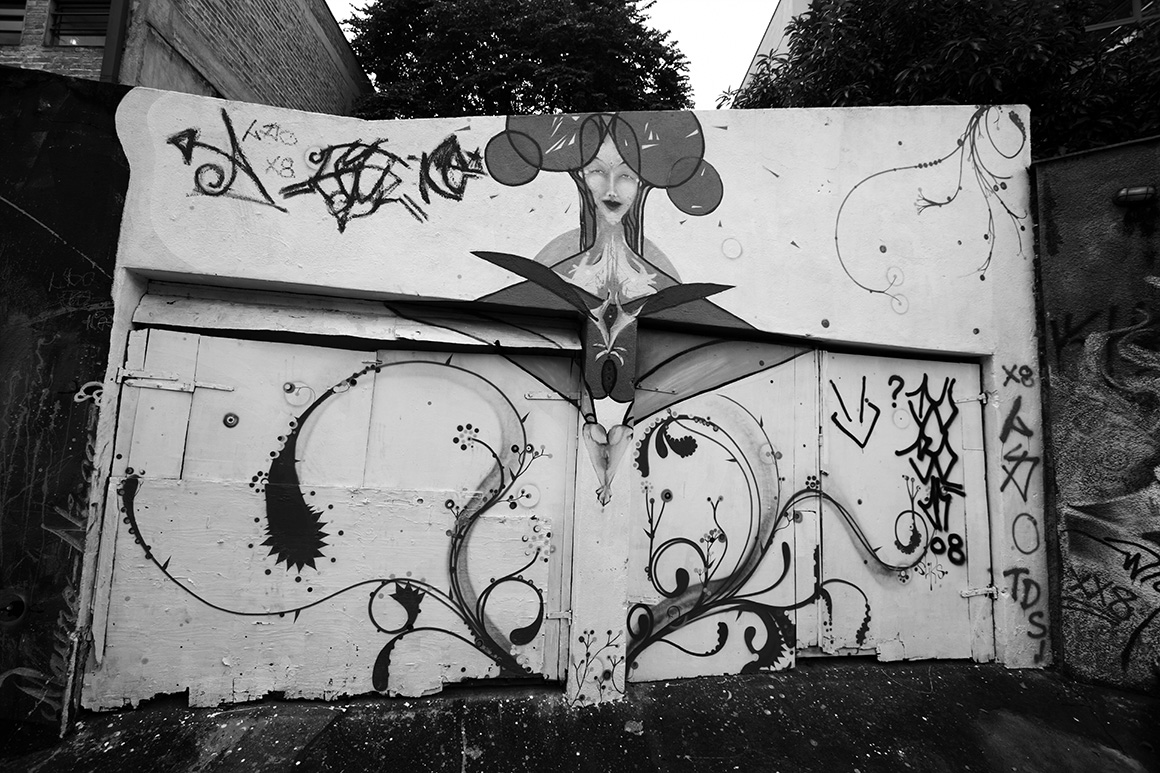
The sixth part: Immigration
There are no white people, black people or yellow people but Brazilian.
500 years ago, Pedro Álvares Cabral, a navigator, led the Portuguese fleet to South America accidentally, which symbolized the beginning of Portuguese conquest to Brazil. And in the 500 years afterwards, a series of dramatic transformations happened to Brazil. In the course of creating Brazil to its colonial country, Portuguese enslaved Indians, introduced a large number of African slaves and violently grabbed and at the same time gave birth to many half-breeds who brought independence of Brazil with their state awareness acquired afterwards.
After slavery was abolished in Brazil in 1888, shortage of labors became a serious problem for coffee industry development, which directly triggered large-scale immigration. Brazilian historians regard the foreigners including Portuguese who came to Brazil after 1808 as immigrants. In 1808, 658 Chinese tea growers came to Rio de Janeiro from Macao and Guangzhou. In 1818, 1,682 Swiss immigrated to Nova Friburgo of Rio de Janeiro. In 1824, the first German immigrants came to Brazil. In 1875, Italians immigrated to and settled in the south of Brazil. In 1908, the first Japanese immigrants landed at Porto de Santos. Later, immigrants from over 70 countries, including Spain, France, Netherlands, Turkey, Poland, Hungary, Czech, Russia, Syria, Lebanon, Saudi Arabia, Korea, Argentina, Paraguay, Uruguay, Bolivia, Peru, Chile, East Africa, Africa, Angola, and Mozambique, came to Brazil.
Immigration plays a significant role in culture formation and diplomatic activities of Brazil. Since the late nineteenth century, Brazilians have “began to resort to diplomacy rather than force to settle its territorial dispute in South America” in the course of defending and expanding its territory. By this means, Brazil successively settled border disputes with Uruguay, Paraguay, Argentina, Bolivia, Peru, Venezuela, Colombia and French Guiana as well as navigation issues of Amazon River and Labrador River. Easy settlement of these complex disputes owes to the “immigrant aid” embedded in Brazilian diplomacy.
When cultures of Indians, Portuguese and African Blacks met, they melted while conflicted, which formed the rudiment of Brazilian culture. The entry of numerous immigrants made the Brazilian society more open and the cultural ingredients more complex. These cultures further melted in conflicts through production activities and other social activities and formed present Brazilian culture.
After Portugal occupied Brazil, the original social formation of “clan communalism” of Brazil Indians was changed. Portuguese colonists destroyed the Indian society in two ways. Firstly, they sharply decreased the population of Indians through wars, enslavement and contagion of diseases from Europe. Secondly, Jesuits missionized the Indians to have them convert to western civilization. While the colonists destroyed Indian culture and changed them to labor forces, the traditional Indian culture partly melted into Brazilian society which took Portuguese culture as the mainstream culture as well. As half-breeds of white people and Indians became an important component of Brazilian population, Brazil began to acknowledge the social organizations, languages, beliefs and traditions of Indians in constitution issued in 1988.
The “introduction” of black has a significantly historical influence on formation and development of Brazilian culture. From 1550 to 1855, about 4 million black slaves were sold to Brazil and most of them were male. At that time Brazil, in its sugar period and mining period, needed a large number of labors so that sugarcane was even called as “slave crop”. Black slaves replaced Indians to become major labors of Brazilian society. Meanwhile, black slaves brought their dietary habits, religious beliefs, music and dance as well as technologies of crop planting and mineral mining to Brazil. Black women undertook the household chores of white families and played a role of wet nurse, which directly favored the communication and melting of cultures.
